Polished Western; Women's Fashion Trend
This Womenswear trend is inspired by the Wild West, but levelled up to a high end finish….
I love looking through fashion trend reports and observing cultural trends to create fashion looks for each season. This look is for Women’s fashion - both commercial and high end - and it’s for Autumn (Fall!)/ Winter.
I've called this trend 'Polished Western', because it takes inspiration from Western classics but without the grungy aspect that you might expect - no torn edges or fringing here! Instead, light layers with lots of volume are mixed with shrunken, short jackets in leathers and dark denims. Prairie style dresses with layers, gathers and shirring details are also key.
I called this 'Polished' Western because it uses clean lines, refined finishes and premium fabrics. The denim style is key, it doesn't have abrasions like you might expect, but instead is free from any wash effects or sandblasting, giving it an elevated look.
I think this could work for all markets and can be adapted to suit different budgets and retail price points. I'd love to see this with high end tencels and ethical leather personally, but I think there are ways to make this look more commercial and main stream too.
I hope you like this trend as much as I do and feel inspired to create your collection! If you're looking for trend information, or design ideas but don't know where to start, I'd love to work with you on this and have limited spaces for working with clients 1-on-1. You can see the full range of services I provide here, or you can get in touch for more info, here.
I hate spam too - if you sign up to this email list, your details won't be sold or leased to anyone else. I will email you from time to time with helpful content and occasional offers, which you can unsubscribe from at any time.
Country Set; Women's Fashion Trend
This Womenswear trend is inspired by the English countryside….
'Country Set' is very much an English term (I think!) and refers to a group of people who live in the countryside and have a certain style about them. Think Hunter Wellingtons (gum boots!), Kate Middleton in her Norfolk home, Country estates and super-cute spaniels. In terms of fashion, for this Autumn/Winter we're seeing this look moving into the city too.
A key item for this trend is a parka or anorak, usually in a green shade and worn with a patterned jumper or shirt dress. Equestrian styling is also used, particularly in the trousers (slim fit and high waisted with piped pockets) and also prints; there's lots of Gucci style chain prints around for this season.
The bomber jacket is back with an update; heavy quilting and embroidered logos feature on new season styles. There's even the addition of a hood in some cases too.
In terms of prints, checks feature here alongside the chain references and also a lot of scarf prints, where multiple styles are used within one design. For the scarf prints, keep the colour palette the same and play with motifs and scale, to avoid too much overload.
I really hope you like this trend! I live in the countryside and see this look all the time (and yes, I do have a spaniel!), so it's exciting to see it coming into the mainstream. What do you think of this look?
I hope you like this trend as much as I do and feel inspired to create your collection! If you're looking for trend information, or design ideas but don't know where to start, I'd love to work with you on this and have limited spaces for working with clients 1-on-1. You can see the full range of services I provide here, or you can get in touch for more info, here.
I hate spam too - if you sign up to this email list, your details won't be sold or leased to anyone else. I will email you from time to time with helpful content and occasional offers, which you can unsubscribe from at any time.
SS19 Women's Trend Board; Nu Botanicals
This moodboard is a little different to the others I’ve shared so far, it’s more abstract and closer to those used by high end designers.
This trend board is a little bit different than some of the previous ones I’ve shared, as it's more artistic in style and very much open to interpretation. I know a lot of you reading are new to the industry and may not know that this type of board is often what high end designers use - they start their creative direction by looking at something completely unrelated to fashion. It helps them to push themselves to be more creative and avoid referencing other designers. By working this way, a brand can create their own signature look, rather than being influenced by everyone else.
Personally, I love this way of working and it's definitely how I prefer to work, but most commercial brands reference other designers and create moodboards similar to the ones I've shown previously. If you're interested in learning more about how brands work, there's a whole module on design in my Fashion Startup Online Course. You can read more about that by clicking here.
This trend is about botanics and mixes microscopic cell references with vintage style botanical illustrations. I love this mix and find it so inspiring - it gives so many options for design and I love the idea of mixing different fabrics and textures. For example, super light chiffons, glossy silk satins mixed with heavy beading and sequin details. Pleats, ruffles and folds too.
Because of all the detail, I think this would suit high end Women's clothing best. I think to do this well you need to have some luxury in the fabrics and finish.
I'd love to know what you guys think of this trend and how you would use it. I'm excited to share my take on it with you soon as well.
As always, I'm keen to hear your ideas for trends or products that you'd like to see ideas for in the future.
Working Further Ahead?
Many brands I'm working with are already developing their collections for SS2020 and AW 20/21. If you've already finished 2019 and want more insight on future trends, or want to know how to interpret trends for your own brand and customer, I'd love to work with you on this. I have limited spaces for working with clients 1-on-1. You can see the full range of services I provide here, or you can get in touch for more info, here.
I hate spam too - if you sign up to this email list, your details won't be sold or leased to anyone else. I will email you from time to time with helpful content and occasional offers, which you can unsubscribe from at any time.
How to Start a Sustainable Clothing Line
In this blog post I share my tips for starting a sustainable clothing brand….
I’ve been a conscious consumer myself for years and an ethical shopper, so I’m delighted to see so many new brands wanting to work sustainably. In this post I wanted to share some of my top tips for starting a sustainable fashion business. As well as the befits for the earth, a sustainable business model can actually save you money too.
If you’re serious about starting a sustainable brand, you can also register free for my ‘How to Start a Sustainable Clothing Line’ Masterclass by clicking here. This will give you an overview of steps that all sustainable brands need to take in order to launch and be successful.
In this post, I'll be covering my tips for starting an eco-friendly line specifically. I've worked with around 50 (maybe even 75....) sustainable clothing lines and these are the things new brands have found most useful to know.
Sustainable and Ethical are different things
Many people put sustainable and ethical in the same category and although they’re often seen together, they are different things. Sustainable refers to a brands impact on the environment, while ethical relates to the health and wellbeing of any people and animals involved in the production process. Products using materials like leather, wool, silk, angora and alpaca have ethical considerations, with people having different views on this. Some people are vegan and wouldn’t buy these products, while others may be willing to buy as long as good animal welfare can be assured.
It’s important to define what sustainable and/or ethical means to you and have this as a core part of your brand identity and philosophy. A sustainable brand will never please everyone - at the moment there’s not a way of producing a 100% sustainable product, when you consider emissions, raw materials and everything that goes into a product (although, with technology advancing as it is, I hope that we will see a 100% option in the near future). Because of this, it’s important to clearly outline your mission, your views and beliefs, so that a customer can make an informed choice.
Sustainable refers to the whole business, not just the clothes
Creating an eco-friendly brand involves looking at the business as a whole - from the way you light your office, the way you send and receive goods and the materials and processes involved in your production. Customers are expecting brands to be sustainable, not just their clothing, so if you send their products to them wrapped in lots of plastic, they’ll most likely be left disappointed. Many sustainable clothing companies offset the carbon on their deliveries and use recycled packaging that is bio-degradable, for example. You can find more tips in this article.
There’s a lot of greenwashing happening
This one makes me really angry! As sustainable has become something of a buzz word, some brands and suppliers are using this term, even though their products are actually bad for the environment - this is called greenwashing. Savvy customers are always on the lookout for people who are greenwashing, hence why it’s especially important to be transparent.
Greenwashing makes it hard for you to verify your products, as you’ll often have to trust the supplier and what they’re saying is true. One way to ensure your fabrics are sustainable is to look out for recognised certifications, such as Oeko-Tex or GOTS (The Global Organic Textiles Standard). If you’re unsure if a certificate is genuine, or you don’t know what to look out for, you can contact these agencies directly to check against their database.
Consider the afterlife too
A truly sustainable company not only thinks about the production of the garment and the processes they use, but they also consider what happens to the garment when it’s no longer wearable. Of course, we want to make garments to last, but nothing lasts forever. By using entirely bio-based materials brands can ensure that clothing decomposes easily, rather than sits in landfill for the next few hundred years. If you’re using fabrics like recycled polyester, yes this helps to put existing plastic to good use, but it will be in the trash for hundreds of years as it is essentially plastic. To find a way around this, some brands have introduced recycling schemes, repair services, or they encourage customers to upcycle their products, or give them to someone who likes to sew.
Manufacturing approach
If you want to operate ethically, you’ll want to work with a trusted factory. If you can’t visit the factory yourself, you can arrange for independent audits to take place. Like many people, I believe that it should be a basic human right to be paid fairly and work in a safe environment. Unfortunately for many people, this isn't the case and slave labour is still common in fashion production; something that ethical brands need to be aware of. Also keep in mind that even if you live in a ‘developed’ country, slave labour still takes place there too - don’t take local law to mean that staff are protected, unfortunately this isn’t always the case.
For sustainable production, you’ll want to ask the supplier about their methods. For instance, if you’re dying fabrics you’ll want to look out for a closed loop process, which means that water isn’t wasted and poisonous dyes aren’t released into local rivers. You could ask them where their energy comes from (eg, do they use clean energy like solar panels) and what steps they’ve taken to reduce emissions. You’ll tend to find that people who are passionate about sustainability will be proud to tell you all about their methods, whereas those who aren’t tend to change the subject! Of course, it’s always good to do further research and get as much information as you can.
Sustainability is a complex topic, but I hope this post has been a helpful introduction! If you want to learn more, you can register free for my Masterclass ‘How to start a Sustainable Fashion Brand’ by clicking here.
Ocean Depths SS19 Trend Board
This is the last swimwear look I’m sharing for SS19. It takes inspiration from activewear and surfing, so think mesh, chunky zips and elastics….
This is the last SS19 swimwear trend I’ll be sharing. It takes inspiration from activewear and performance based products like wetsuits, so think about mesh trims, chunky zips, elastics and sporty styling. The colour palette features commercial blue tones and a pop of bright red, which I love to include in a striped elastic - great for hem bands and straps.
I think this trend is really commercial and could work with any area of the market. I think it could be especially strong in young fashion, but can be tailored to suit anyone.
For this look I think plain block colours and/or stripes work best, rather than any prints. Do be careful if you’re using the white to make sure that your fabric doesn’t become see through when wet! A common problem I see all too often at the lower end of the market!
Working Further Ahead?
Many brands I'm working with are already developing their collections for A/W 19/20 and SS2020. If you've already finished SS19 and want more insight on future trends, I'd love to work with you on this. If you're looking for trend information, or design ideas but don't know where to start, I have limited spaces for working with clients 1-on-1. You can see the full range of services I provide here, or you can get in touch for more info, here.
I hate spam too - if you sign up to this email list, your details won't be sold or leased to anyone else. I will email you from time to time with helpful content and occasional offers, which you can unsubscribe from at any time.
Pared Back Prairie SS19 Trend Board
This SS19 Womenswear trend features a neutral colour palette with a pop of burnt red….
I was really torn between this colour palette and a much brighter one, so I asked my Instagram followers for their opinion. About 75% went for this one, so we had a clear winner! If you're not already following along on Instagram, you can join us by clicking here - I regularly ask followers for their opinion on what they’d like to see next.
I shared this look with my subscribers about a month ago, it’s for Womenswear brands and I’ve called it ‘Pared Back Prairie’. The colour palette is much more muted than what we've seen in previous seasons, with just a slight pop of 'Tigerlily' burnt red. The key features of the Prairie look are still going strong - think shirred waists, big sleeves and hand crafted embellishments, but all in a much more subtle way. You'll see a lot of solid colour in use, vs the paisley style prints we've seen in past years. There is still some use of print, either subtle florals or print versions of craft techniques like embroidery, weaving and cross stitch.
In terms of fabrics, there's a lot of natural fibres being used here, like linen, organic cotton and drapey bamboo. Many are smooth to the touch, but don't rule out textured weaves and slub finishes.
Working Further Ahead?
Many brands I'm working with are already developing their collections for A/W 19/20 and SS2020. If you've already finished SS19 and want more insight on future trends, I'd love to work with you on this. If you're looking for trend information, or design ideas but don't know where to start, I have limited spaces for working with clients 1-on-1. You can see the full range of services I provide here, or you can get in touch for more info, here.
I hate spam too - if you sign up to this email list, your details won't be sold or leased to anyone else. I will email you from time to time with helpful content and occasional offers, which you can unsubscribe from at any time.
Bohemian Mix SS19 Trend
This SS19 Womenswear trend features mixed floral prints, a bold colour scheme and silhouettes with volume….
This trend seemed like a great one to create in the dull Winter months - something bright to get us looking forward to summer and the warmer weather. Personally, I think this look could be suitable for high summer, with a focus on lighter fabrics and sleeveless styles or transeasonal l as well, with the addition of the trench coats. I LOVE the new trend for adding prints to trench coats. There’s definitely the option for full on print, but it can be pared back like the example in my moodboard.
Print-wise, there’s a heavy focus on florals here and an interesting use of mixed scales and styles within one item. I like the idea of having one ‘fine art’ style flower and another more abstract, I think it makes for an interesting look, but you could also mix the same print, but in a different colourway and scale.
For the silhouette, volume with a nipped in waist is key. Big sleeves are showing in a huge way, not just for this trend but in others as well. Circle cut skirts are key for this too, giving a ladylike elegance to the range. Because of this, I feel this trend is only really relevant to the Women’s market, I think it’s too grown up for the young fashion or childrenswear audience.
I hope you like this trend as much as I do and feel inspired to create your collection! If you're looking for trend information, or design ideas but don't know where to start, I'd love to work with you on this and have limited spaces for working with clients 1-on-1. You can see the full range of services I provide here, or you can get in touch for more info, here.
I hate spam too - if you sign up to this email list, your details won't be sold or leased to anyone else. I will email you from time to time with helpful content and occasional offers, which you can unsubscribe from at any time.
Your Fashion Business Questions Answered!
I’m launching an exciting new feature on the blog, where you can get your fashion business questions answered…
(Updated Nov 2021) I’m excited to announce a new way to; ‘Get Your Fashion Questions Answered’. I get hundreds of emails a day and as much as I’d like to be able to help everyone, there’s simply not enough hours in the day to give a detailed reply to each and every question I receive. And, I know that not everyone can afford 1-on-1 coaching. So, in 2021 I launched The Fashion Business Membership, an affordable way to get your questions answered. Each month we have 2x live Q+A sessions where you can submit a question for me to answer. Your question can be about anything relating to starting or growing a fashion brand. Topics could be things like (but not limited to!) the below;
Fabric types
Construction and sewing techniques
Production
Designing
Increasing profits
Improving your sales performance
Pitching to buyers and press
Costs; what’s important to invest in
And anything else you can think of!
As well as the Q+A sessions, you’ll also get monthly Masterclasses and an amazing community of like-minded people.
Need More Help?
Of course, if you’d prefer 1-on-1, or more intensive help, I’m still offering consulting, idea to factory ready and other services, which you can see by clicking here. And, if you’re a startup brand, the Fashion Startup Online Course is running also, you can see what the 8 modules cover by clicking here.
That’s all for today, just a short one to introduce the membership. I’m looking forward to receiving your questions and helping you with any issues you’re facing!
How to Start a Clothing Store
This article looks at some considerations for opening your own store or website for your fashion brand…
In this post I wanted to explain what you need to think about when you start your fashion store - whether it’s a digital one or a real life brick and mortar store (or pop-up shop). If you’re totally new to clothing and haven’t started your brand yet, you might want to check out the Fashion Startup Online Course, which is specifically designed to take new fashion entrepreneurs from zero, through the design, manufacture and marketing process.
When it comes to opening your own clothing store, whatever type of store it is, there’s a few considerations that will be the same, no matter what you’re selling. This post looks at how to approach launching your website, or opening your clothing shop doors.
If you haven’t heard me say already, it’s always important to have a really specific target customer in mind. This allows you to catch their attention and, just as important, keep them coming back to the store. There’s no point in trying to appeal to everyone - you’ll end up appealing to no-one, so have a clear vision of who you think will be walking through your shop doors.
So, what exactly do we need to think about?
Stock levels
People often mistake this as an issue only for brick and mortar shops, but actually stock levels are a really important consideration for everyone. Even more so if you sell on multiple channels (for example, your own website and Amazon). It’s true that in person, stock levels can be visually more of a problem; too much stock and the store can look a mess (if you have nowhere to store overstock). Too little and it’s too empty and customer’s don’t want to shop when there’s so few sizes and so little choice available. The latter is also true for online shopping. Customers will quickly run out of patience if everything they look at is no longer available in their size. And if they’ve come to your shop for a specific item, that perhaps they saw in a magazine or on your social media, and it’s no longer in stock, they won’t have a reason to stick around.
Make sure that you manage your stock levels really well with thoughtful allocations and also market appropriately. If you know your almost out of a particular style, it shouldn’t be featuring heavily in any of your marketing efforts. Whereas items with high stock levels should be your priority for marketing and any promotions that you’re running.
If you find that something is selling really well, you want to make sure that you get in touch with suppliers as soon as you can, to discuss lead times and pricing for a repeat order (insider tip; repeat orders should be cheaper!).
Merchandising
If you’re not familiar with the term merchandising, as a clothing brand, you need to be! It can make the difference between a successful clothing store and a failure. There’s different definitions for merchandising and in this sense it can also be referred to as ‘visual merchandising’ and it’s essentially a method of increasing sales by organising your store layout in a certain way. This is often achieved by understanding customer behaviour and phycology and also finding out which areas of your store are most prominent. An easy example is a mannequin in the store - this will get more attention than an item that’s hidden away on a rack, so you can only see a small part on the side.
The same goes for online clothing stores - you’ll often find that the homepage is one of the busiest pages, so it makes sense to merchandise your ‘best stock’ there, in the same way that you would style a mannequin in store.
But what is your ‘best stock’? This is really dependent on your brand and will often change on a weekly basis. You might be struggling on your sales targets in general, in which case you might want to put high value product there. Or, perhaps it’s profit that you need, so high margin product makes more sense (this often isn’t the highest value product - there’s a difference!). It might be that your worried about how slowly a particular style or category is performing, in which case this might be the ‘best product’ to show.
There’s so much to learn about merchandising (there’s literally entire degrees and specific job roles on this - I was a Visual Merchandiser for Zara and it’s one of the busiest jobs I’ve ever had!). But, if you start with applying this basic principle and build from there, I’m sure you’ll start to notice a difference.
Systems
Whatever kind of business you have, you’ll need to have systems in place. These include things like;
Taking payment; how will you accept credit cards and if you’re in a physical store, what will your process be for keeping track of cash? Don’t forget you’ll need change too! How will you issue receipts and how will you keep track of sales to manage stock levels and comply with your tax obligations?
Order fulfilment; in a store, this will include things like making sure you have any packaging required (keeping in mind the law - plastic bags are being banned by many countries now). For online stores, this will also include postage - will the parcel be collected from you, or do you need to take it somewhere?
Returns policy; in addition to your legal requirements, you might want to go above and beyond to give new customers confidence in your brand. This is particularly important for online stores, where the customer can’t try before they buy.
Returns processing; when (not if - the clothing industry has a high returns rate!) you get returns, how will you process them? Not just the physical garment itself, but how can you add this back into the system? How can you keep track of customer feedback, so you can keep it in mind for future collections? What happens if the item is no longer suitable for sale?
There’s lots more systems to consider in order to run a profitable business, but these are important starting points to consider way before you launch your brand.
Getting Customers Through The Door (Or, The Virtual Door)
Probably the concern I hear most often is that people have a lack of traffic, or footfall. Marketing is super important in order to get people to your brand and I often find that new brands take entirely the wrong approach when it comes to attracting attention for their label. Like merchandising, sales and marketing are all about psychology - customers want to know about how they can make their lives better. Therefore, by posting helpful content, rather than promotional content, you’re much more likely to not only get someone’s attention, but keep hold of it as well. It’s all about changing your approach. Rather than thinking ‘what can I sell today’, think about ‘how can I solve a problem for someone today’. The solution may be in one of your products and the way you present it (hint - talk about benefits for the customer, don’t just list features like fabrics). Or, the solution might be a free article that you write, which is the first step in a concept I call ‘the sales journey’. Typically a new customer needs to see your brand several times before they have the confidence to buy from you. The sales journey is that process from a person never having heard of you, to following you, engaging with you, browsing your store and eventually, making a purchase. You need to keep a person interested long enough for them to know, like and trust you. Simply posting promotional content won’t convert as well for that reason. That’s not to say you can never promote, of course you can, but think about the amount of promotional vs helpful content and the way you create your offering.
If you’re totally new to clothing and don’t know where to start, you might want to check out the Fashion Startup Online Course, which is specifically designed to take new fashion entrepreneurs from zero to launch - even if you don’t have any fashion or business experience.
I hate spam too - if you sign up to this email list, your details won't be sold or leased to anyone else. I will email you from time to time with helpful content and occasional offers, which you can unsubscribe from at any time.
A/W 2018/19 Activewear Trend; Scandi Active
Today I’m looking at a minimalist Scandi inspired activewear trend for A/W18/19….
This was the last look that I shared with my email subscribers for A/W 18/19 - we’re now on to SS19 trends. Subscribers get the trend boards from me in advance, as soon as I’ve made them. If you’d like a monthly moodboard delivered straight to your inbox, you can sign up at the bottom of this page.
I like this trend a lot. In culture we’re seeing a shift towards a slower pace and I think this style reflects that - the colour palette is relaxed and there’s not a print in sight. That doesn’t mean it has to be boring though. Creative pattern cutting, blocks of colour and textured fabrics add interest.
This look is very much inspired by Scandinavian design - from homewears and furniture through to clothing worn by people trekking through the mountains, it has a very Scandi feel to it. Hence why I named it Scandi Active, of course!
I think this style can also work for casual clothing for almost any target audience, as well as Activewear. It’s a trend that looks set to continue into SS19 as well, so if you adopt this now, you can stay ahead of the game!
Textured fabrics create interest within the design
I hope you like this trend as much as I do and feel inspired to create your next activewear range! If you're looking for trend information, or design ideas but don't know where to start, I'd love to work with you on this and have limited spaces for working with clients 1-on-1. You can see the full range of services I provide here, or you can get in touch for more info, here.
As I mentioned, I send these moodboards direct to subscribers each month (and they receive them a lot earlier than I show on the blog!). To sign up and receive these direct each month, you can enter your details below. You can of course, unsubscribe at anytime if you change your mind;
I hate spam too - if you sign up to this email list, your details won't be sold or leased to anyone else. I will email you from time to time with helpful content and occasional offers, which you can unsubscribe from at any time.
How to start an Activewear brand
I share tips for starting your own activewear brand, including things to consider like manufacturing, range planning and performance features…
Lot's of people ask me how to start a sportswear business; the athleisure market has grown massively in recent years and many new entrepreneurs want to take advantage of that. As a startup specialist I work with a lot of new brands and lately it feels like every other request that arrives in my inbox is for a swim or active brand. So, I thought I'd write an article on specifics to consider when starting an activewear business (there's one on swimwear here too).
The general process of starting a sportswear brand is the same as any other clothing product, so you can also refer to the 'How to Start a Fashion Line' series here and also to the 'Fashion Startup Online Course' here. This will give you an overview of things you need to do, such as defining your target customer, creating a plan, designing with intention and producing technical documents before you approach a factory.
However, there are some specific considerations for activewear product too, which I'll cover in this post. I've worked with lots of activewear brands and many want special features 'like Nike' or 'like Lulu Lemon', but don't really understand what this means exactly, or why this could actually be bad for them.
Realise that, you're not Nike
I can't tell you how many times a client has come to me and said 'I want to use the same fabric as Nike'. As a startup, this isn't realistic but, there's lots of sports fabrics available to you. Big sportswear companies have their own in house development teams - scientists who create custom fabrics for them. The details of these fabrics never leave the brand and are under strict confidentiality agreements, so these fabrics aren't available on the market. As a startup, obviously you won't have the budget to have your own team of scientists, so you'll want to look at suppliers who create fabrics with performance features for smaller businesses. Thankfully, there are suppliers out there who offer this, but you will need to do some digging; lots of fabric suppliers will only sell to people who are prepared to buy hundreds or thousands of metres, so the trick is finding someone who will let you buy a small amount suitable for a startup.
Specialised features
One of the key differences with starting an active brand vs a 'typical' clothing brand, is the fabric. A lot of people I speak to who are new to the industry are surprised to learn about how complex fabrics are. This is a specialist type of fabric, you don't want something which is going to go out of shape or stretch so much it falls down, right? You can also use fabrics as a way of adding extra value to your customers. For example, there are sports fabrics available which are antibacterial, or moisture wicking (they move sweat away from the skin), or breathable (so you're not working out feeling really overheated). You need to think about your target customer and whether they would expect to see such features in the range - there's a big difference between people who are looking for 'athleisure' (clothing you can work out in, but also wear to the shops) and 'sportswear' (clothing for people who want to work out and have their performance increased with the help of the clothing).
Aside from the fabrics, there's also speclaised construction methods for sportswear, which make the garment more comforable to wear and prevent the seams rubbing against the skin. You also need to make sure that the design offers enough movement and stretch.
Think outside the box
There is a lot of competition out there. It's not all bad, competition shows there is a consumer demand, but it does mean that you need to work extra hard to stand out. I see so many brands who come to me wanting to recreate designs from other labels - you can't stand out if you're copying someone else! I understand that some people want to be on trend, but you can still be on trend and not copy people. You can interpret the trend in your own way and tailor it to your brand.
In my online course, I have a whole lesson on trends and the concept of trend led vs trend relevant. I go into detail on how it works; essentially, you need to ask yourself if you want to be a fashion trendsetter, or be trend relevant. If you don't have a 'fashionable' brand, it's still worth being trend relevant. For 2 reasons, which are (in a nutshell);
Editors usually put articles together based on a specific trend. Even non-sports or non-fashion related publications, like 'The Lady' or in the newspaper. These media outlets are on the lookout for product to align with trends and features they're working on - if you don't fit into those on some level, you're much less likely to be considered.
Customers are aware of trends, even if they don't follow them. Partly because of the point above and also because they'll notice retailers are showing similar themes and/or colours. If your brand is off on it's own, you're less likely to fit in with purchases the customer has already made and will need to wear your items with.
Starting a sportswear brand is an exciting opportunity to create something unique and have fun designing - take that opportunity! By coming up with something unique, you'll not only set yourself apart from the competition, but you'll also make it easier for yourself, when it comes to promotion. For instance, bloggers and influencers don't want to be featuring the same thing all the time; if your brand and pitch stand out, it's much more likely you'll get featured.
Build a range
I find that most new entrepreneurs that come to me think about their designs separately, rather than as a range. In my opinion (and also many others!), one of the best ways to make your fashion business profitable is to make 'add on sales' - essentially selling more than one item to each customer. To make this work, you need to design your collection in a way that lets customers mix and match across your range. The idea is that in a small collection, everything can be worn together - giving the customer more options and (important for sales) more reasons to buy. For example, if you have a black full length legging and a 7/8 legging, they're 'competing' with each other - chances are people won't buy both from you. But if you have a legging and a co-ordinating top, the customer might by both. That's a really basic example, but hopefully it illustrates the point!
Manufacturing approach
At the moment, there's a slight 'supply and demand' issue which is making it harder for new brands. Before, factories would work really hard to get business, they'd reply in a timely manner and answer all of your questions, because they wanted to get new clients. Now, they're often fully booked and are too busy to do this, so if a brand doesn't come to them with the right information, they'll either ignore you, or worse, take advantage of you. So you need to be prepared with your tech packs, quantities and timeline, before you make contact. This way, they'll not only know you're serious (because you're prepared), but they'll also know it'll be harder to take advantage of you (because you've already outlined your expectations in a tech pack).
Also keep in mind that you'll want to look for a supplier who specifically works with sportswear - as I mentioned the construction is often specialised and therefore so is the equipment. A factory who specialise in something like t-shirts are may not be able to help with a product like leggings, because the equipment used is different.
I hope this post has helped you with starting your activewear line. If you're interested in starting a brand, I'd love to hear from you. You can ask questions in the comments box below, or contact me here, to see how I can help you with your brand, or simply to say hello!
I hate spam too - if you sign up to this email list, your details won't be sold or leased to anyone else. I will email you from time to time with helpful content and occasional offers, which you can unsubscribe from at any time.
A/W 2018/19 Fashion Trend; Craft Traditions
This trend for A/W 18/19 takes inspiration from traditional crafts such as patchwork, embroidery and cross stitch…
You might have noticed in recent years there's been a boom in hand crafts; both those made by Etsy sellers and the like and also by big businesses too - making the 'one of a kind' mainstream. While there's lot's of discussion around whether big companies should be doing this, the fact remains that the trend is still around. This season, it's using a brighter colour palette than what we've seen before.
To nail this trend, you want to think about traditional crafts, such as smocking, embroidery, cross stitch, patchwork and applique. A lot of these techniques often come at high cost, but there's also the more cost effective option of creating embroidery style prints, for example.
The silhouette is typically quite oversized, you might find a fitted waist here and there, but usually there's a lot of volume, often created with elastic and gathers. Off the shoulder styling is still around, although keep in mind the seasonality and cold (in most places) temperatures for winter.
In my opinion, this trend can work across the Womenswear and Childrenswear markets and can be customised to suit the brand and price point. It could even work for high end Menswear too.
What do you think about this trend? Is it one you're considering for next season, or is it not really your thing? If you're looking for help with your next collection, I'd love to work with you on trend ideas, design concepts and/or getting your ideas produced. If there's something you need help with, you're welcome to contact me by clicking here.
Also, in case you didn't know, I send these moodboards direct to subscribers each month (and they receive them a lot earlier than I show on the blog!). To sign up and receive these direct each month, you can enter your details below. You can of course, unsubscribe at anytime if you change your mind;
I hate spam too - if you sign up to this email list, your details won't be sold or leased to anyone else. I will email you from time to time with helpful content and occasional offers, which you can unsubscribe from at any time.
Communicating Your Ideas Ready for Fashion Production
A lot of new fashion entrepreneurs want to create their own designs, which is great! But how can you make sure your vision is made correctly…?
If you've been following me at all, you'll probably know that I work with a lot of fashion startups, many of which don't have any experience in the fashion industry. Many of my clients like to get creative and design their own ranges and I get it; it's one of the best parts of running a fashion business! However, problems often arise when the designer tries to get the clothing into production. They send their drawing to the factory and they produce something totally different to what they imagined. Maybe this has happened to you already?
While it's perfectly fine to design your own fashion collection, even without any industry experience, there's a few steps you need to take in order to get what's in your head, into a reality. First off, you're going to need to communicate those ideas to either a factory or (most likely) a technical designer such as myself. A technical designer, also known as a garment technician, is basically the middle man between you and the factory. They will take your idea and convert it into a format that a factory can understand. They'll outline all of the stitch details, components, construction notes measurements and more, so the factory can make your design.
In this post, I'll show you how you can communicate your ideas for maximum efficiency. I'll give you some good examples and bad ones too. The bad ones are based off of actual clients I've worked with, but to protect their ideas I've reworked them a bit. The key here is to really understand that what you imagine, might be totally different to what someone else does. I've worked on hundreds (probably thousands, I'm not keeping a tally!) of fashion items and I've seen it all. Hopefully this post will help you to communicate more effectively with your production partners.
First off, I'm going to share with you an example that I used in my fashion startup online course. Above is an example of the kind of drawing I often receive from clients. The drawing isn't really the problem, it's fine if you don't have professional drawing skills, or if you want to use photos instead, I have no issue with that. The problem is with the lack of information. Take a look at this tshirt, how would you imagine it? Is it stretchy, made of denim, is it fitted, oversized? Is that a pocket on the front, is it the same colour, the same fabric as the rest? How would you imagine it?
This is an example that I made, so I can tell you I was thinking of a medium weight stretchy fabric made from modal for the main part, with a contrasting silk pocket. It has an oversized, baggy fit and a wide hem detail.
Is this the same as what you imagined? Probably not.
And this is the problem. If you leave details out, they're open to imagination. And even worse, the majority of factories won't ask, they'll just make what they think it is (which is usually whatever is easiest and cheapest).
So, you really need to send your ideas to your technical designer with some information. You might not have all of the technical words and that's fine. You might have a simple explanation, for example you might say 'I want a light stretchy fabric' and the garment tech can go from there, at least they have an idea of what you're going for. If there's something speicifc you want, you must say; just because it's obvious to you in your head, doesn't mean it's obvious to someone else. Don't leave things that you care about to interpretation.
Clients also like to use photographs and I know a lot of people send these direct to factories too. Photographs can be a great way of communicating ideas, especially if you're not so good at drawing, but as before, do think through what you're sending and whether it could be misinterpreted.
Let's have a look at this example. Something similar was sent to me with the direction 'mostly follow the one on the left, but keep the top part from the right. Non stretch lightweight woven fabric in Navy'. Might sound straight forward at first, but there's actually a lot up for debate;
There's no back! I don't think it's completely backless, but who knows? A surprising number of people forget the back; it's super important that you include it!
You can't see the models legs; how long is this dress? Does it finish straight at the end, or does it flare out?
Where does the 'top part' start exactly? Is it at the seam? If so, which seam, from which dress?
Does the top part also include the fabric around the sleeves? Should that be included?
That's 4 points, which make a huge difference to the overall look of the garment. If you send this to a factory or technical designer, one of two things will happen;
They come back to you with a lot of questions, which delays the work getting done (and if you're paying an hourly rate, that's extra money they're going to charge for emailing you and reading your reply)
They do the work anyway, without clarification and chances are, something isn't as you imagined. But, because you didn't specify anything and left it to the garment technician or factory's imagination, they're well within their right to charge you for the revisions.
So what should you do? If you want to avoid extra costs, or mistakes, you want to be clear with your ideas from the start. Generally a mix of a rough sketch (doesn't matter if you're rubbish at drawing, just something to give an idea - like my super basic 30 second example above), a photo of any special details (noting specifically you want to use from the photo) and a description of anything that's important to you. For the front and back! This example I put together took just 3mins and explained all of those questions that we didn't have answers to before, meaning a technical designer can get straight to work, rather than having to delay because they don't have all the information they need from you.
I hope this has helped you to understand how you can communicate your design ideas, ready to be produced. I love helping people with their ideas and work with lots of brands who are full of creativity, but have no idea how to get a garment made. If you'd like to learn more about how I can help you go from fashion brand daydream to reality, you can contact me here.
I hate spam too - if you sign up to this email list, your details won't be sold or leased to anyone else. I will email you from time to time with helpful content and occasional offers, which you can unsubscribe from at any time.
A/W 2018/19 Fashion Trend; Photographic Florals
I love a moody floral print for Winter and this one fits the bill for A/W2018/19…..
I love a dark, moody floral for winter and this trend is no exception. This print uses dark bases with a pop of red or pink florals and photographic motifs, or digitally altered images. Not a watercolour or hand drawn flower in sight for this one! For me, roses are perfect and integral to this theme, but other types of flower work as well. Just make sure you're using actual photographs, rather than anything else. It's a great excuse to buy some lovely vibrant flowers to photograph!
I think this trend is best for Women's fashion, although it could work in high-end Men's collections too. My personal tip for this look; play with the scale. Really large prints can work great along side small scale ones; for a high end look you could mix prints within one garment, or for a more commercial take, one collection.
I hope you like this trend as much as I do and feel inspired to create your own prints for this trend. If you're looking for prints but don't know where to start, I'd love to work with you on this and have limited spaces for working with clients 1-on-1. I also have a small selection of pre-designed prints, which you can view on request. If this is of interest, you can get in touch by clicking here.
Also, in case you didn't know, I send these moodboards direct to subscribers each month (and they receive them a lot earlier than I show on the blog!). To sign up and receive these direct each month, you can enter your details below. You can of course, unsubscribe at anytime if you change your mind;
I hate spam too - if you sign up to this email list, your details won't be sold or leased to anyone else. I will email you from time to time with helpful content and occasional offers, which you can unsubscribe from at any time.
Sourcing Fabrics for Fashion Design
Fabrics are such an important part of the process of having a fashion label and many new or inexperienced entrepreneurs don’t know where to start. In this lesson I share my 2 biggest tips for fabric sourcing.
First up, you might be wondering why I'm only sharing 2 tips for sourcing fabrics. Most of my posts share at least 5 tips, so why only 2 this time? Fabric is a very complex topic, but in my experience there's 2 things that really let new entrepreneurs down when it comes to sourcing fabric and communicating with suppliers, so I'll be focussing on those in this blog post.
The surprising thing is that the 2 points kinda contradict each other in a way, but hear me out and it'll all make sense!
Basically, the 2 most important things I can tell you about fabric sourcing are;
Don't be vague
Be open to suggestion
Let's explore those theories a bit more in this post…..
And if you really want to go all in on understanding fabrics, sourcing them and working with suppliers, we cover this in depth and lots of other fashion startup topics in The Fashion Startup Online Course which you can find here.
Don't be Vague
What do I mean exactly? Think of it like this. One of the services I provide is tech pack creation, which involves putting all the technical details of a garment together, in a format that the factory can follow. I always ask clients in advance if they have any specific details or fabrics in mind and almost all of them will say something vague like 'I want a cotton fabric'. This actually gives me very little indication as to what they're looking for.
I primarily work with people who have very limited fashion industry experience, so it's not a problem at all if client's don't have technical knowledge or the names of different types of fabrics. All I need to know, is what you expect from the fabric. For instance, saying something like, 'a lightweight stretchy cotton suitable for a t-shirt' is much more helpful, as I can imagine the type of fabric you mean and then think of the technical details for this, which I can then include on the tech pack.
The reason this description is so important is because there's literally thousands of variations of fabrics. If we continue with the example of cotton....cotton can be knitted into a t-shirt fabric or a sweatshirt fabric. It can be woven into a light bedsheet or a heavy denim. When you think of it like that, the description 'cotton' doesn't actually get you very far. It's just one piece of the puzzle.
If you're working with someone like myself, it's fine if you don't learn about all of the types of fabrics and their properties; that's what I'm here for, to suggest these things. But, if you want to work with a factory or fabric mill independently, you'll need to familiarise yourself with some fabric basics. If you just email the supplier saying you're looking for a cotton, chances are you won't even get a reply. Why? Because people are busy and factories and mills are in demand, so they don't want to spend time educating someone on the variations of cotton. They want someone who's already got an idea of what they want and who they can work with quickly and easily. If contacting directly, it's usually best to note a fabric type, composition, weight and any special features, such as washes and/or finishes.
Be Open to Suggestion
On the flip side, I'm always a big believer in being open to suggestion. Reason being is that there's often hundreds (if not thousands) of fabric types that will work for a particular garment, but the difficulty is finding it in the right quantity and at the right price. When sending enquiries about fabric sourcing, I always say something along the lines of 'or similar, send options for selection' after noting the composition I'm looking for. I find that when working with suppliers, particularly those where a language barrier can come into play, they can get a bit 'blinkered'. If you don't let them know you're option to suggestion, they'll only look for that exact quality you've listed and won't take anything else into consideration. For instance, I might have asked for a fabric that weights 220GSM, but the factory dismissed a 225GSM version because it did't match exactly. 220GSM or 225GSM would have been fine. Or I might be looking for a 95% Cotton 5% Elastane single jersey, but they only had a 94% Cotton 6% Elastane, so simply told me there was nothing available.....you get the idea. Be specific, but also let people know you'd like to see suitable options and pricing information, so you can then make an informed choice, or perhaps do some testing to help you decide. These small variances in fabrics can really have a big impact on the price you pay, so it's always great to check options to ensure the best quality vs price.
I hope this has helped you to understand the 2 key things that are important when sourcing fabric, whether it's through a fabric mill or factory. If you want to learn more about fabrics and sourcing them, or about the process of starting a fashion business and having your designs manufactured, The Fashion Startup Online Course was created just for you. It’s designed to help you go from zero to launch and sales with your brand, even if you’re brand new to the industry. Y
I hate spam too - if you sign up to this email list, your details won't be sold or leased to anyone else. I will email you from time to time with helpful content and occasional offers, which you can unsubscribe from at any time.
A/W 2018/19 Activewear Trend; Monochrome Movement
I know a lot of people are looking to create Activewear brands, so the trend I’m sharing this week is for the sports market….
A lot of my clients have activewear ranges and I get a lot of enquiries about this too, so this week I wanted to share an sportswear trend with you. I've called this 'Monochrome Movement' and it mixes a tonal colour palette with geo references to create a lively, but not overpowering print. I like this for both Men's and Women's ranges and think that it could work for all age groups as well, from young fashion through to mature. It's a very commercial style and although in some ways it's bold, it's not going to scare customers away - a lot of people view monochrome as a safe and versatile option, which they can mix and match with other items they own. You could also do this if you wanted - perhaps have a couple of prints in this theme along with traditional blacks and greys, or if you want to add some colour a nice pop of Burgundy/Plum shades could look nice as well.
I hope you like this trend as much as I do and feel inspired to create your own prints for this trend. If you have ideas, but don't know how to create print ready artwork, I'd love to work with you on this and have limited spaces for working with clients 1-on-1. I also have a small selection of pre-designed prints, which you can view on request. If this is of interest, you can get in touch by clicking here.
I hate spam too - if you sign up to this email list, your details won't be sold or leased to anyone else. I will email you from time to time with helpful content and occasional offers, which you can unsubscribe from at any time.
Placement Prints vs All Over Prints and How They Affect Your Fashion Manufacture
If you’re working with prints you might be wondering what print type you’re using; an all over print or a placement print….
One of my most popular posts is about 'Strike Off's' and how they're important when using print designs in your fashion range (you can read it here if you'd like). Another key part of the print process is deciding if you want to use a placement print, or all over print (known as AOP). In this post, I want to explain the differences between the two and how the process varies slightly.
Keep in mind that whichever process/style you decide, you'll always need to have a strike off produced.
👉 By the way, if you're into behind-the-scenes gems like this, you'll love my Designer Diaries newsletter - packed with tips like this. Grab it free here >>>
What is an all over print, or AOP?
In this case, in the first instance it's as simple as it sounds. An all over textile print basically means that the print is all over the fabric, rather than just printed on one portion of the garment. It get's a little more tricky though as an AOP print can be placed. To explain;
An all over print is most often printed directly onto the fabric, before it is cut and made into a product; you print the whole length of fabric. There are some options for printing an AOP directly onto a finished garment, but I wouldn't usually suggest this, as it's very difficult to do perfectly. A length of fabric is flat and much easier to print than something 3d (like a garment). I often see that when a garment has been printed, there's gaps in the print and the base colour of the fabric can be seen.
To use an all over print, you need to have your print design artwork formatted as a 'repeat'. The artwork should align seamlessly on all sides, so that no lines are visible when the design is printed. Creating repeats is a very specialised skill, so make sure that when hiring someone to create a print for you, they have specific experience with textile repeats. Someone who has other types of experience, for instance a graphic designer or clothing designer, won't be as well placed to create the repeat. Likewise, someone who has textile design experience but only with placement prints, may struggle to get the repeat correct. There's a lot of considerations when designing an AOP print and the repeat itself isn't just about the way the print lines up, but also about the spacing and layout when the design is put together.
Typically, an all over print design would be used like any other fabric; it would be cut in the most economical way and sewn together. However, there are a couple of options that you might want to consider, for an AOP print;
You might want the print to match up at the seams. Particularly if you have decorative seams going down the front that will be really obvious, or if you have a large scale print which will look odd if the prints don't match up.
You might want to request a specific position for the print. For instance, you might want each garment to be exactly the same, so you'd ask for the print to be in the same position on each item. Or, if you have a print that has a spcific look, you might want to ask for a specific part of the print to be placed in a particular area of the garment. You would need to provide the factory with a technical drawing to show the position, along with a detailed description.
Keep in mind that if you ask for a specific placement, this will increase your costs and also make the fabric usage less economical, so it's worth thinking about how important the placement is to you.
An example of an all over, or AOP print
An example of a seamless repeat print I created
What is a Placement Print?
A placement print is usually applied to the fabric after it has been cut and/or made into a garment. It's not usually printed directly onto a length of uncut fabric (although occasionally this does occur). The artwork itself is sized correctly and is stand alone; it doesn't have to line up with anything else, or be seamless like the AOP print. Things you'll want to consider for a placement print are;
Where will you place the print? You'll want to create a technical drawing which shows the placement of the print, alongside specifications like the measurements of the artwork and also to indicate the position.
You'll need to carefully consider the size, to ensure parts of the print aren't cut off when the pieces are sewn together. Or, if you're printing onto an existing garment, you want to avoid printing over seams as this can be difficult to achieve with a high quality finish.
If you have multiple placement prints on one garment, it's usually best to provide a separate artwork for each, rather than put everything in one file.
A placement print is often quite a manual job, depending on the method used, so be aware there may be some inconsistencies due to human error in the process.
You can see some examples of placement prints below;
Placement prints I created for Griarte apparel. Their products can be purcahsed here; www.griarteapparel.com
General considerations for prints with a specific placement
Remember, this could be a placement print, or an AOP print where the placement should be on the same point for each garment.
Typically, because this is more manual and time consuming, this will be more expensive than an AOP print that can be cut out like normal fabric.
Keep in mind different sizing. Normally there are costs associated with creating different sized artworks, so you might find you have to use the same size print for all of your designs. Therefore, this will cause variation in the overall appearance of your designs. For instance, if your smallest size is an 8, you might find that your placement print gets cut off a bit, because the garment is a lot smaller than your sample size. So make sure you check placement prints on every size you're making, before you commit to the final order.
💌 Love this kind of no-fluff, high-value advice?
Then you’ll definitely want in on my weekly newsletter - Designer Diaries. It’s your behind-the-scenes pass to growing a fashion brand without the overwhelm. Think bite-sized strategy, creative inspo, and the kind of real talk your business actually needs.
A/W 2018/19 fashion trends; Bold Abstract
This trend is perfect for those who want to brighten up the winter with some fun, bold prints…
For those of you who are wanting to brighten up the winter months with some fun, bright clothing, this might just be the trend for you! Bold Abstract is a trend for AW18/19 and takes inspiration from bright street art, colourful graphics and blocks of colour. As you can see from the moodboard above, it's bright, loud and sure to make a statement. Personally, I think this trend would be great for the youth market, or young fashion. That said, done appropriately, perhaps by printing on sheer layers to tone down the look, I think this could also be appropriate for mass markets. I've seen similar prints available in Women's contemporary ranges, as sheer layering tunics which have been effective.
By drawing inspiration from street culture, you can connect with the youth market. Think brands like TRF at Zara.
As you can see from the street art images above, you don't have to go all out with the design. You can use muted colours to create a more subtle look and 'nod' to the trend, rather than using both bold patterns and colours. I also really like this subtle look and think, with the use of some darker colours, this could be a great addition to Winter print ranges.
Next time (and back by popular request) I'll be showing you another activewear trend, suitable for the mass markets.
I hate spam too - if you sign up to this email list, your details won't be sold or leased to anyone else. I will email you from time to time with helpful content and occasional offers, which you can unsubscribe from at any time.
How to start a swimwear line
I share my tips for starting your own swimwear line, including considerations like fabrics, trends and manufacturing….
Swimwear seems to be the current fashionpreneur's product of choice. As a startup specialist I work with a lot of new brands and over the last year I've seen that pretty much every other request that arrives in my inbox is for a swim or active brand. So, I thought I'd write an article for starting a swimwear line and there will be an activewear one coming soon.
In terms of the general process of starting a swimwear brand, this would be similar to other fashion products, but with some differences - I’ll go through the key ones in this blog post. I also have more details in my free ‘How to Start a Successful Swimwear Brand’ Masterclass, you can click here to register free.
In this post, I'll be covering my tips for specific things to think about when starting a swimwear line. I've worked with around 60 (maybe even 70....) swimwear brands and these are the things I've found that people often miss, which causes problems for them later.
Think outside the box
There is a lot of competition out there. It's not all bad, competition shows there is a consumer demand, but it does mean that you need to work extra hard to stand out. I see so many brands who come to me wanting to recreate designs from other labels - you can't stand out if you're copying someone else! Plus, you'll always be on step behind (or even more). Sure, it's a well known fact that in this industry, brands take inspiration from each other, but outright copying is always a no-no. Not only is is bad for your brand and morally wrong, you can get very large fines when caught (and many big brands have teams of people looking out for copycats).
Starting a swimwear brand is an exciting opportunity to create something unique and have fun designing - take that opportunity! By coming up with something unique, you'll not only set yourself apart from the competition, but you'll also make it easier for yourself, when it comes to promotion. For instance, bloggers and influencers don't want to be featuring the same thing all the time; if your brand and pitch stand out, it's much more likely you'll get featured.
Specialised fabrics
One of the key differences with starting a swim brand vs a 'typical' clothing brand, is the fabric. A lot of people I speak to who are new to the industry are surprised to learn about how complex swimwear fabrics are. This is a specialist type of fabric, you don't want something which is going to go out of shape, get stained by chlorine or sunscreen or stretch so much it falls down, right? You need to make sure that any fabrics, including any decorative trims, such as lace are suitable for swimwear. The same goes for any hardware, such as zips, studs, clasps, fastenings, etc; you don't want those going rusty, or getting too hot in the sun.
You can also use fabrics as a way of adding extra value to your customers. For instance, there are swimwear fabrics available which are made from recycled materials, ones which resist UV rays and give SPF50 sun protection, or fibres which are quick drying, sand resistant and provide muscle control. Think about your customer and how these properties could improve their experience with your products and ask yourself if this is something worth considering for your brand.
Stay trend relevant
In my online course, I have a whole lesson on trend led vs trend relevant and go into detail on how it works. Essentially, you need to ask yourself if you want to be a fashion trendsetter, or be trend relevant. If you don't have a 'fashionable' brand, it's still worth being trend relevant. For 2 reasons, which are (in a nutshell);
Editors usually put articles together based on a specific trend. Even non-fashion magazines, like 'The Lady' or in the newspaper. If you're not trend relevant, you're less likely to be featured as your products won't fit in with the other items they're showing.
Customers are aware of trends, even if they don't follow them. Partly because of the point above and also because they'll notice retailers are showing similar themes and/or colours. If your brand is off on it's own, you're less likely to fit in with purchases the customer has already made and when people are going on holiday (often the reason for buying swimwear) they'll want things that co-ordinate in their suitcase.
Being trend relevant doesn't mean that you have to be a slave to trends, you can still put your own spin on things and keep your brand identity.
Trends also include consumer habits, which are important to be aware of. For instance, one of the leading industry magazines, Swimwear Yearbook, has highlighted sustainability as one of the key trends for SS22 and beyond. I even wrote an article for this issue, due to my passion for sustainability and I'm delighted to see that it's an issue consumers are taking on board. By being aware of these consumer trends, you can design a range which caters to your audience's current needs.
Build a range
I find that most swimwear brands that come to me think about their designs separately, rather than as a range. In my opinion (and also many others!), one of the best ways to make your fashion business profitable is to make 'add on sales' - essentially selling more than one item to each customer. If you're designing in a way that limits the customer's ability to buy an additional item, this can really hurt your profits. Rather than focusing purely on starting a bikini line, for instance, have you considered creating a beachwear line, so that you can include add on items like a sarong or cover up?
Manufacturing approach
First off, the important thing to realise that I'm not the only one who's noticed a sudden surge in swimwear labels. Manufacturers have too. The problem with this is essentially a supply and demand issue. Before, factories would work really hard to get business, they'd reply in a timely manner and answer all of your questions. Now, they are too busy to do this and if a brand doesn't come to them with the right information, they'll either ignore you, or worse, take advantage of you. So you need to be prepared with your tech packs, quantities and timeline, before you make contact. This way, they'll not only know you're serious (because you're prepared), but they'll also know it'll be harder to take advantage of you (because you've already outlined your expectations in a tech pack).
I've also noticed a rise in factories who offer 'ready made' swimwear, or designs that you can customise. While these aren't all bad, it's not something I'd recommend, for 2 main reasons;
First off, if you think back to tip number 1, thinking outside the box. How can you be unique if you're buying products that lots of other swimwear brands have access to?
Second, sizing. You're probably aware from your own shopping experiences that sizing varies a lot. One brand's version of a size 8 would be considered a 12 by another brand. If you're buying these 'ready made' sizes, you have absolutely no control over the sizing. I've worked with a few brands who wanted to make the switch from 'ready made' to creating their own designs and it was a nightmare. The sizing of the 'ready made' styles was all over the place and typically very small (because they were purchased from a factory in Asia which is typically much smaller than the UK market, where this customer was based). So we had a big job on our hands trying to create consistent sizing across the brand, without confusing existing customs with the size increase.
So, in my opinion wherever possible it's best to start off on the right foot and create your own designs and tech packs, so that you have more control over the sizing and quality.
I hope this post has helped you with starting your swimwear line. If you're interested in starting a brand, I have a free masterclass to help you launch your brand, manufacture your products and market them. Click here to register for free.
I hate spam too - if you sign up to this email list, your details won't be sold or leased to anyone else. I will email you from time to time with helpful content and occasional offers, which you can unsubscribe from at any time.
What is a Lab Dip and Why is it Important for Your Fashion Designs?
If you're working with custom colours for your designs it's really important to get a 'lab dip’. This post explores what a lab dip is + what you should know about it...
So, first and foremost, what is a 'lab dip'? A lab dip is a sample of fabric that has been dyed to your requirements, so that you can check to see if you're happy with it before agreeing for the full order to be processed. If you're creating a fashion range and having your own colours dyed, this is an essential part of the process. I would never arrange for a large order of fabric to be dyed without seeing a lab dip first and encourage you to do the same. As well as picking up potential problems, there's other things that you might notice on a fabric sample, that you wouldn't see on screen or in a colour standard.
What do I need to ask for?
Suppliers will vary in exactly what they give you and will often provide you with something that is most convenient for them. I like to request the following on all of my lab dips, as this gives me the closest representation to the real thing and therefore the most informed choice on whether I want to proceed with the design or not;
When arranging the lab dip, you will provide the factory with a specific colour reference. The way colour is communicated varies between companies, factories and dye houses and there's several different ways of doing things that all work well, so it's up to you to outline how you want to work. Some companies will use a 'Pantone' number (Pantone produce colour books which many people in the industry refer to for their colour reference), while others provide a swatch (small piece) of fabric which they like the colour of and want to match. Whatever you use, this will become your 'colour standard', which your lab dip will be DTM (dyed to match).
Use the correct fabric, i.e. the actual fabric I will use for the bulk order - there's no point getting a lab dip if it's in a totally different fabric. For one, different fabrications dye differently, so if you see a sample in cotton and the real thing is polyester, chances are the colours will look different. Also, the weave or knit of a fabric can play a part in they dying process and the appearance of the shading. For example, if a fabric is printed on a smooth fabric for the lab dip, but the final fabric is a cotton drill (which has noticeable grain and texture), the colour won't appear as 'flat'. Also consider if your final fabric is sheer or semi-transparent and how this will affect the colour.
Provide several samples. I'll admit, I'm pretty picky when it comes to lab dips, but I do like things to be done correctly. I started doing lab dips when I worked for Boden, who you may well have received a catalogue from. Catalogues can be great, however, the problem is that when they're sent, they're sent. For this reason, we always had to make sure that all of our lab dips were accurate, so that the photos from samples in the catalogue were the same as the final colours from the bulk orders. Nothing is more important than keeping customers happy and you need to ensure you meet their expectations at the very least. For this reason, I usually get a set of 3 lab dips from a supplier to select from.
An example of a colour standard printed on fabric, from Print and Press London
What should I look for on the lab dip?
When you receive your lab dip, take a close look at it and compare it to your colour standard. Keep in mind that lab dips are usually TINY, around 2cm x 2cm (less than 1 inch). You might be lucky enough to get a bigger sample, but usually they are super small, so you will have to look extremely closely.
This probably sounds strange, but look at the lab dip in different lights, in different angles, even hold it up against yourself and look at it in the mirror. In industry, we look at these in a 'light box', which control the 'type' of light being used. While these are helpful for lab dips, they're also very expensive and personally I don't feel they're worth the investment as a small brand. These are the things I always look out for and ask myself when assessing the lab dip;
Do I like the colours and if I've given a fabric reference, do they match? I do find in the industry, we can be over critical of colours and expect the closest match possible (myself included!). The most important thing to keep in mind is, if this colour is different, will it affect anything else in the range. If you've got plain fabrics, trims and accessories all matching the same colour, it's really important to ensure that the colour is a perfect match. Otherwise, when everything is sewn together, it can look 'off' and a bit cheap if the colours don't match well. However, if the colour is a one-off in the range, it can be good to take a step back and simply think, 'do I like this and will my customer like it'? If so and the colours are a bit out, it's perfectly acceptable to approve it in this instance.
Keep in mind that different fabrics dye differently, so you may notice colour variations across the same colour because of this. As with the point above, you want to think about what the lab dip is for and what the fabric will be used for. If there's 2 different fabrics, in the same colour on the same garment, you'll want to look at this closely. Do factor in things like a shiny fabric vs non-shiny. The way the light reflects off of a shiny fabric will always make the colour appear different, hence the importance of checking in different lights.
Is the quality as expected? The same colour can look great from one supplier, but awful from another, so it's always best to look at the details. Aside from the colour, the saturation is one of the most important things to check. The saturation is essentially how well the colour has taken to the fabric - is the application even, or is the base colour of the fabric showing through? The handfeel is also important to check, as some dyes can alter the feel or on some occasions, performance of the fabric.
How to give comments on a lab dip
First off, it's important to know that you don't have to accept the first lab dips the supplier sends (even if they send you multiple options the first time round). That said, do be aware of your timelines. There should always be enough time for multiple lab dips, but I know a lot of people (particularly, those new to the industry) tend to underestimate timings, so do double check that an extra set of lab dips won't affect your end delivery date. In terms of the comments themselves;
First off, if the factory gave you several options, choose the one that's closest to your colour standard
Depending on the type of supplier you're working with, you might be able to get away with a generic comment like 'Option A is best, but this is too dark, please revise' BUT....
Many factories will require (they might not ask for it, but you'll find you'll get better results from them) specific details. For instance 'Option A is best, but it's too dark and needs to have less black in it. The tone is also a little too yellow, so please reduce the amount of yellow'.
The factory might agree to make the changes on the bulk order. DO NOT accept this! You must see a revised lab dip to approve, before the bulk fabric is dyed, so make sure you ask to see one.
I hope this has helped you to understand what a lab dip is and why it's so important - don't commit to dying fabric without having seen a lab dip that you approve of!
If you're keen to learn more about the process of getting a garment into production, I have a free Masterclass available called ‘How to get Your Fashion Ideas Produced’ and you can click here to register free to watch.



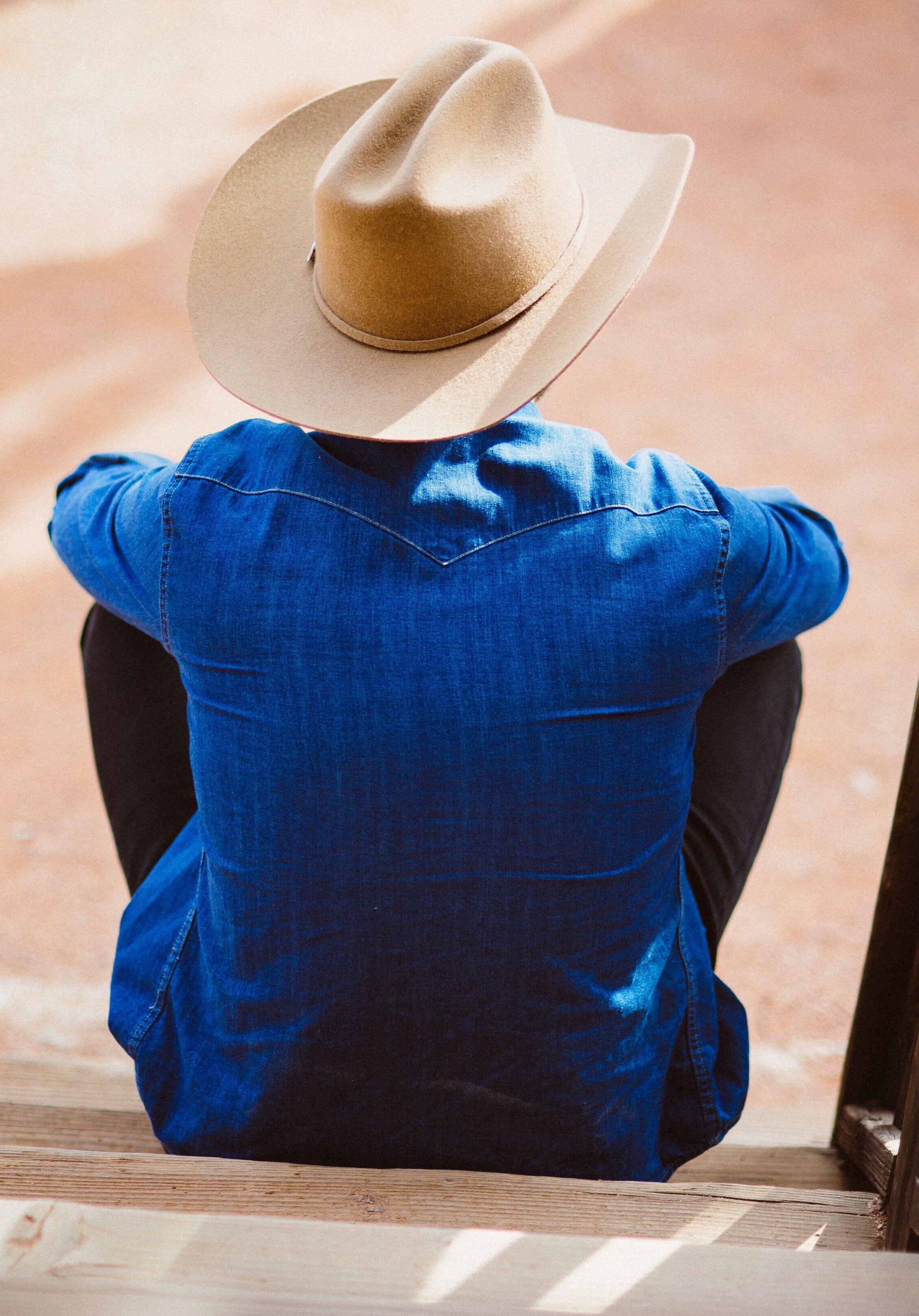











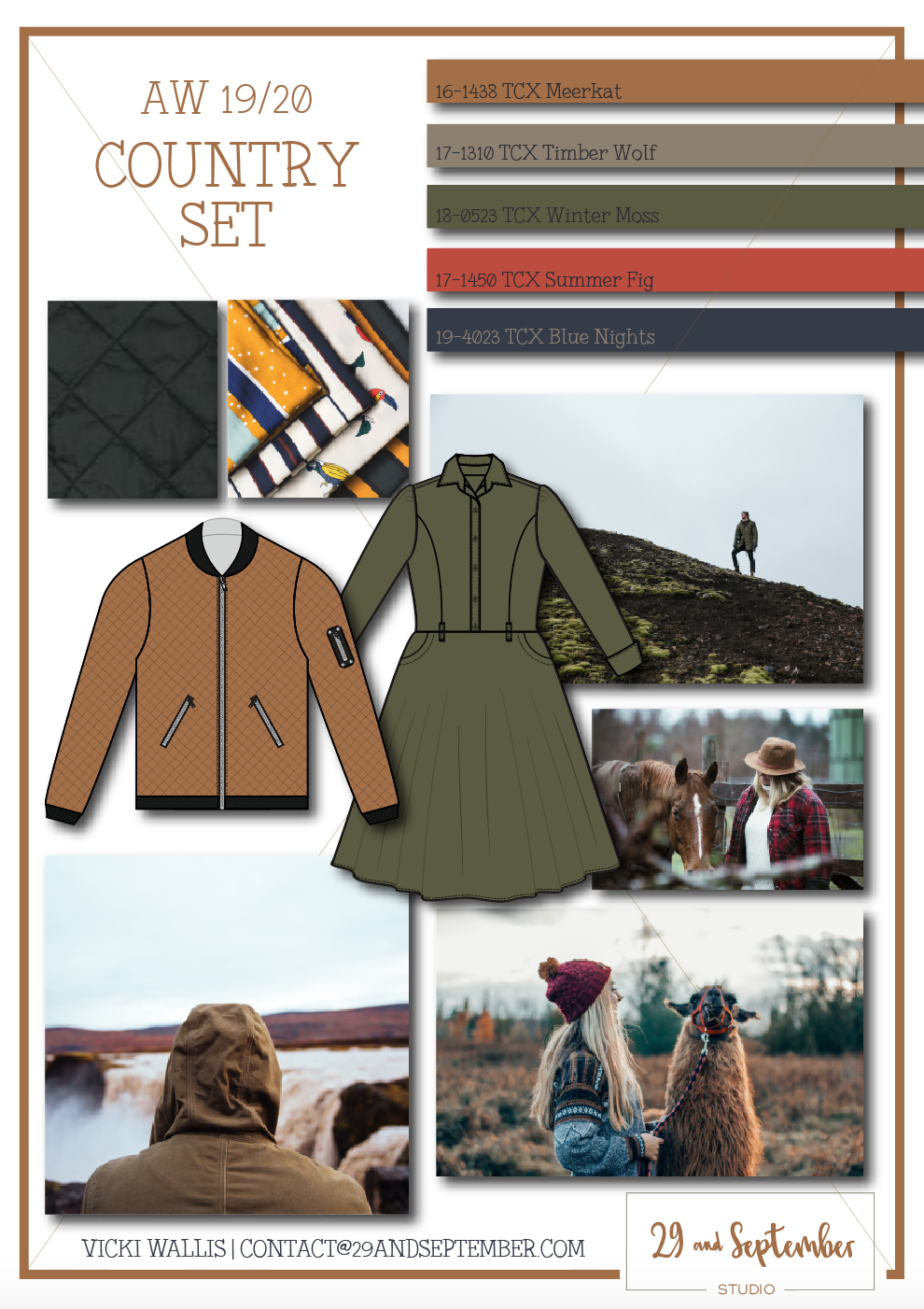

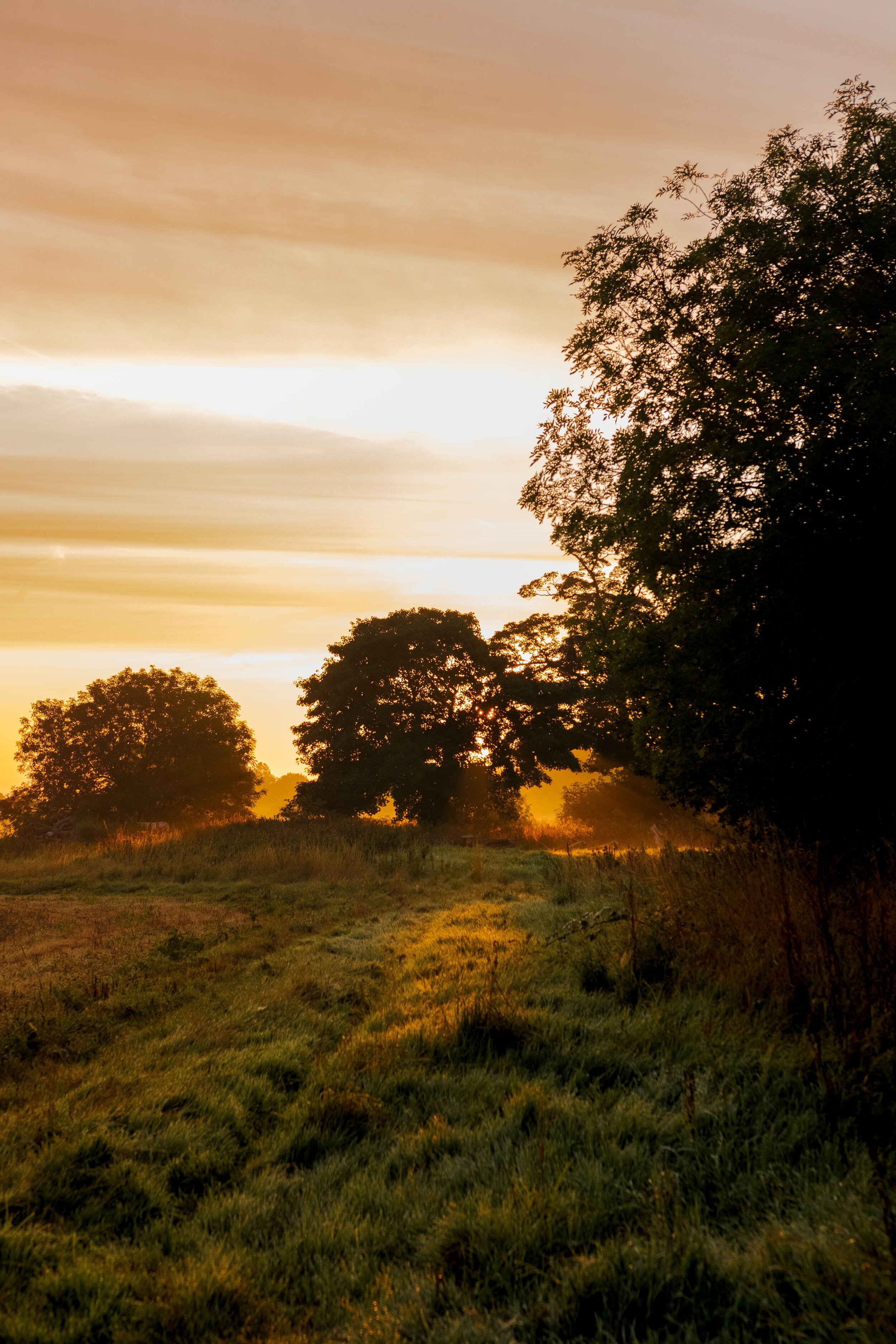






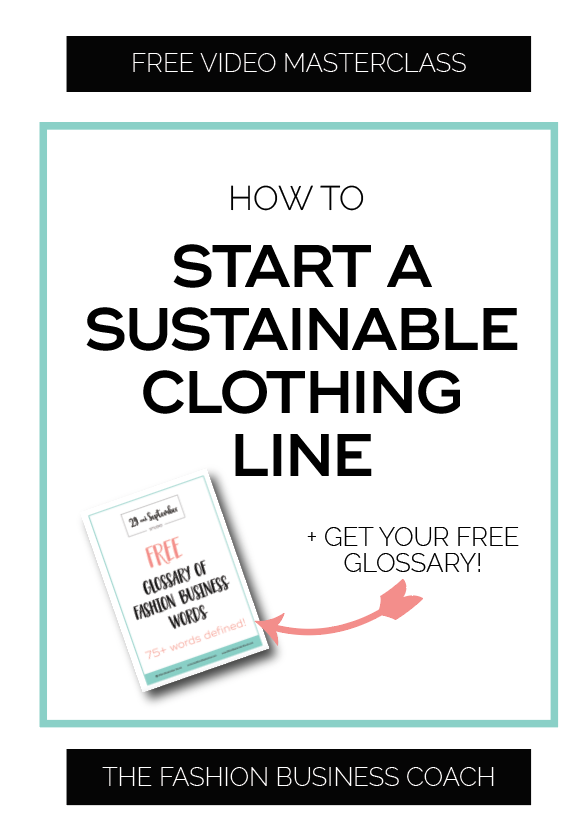
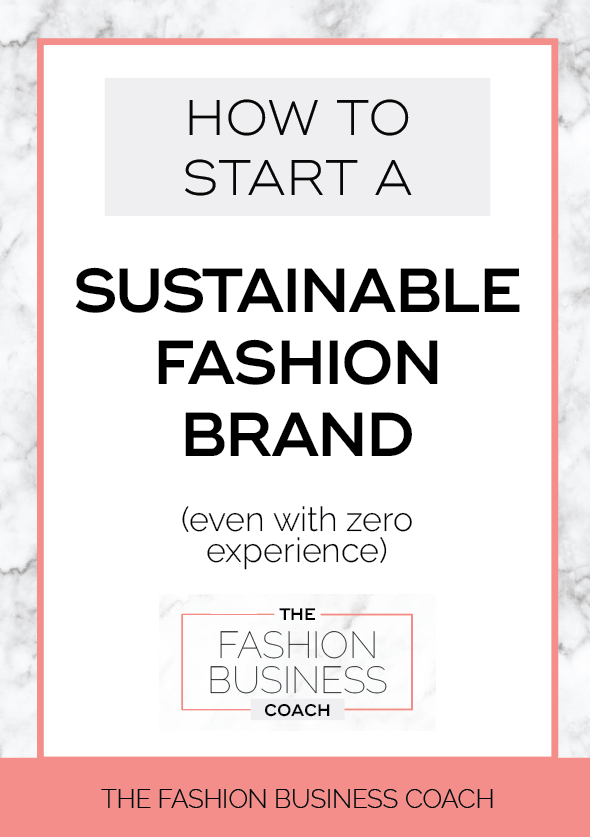
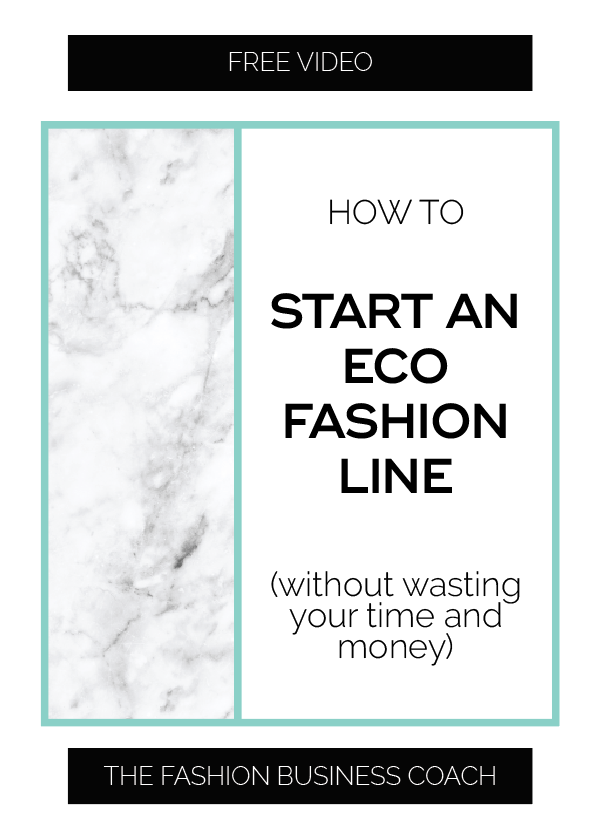
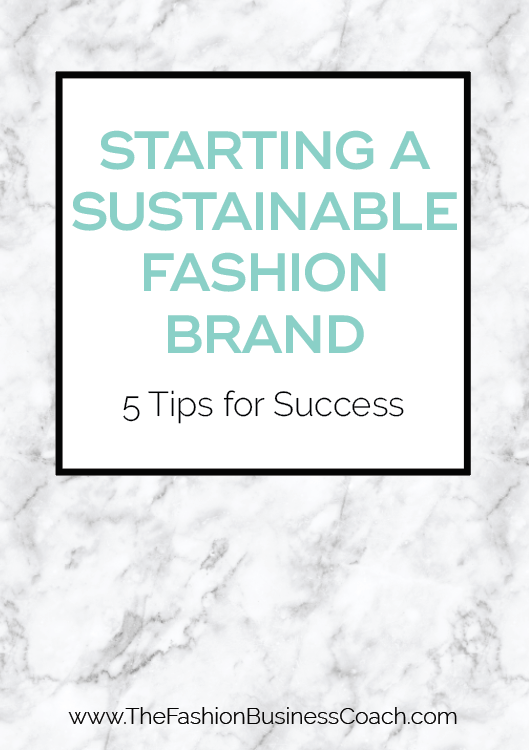
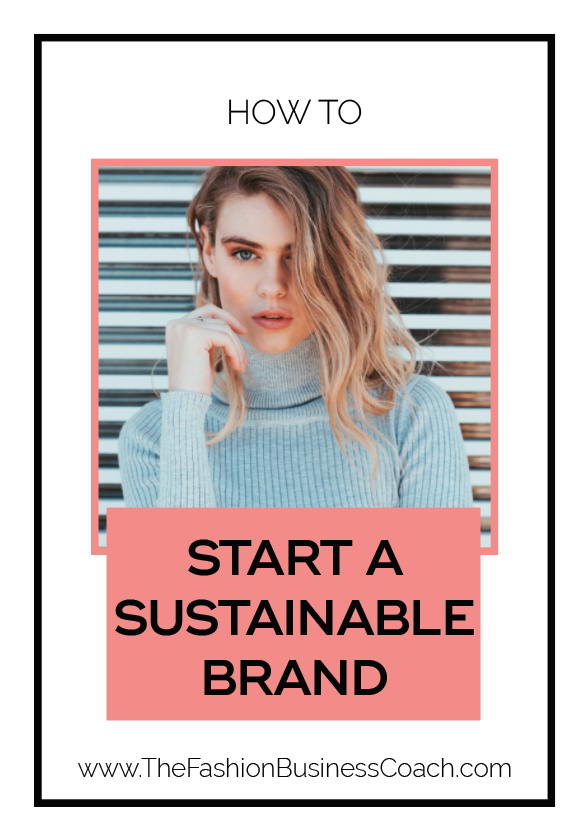
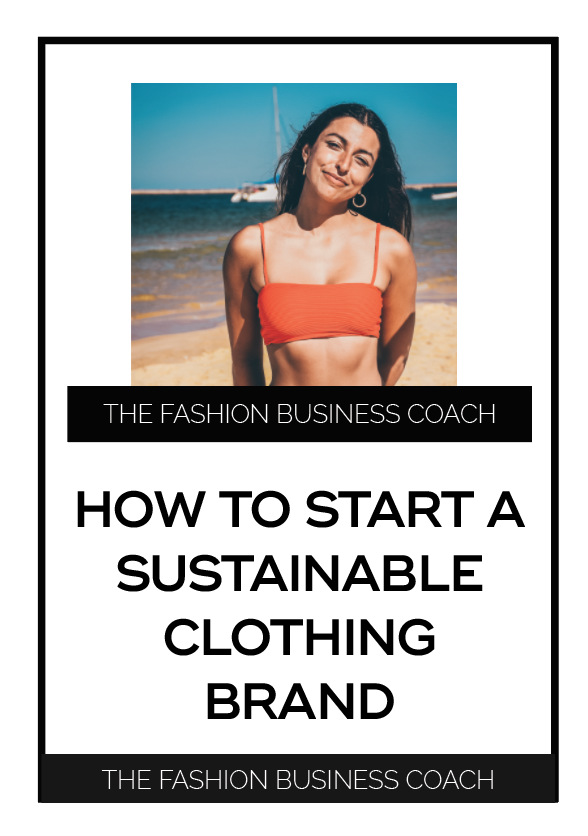

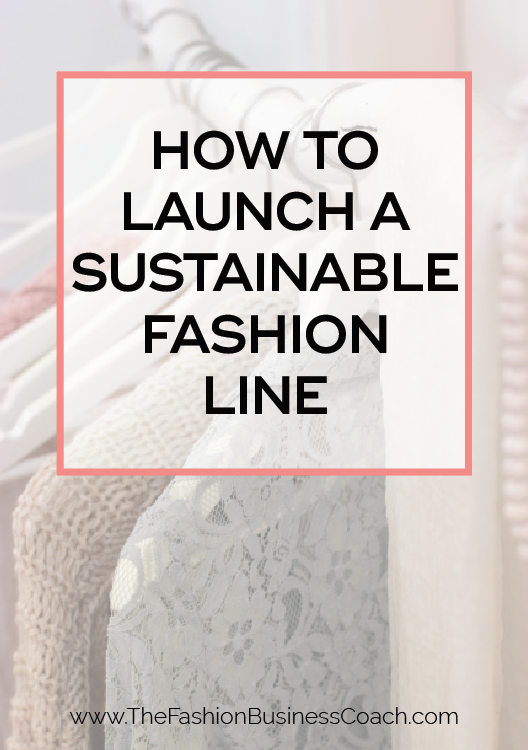
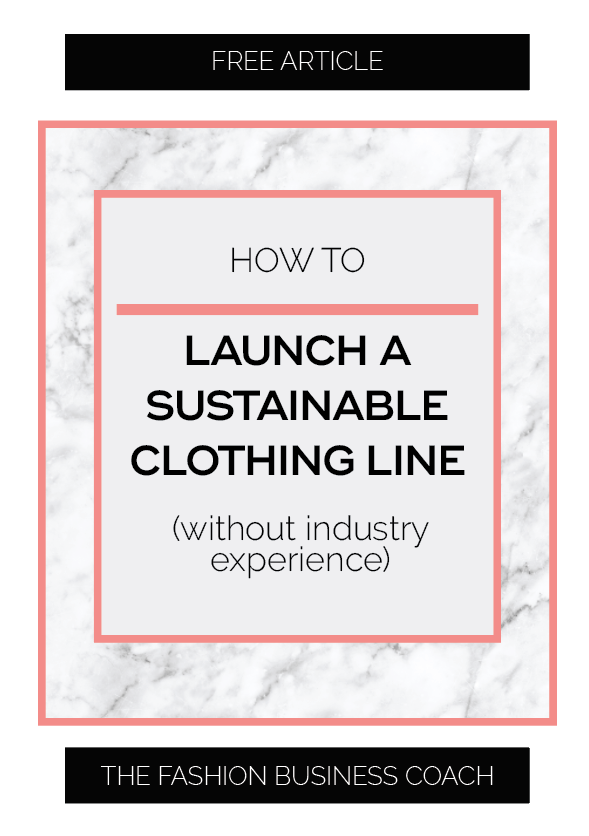
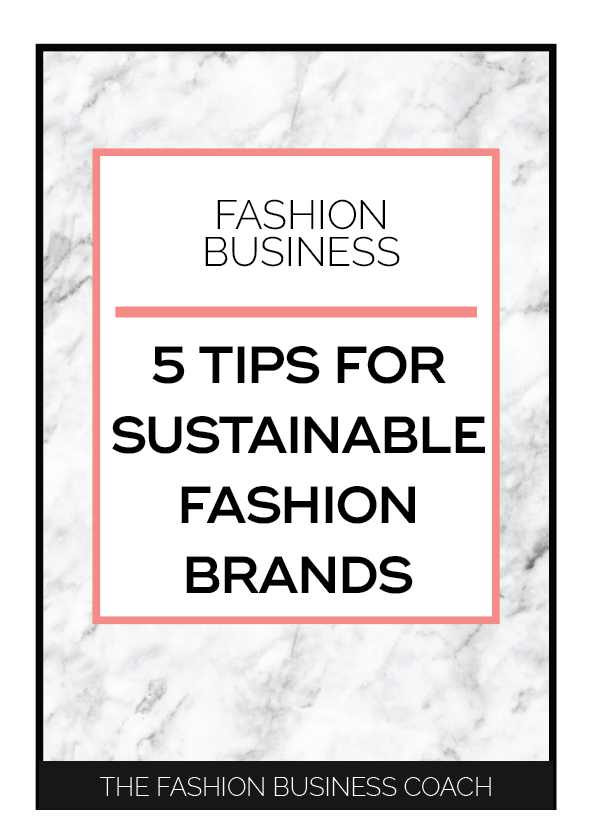
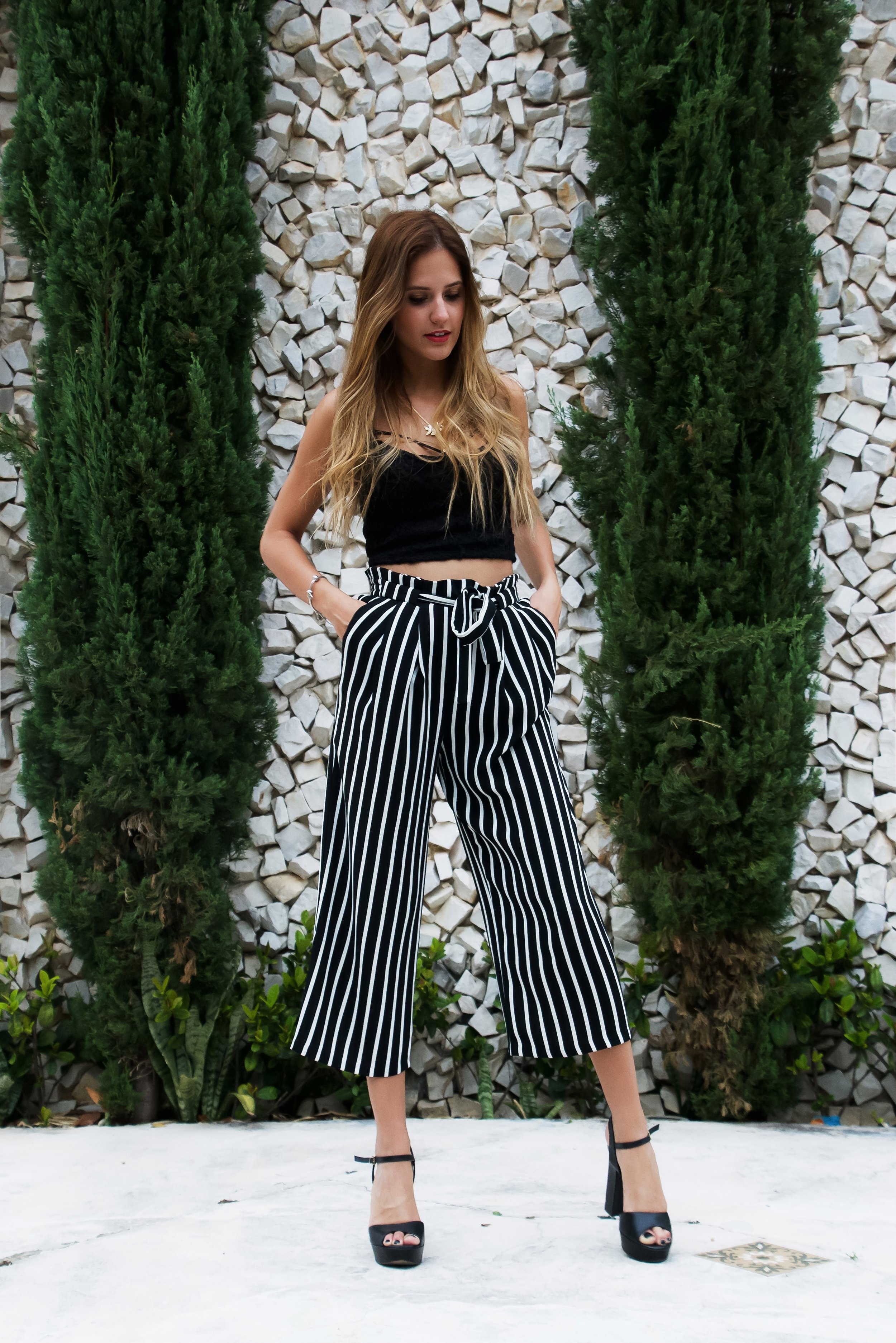































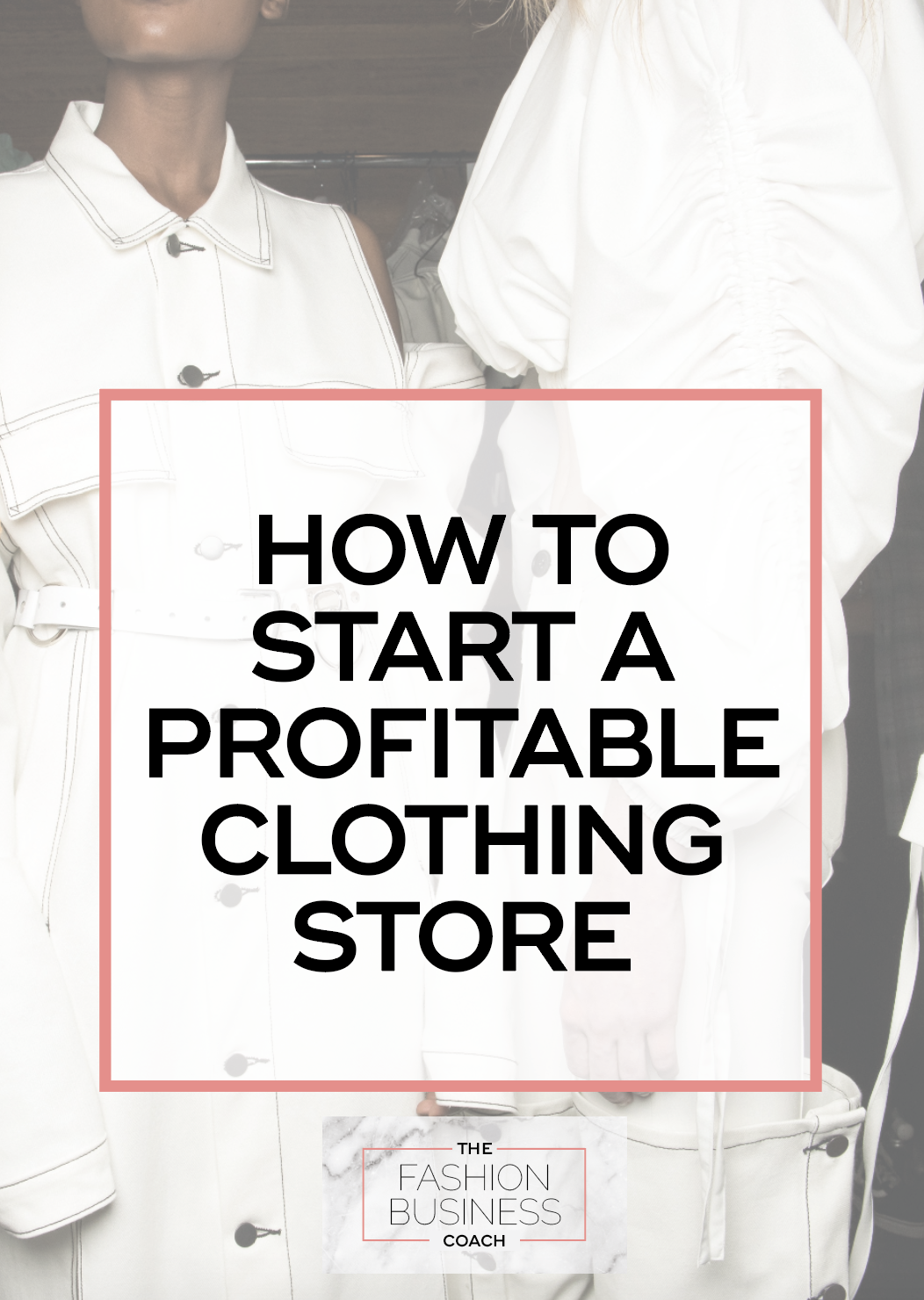
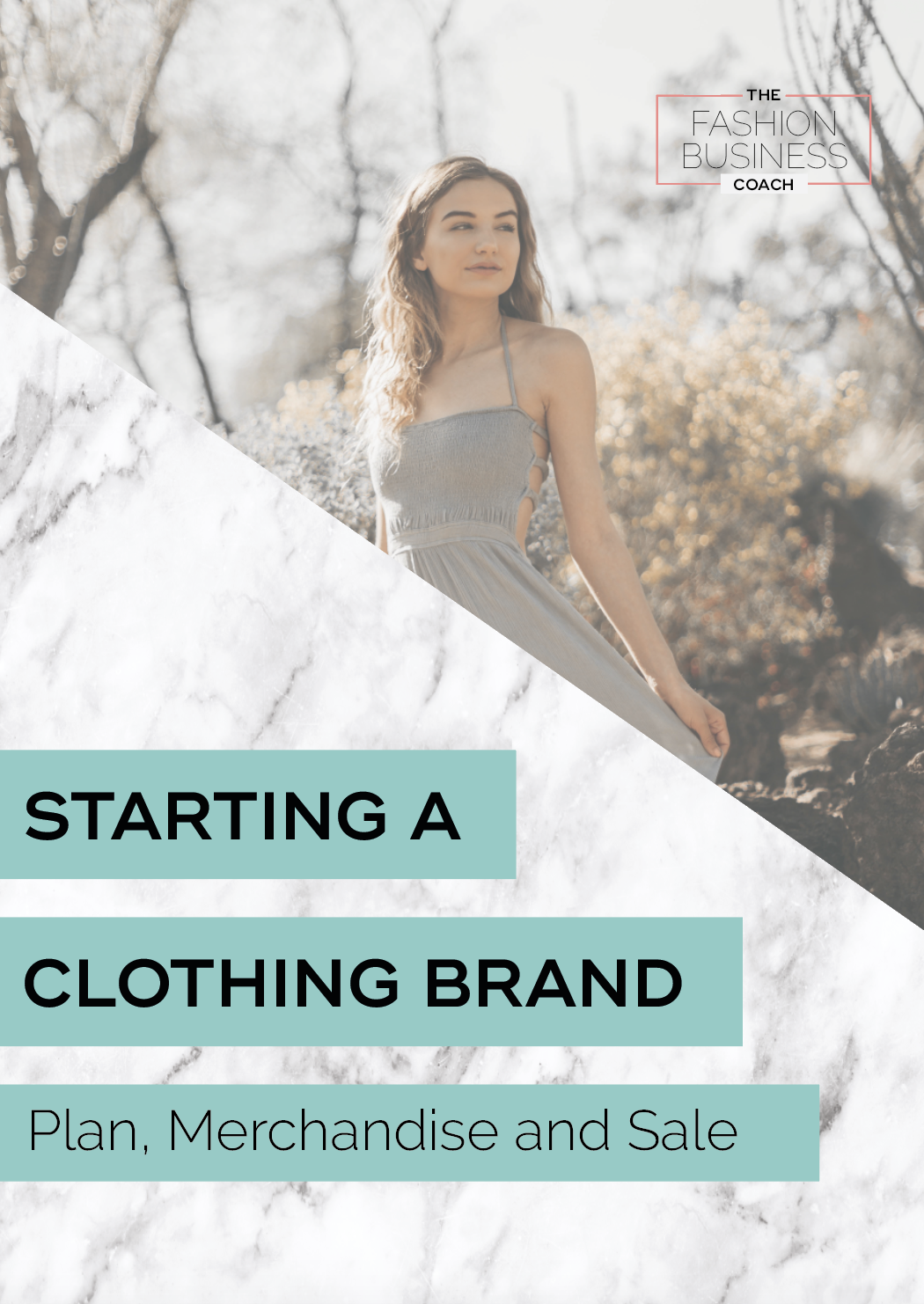

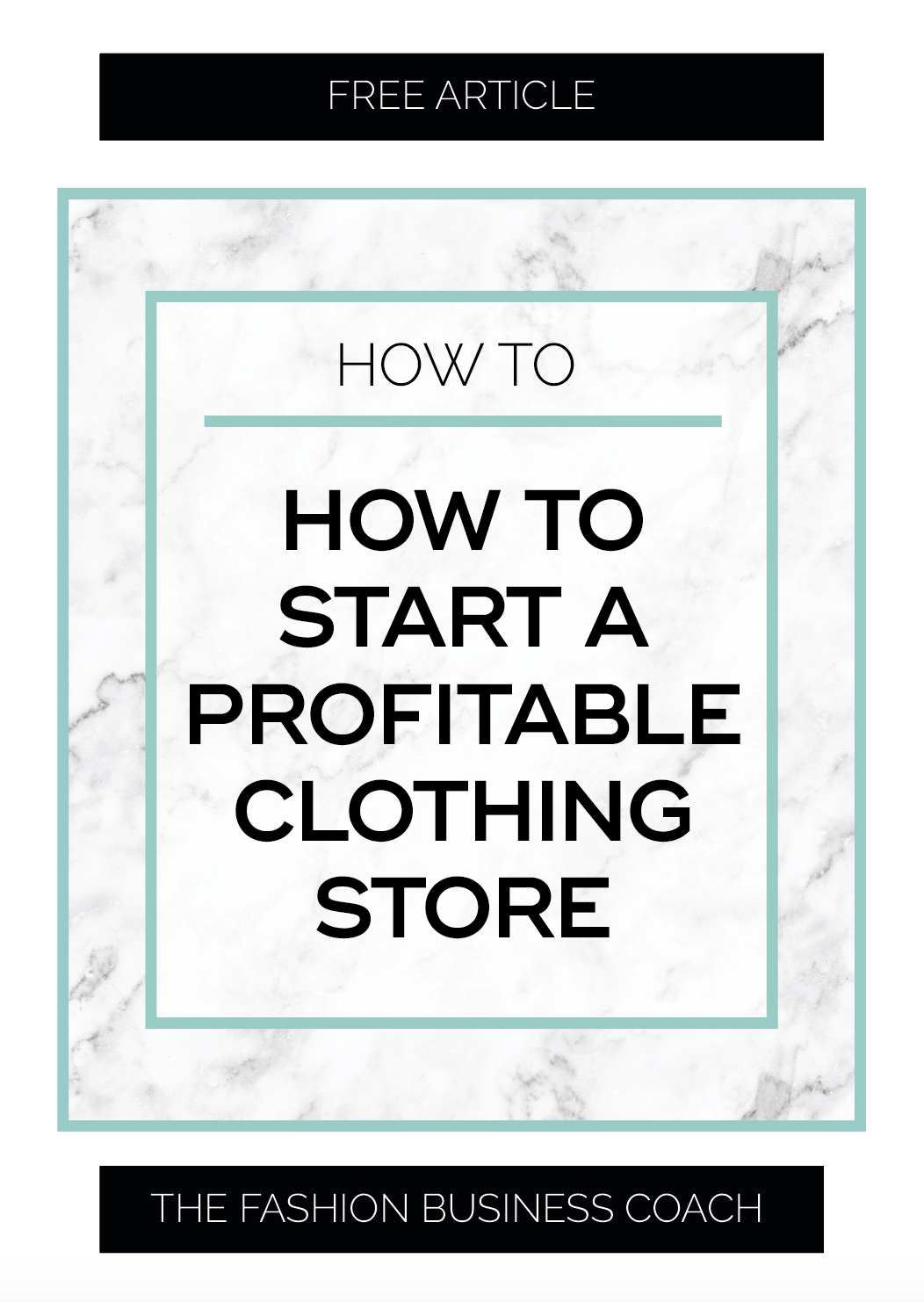
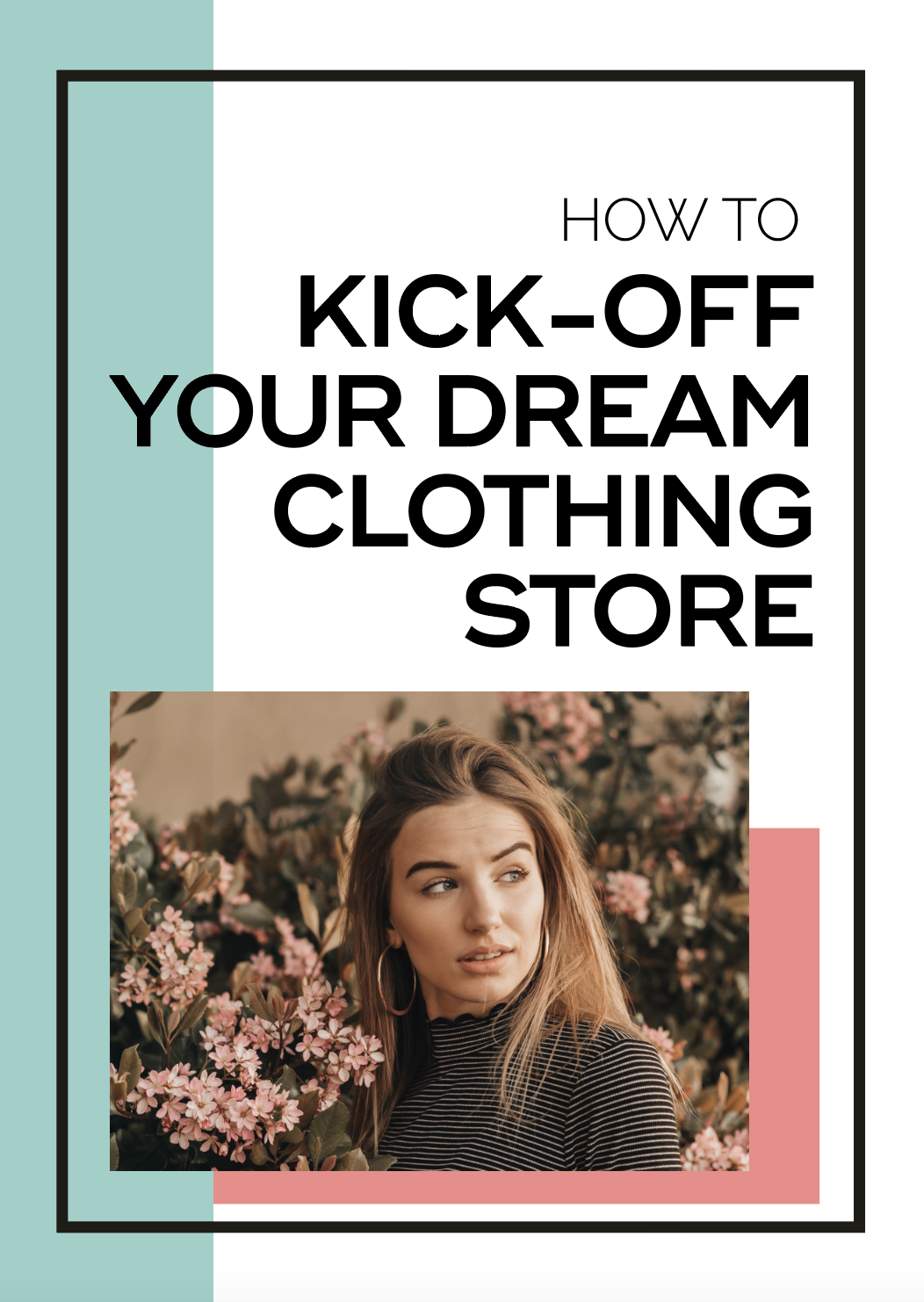

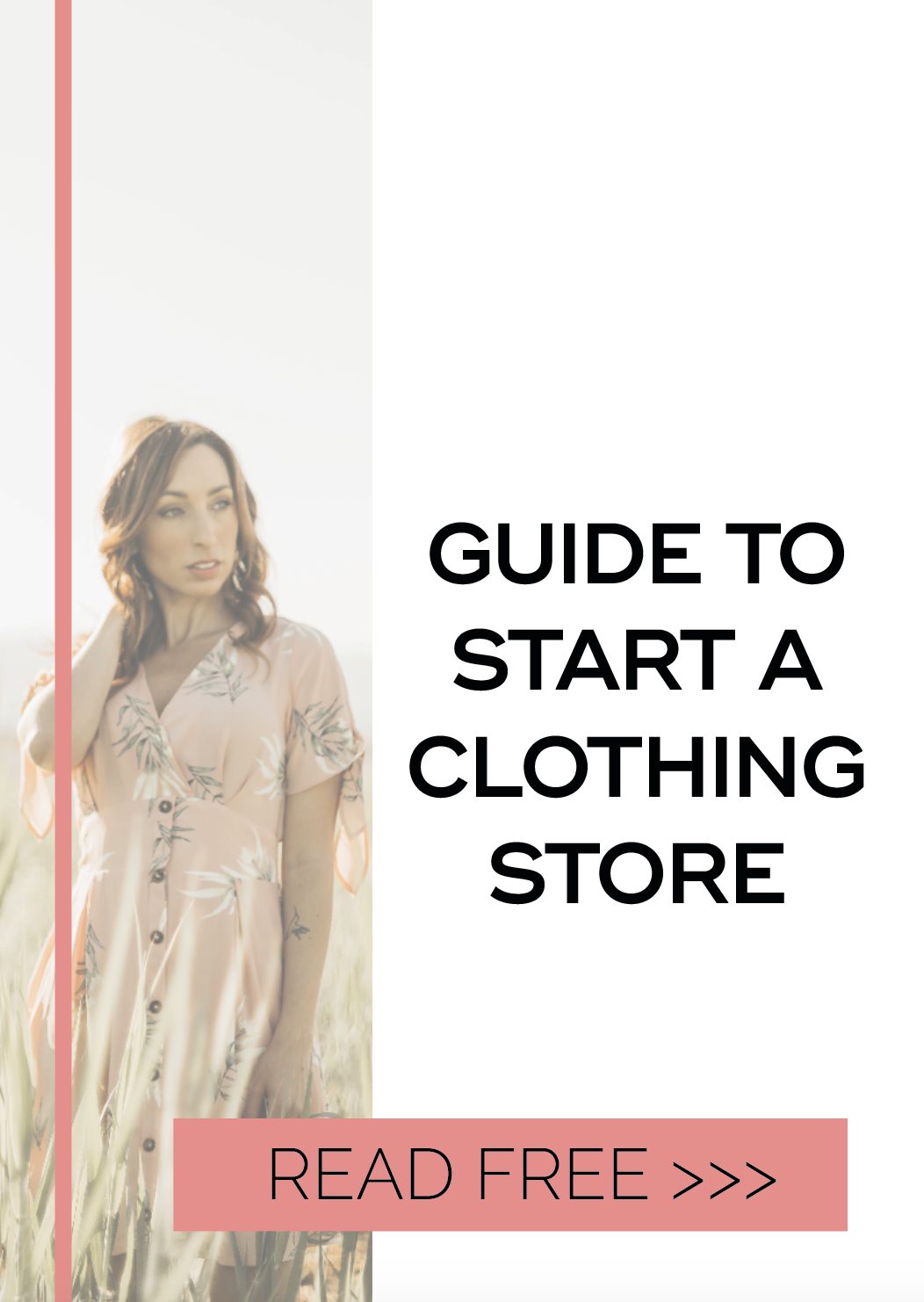
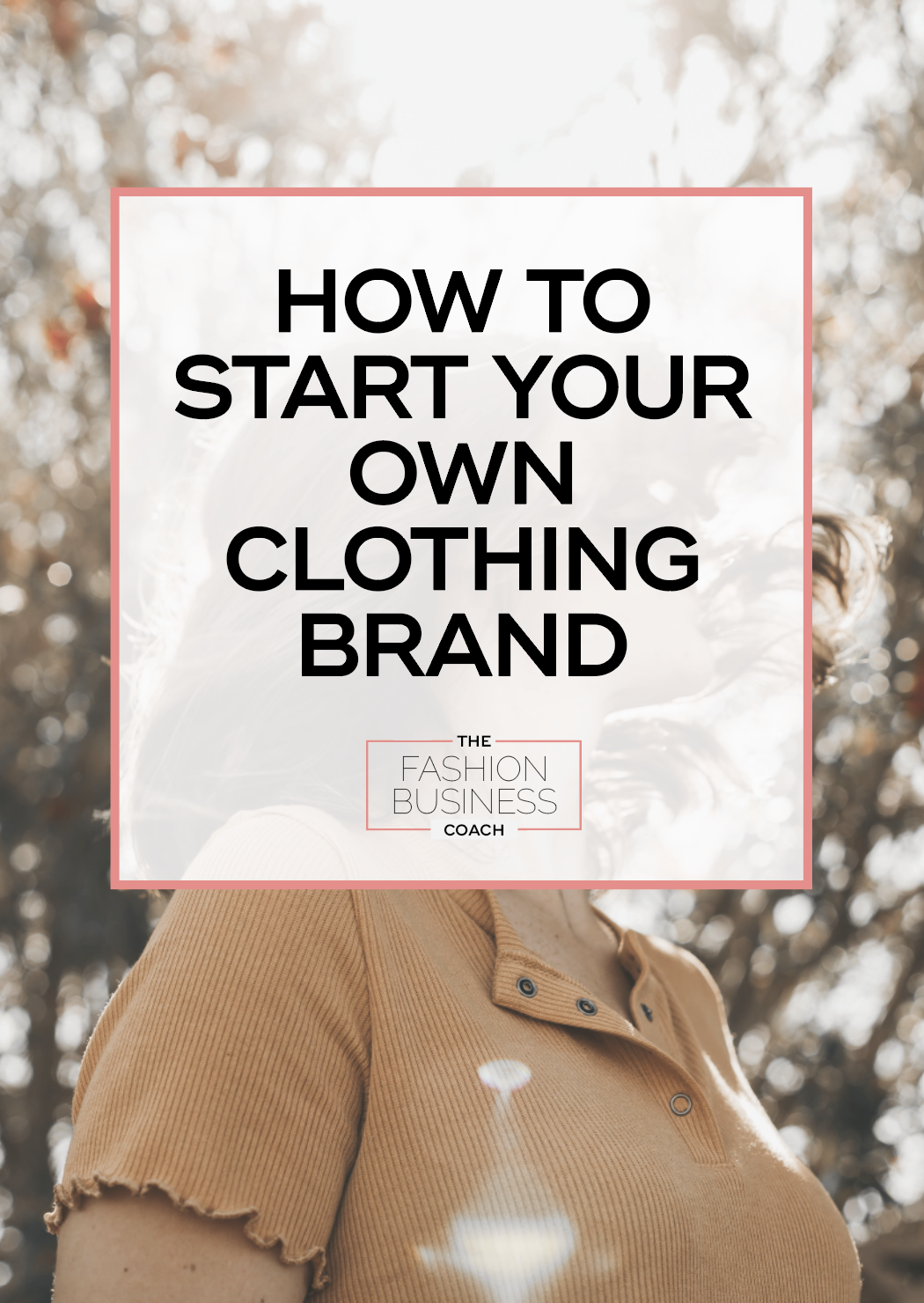
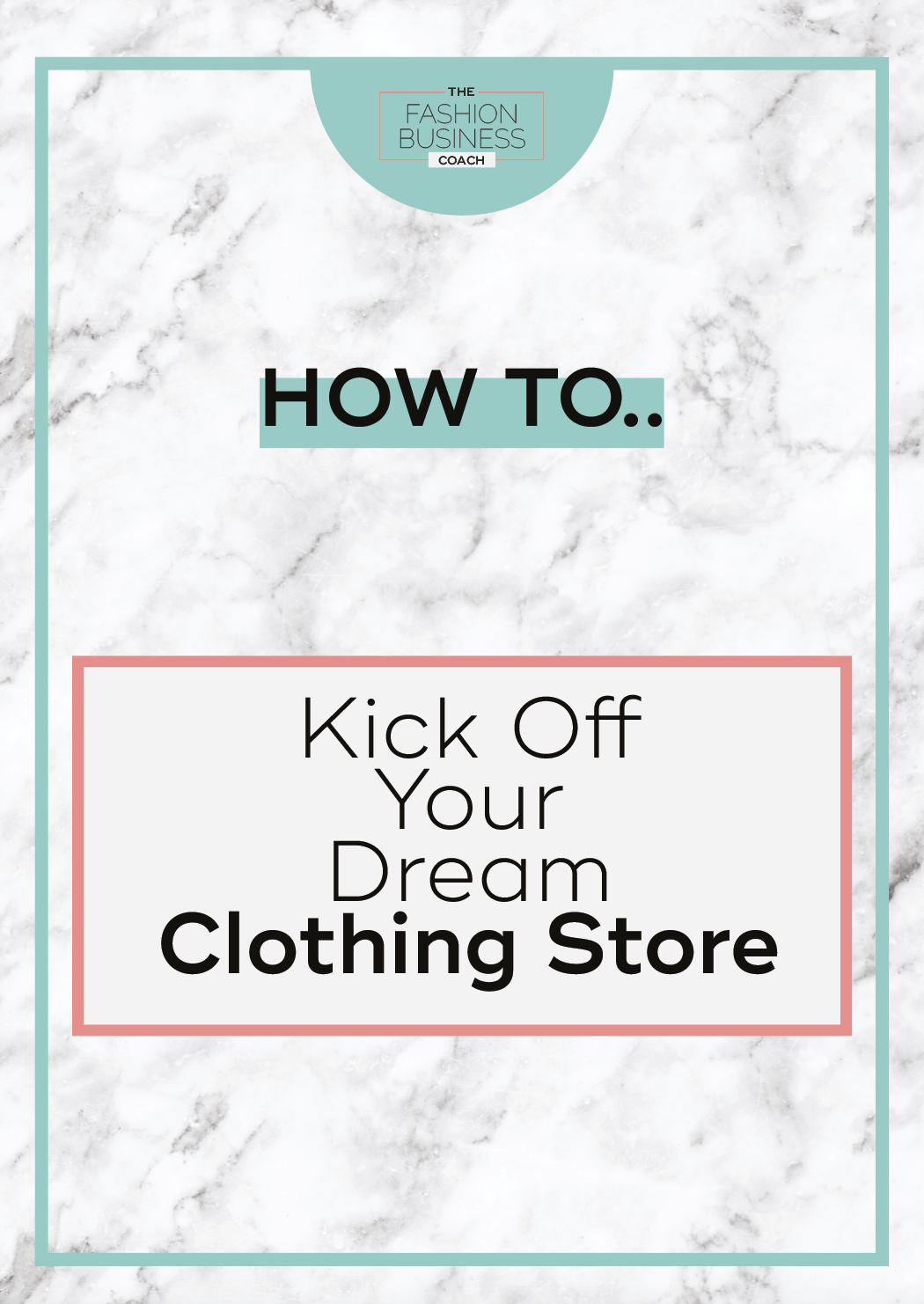
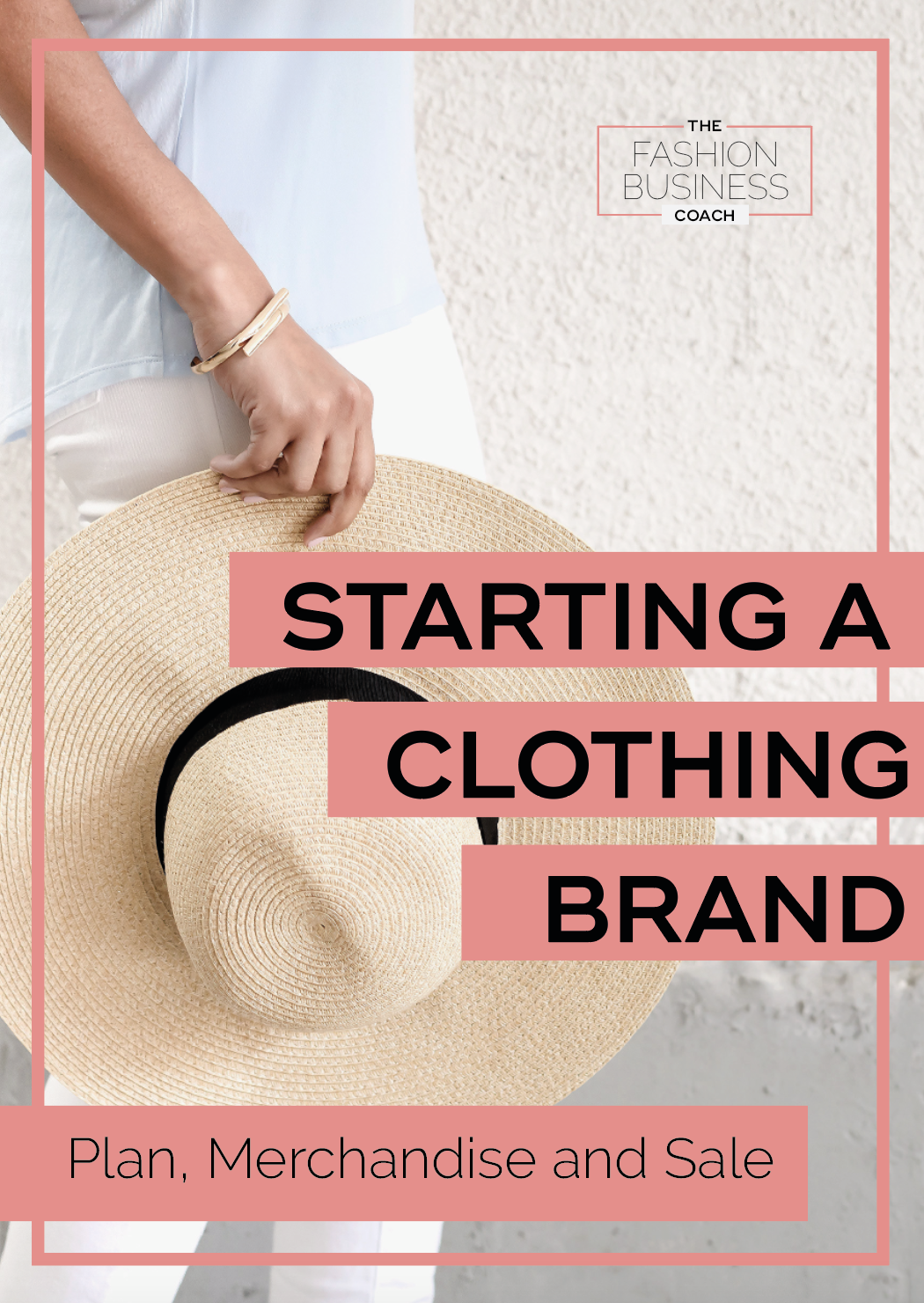








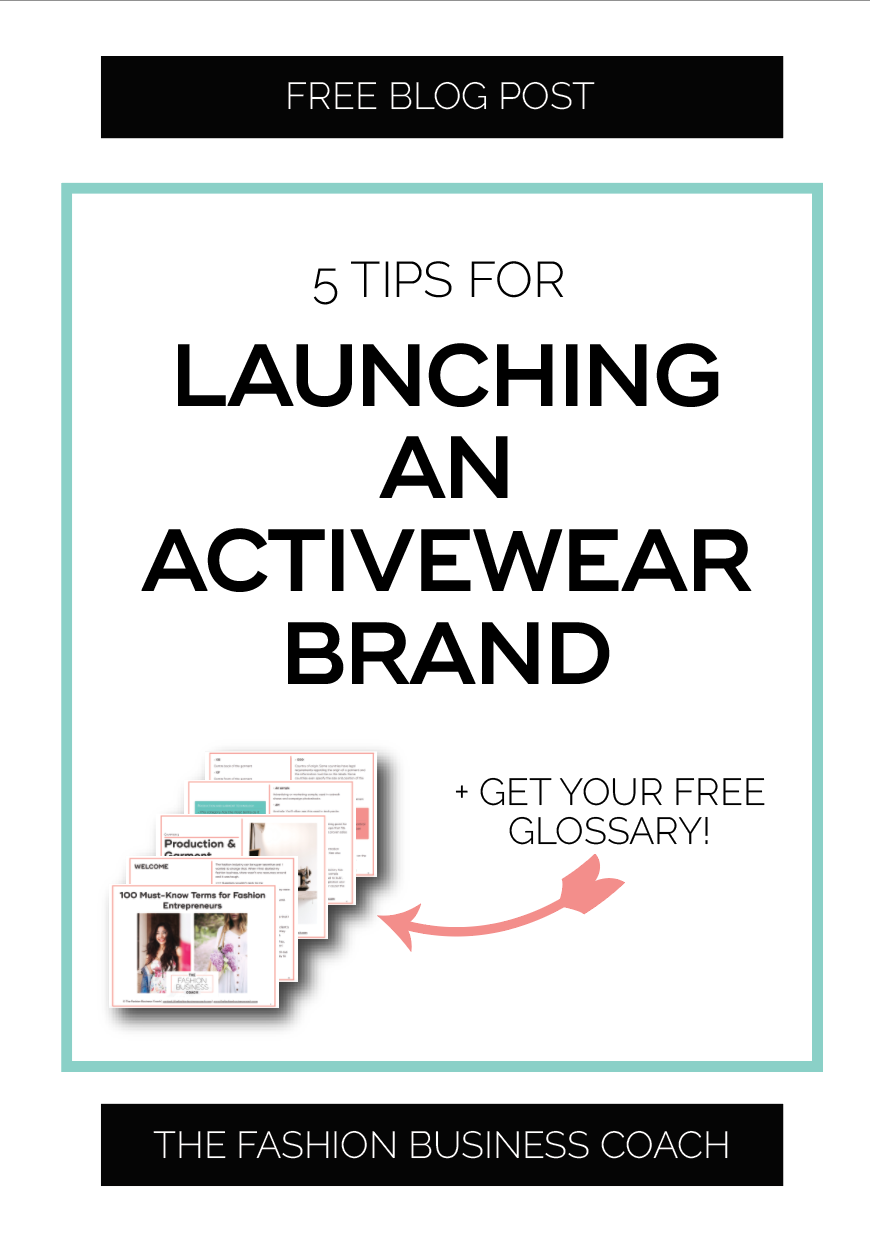
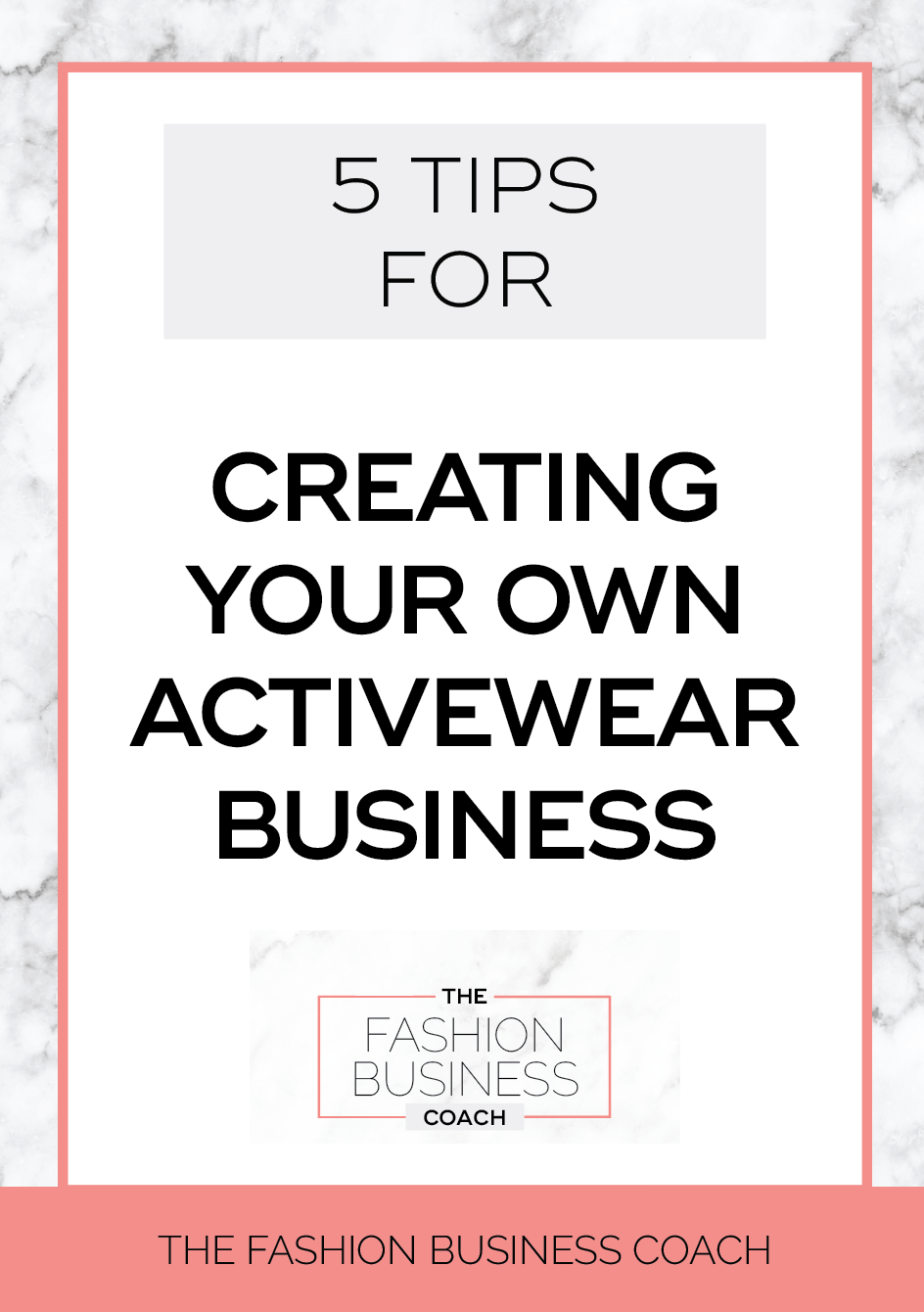
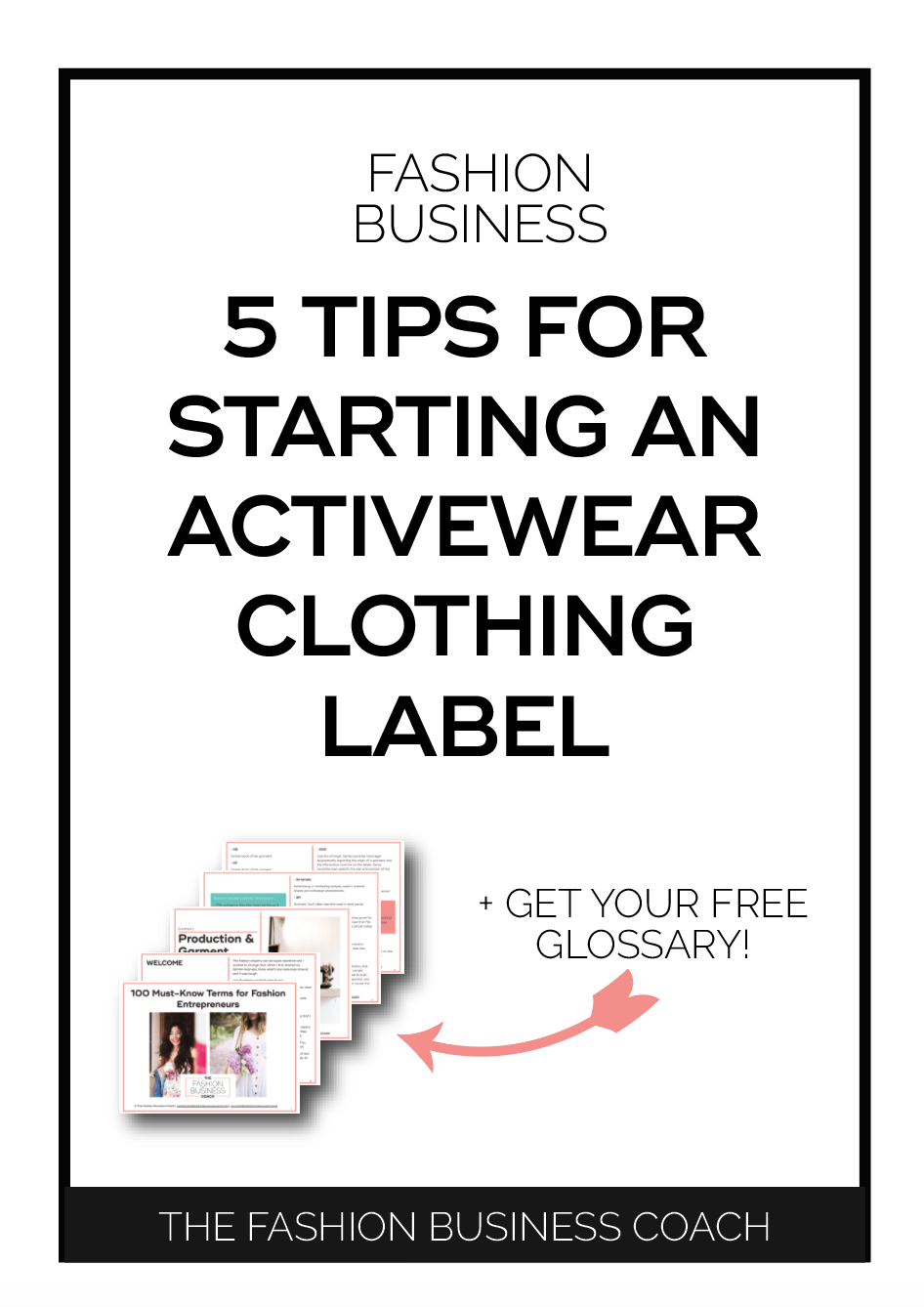
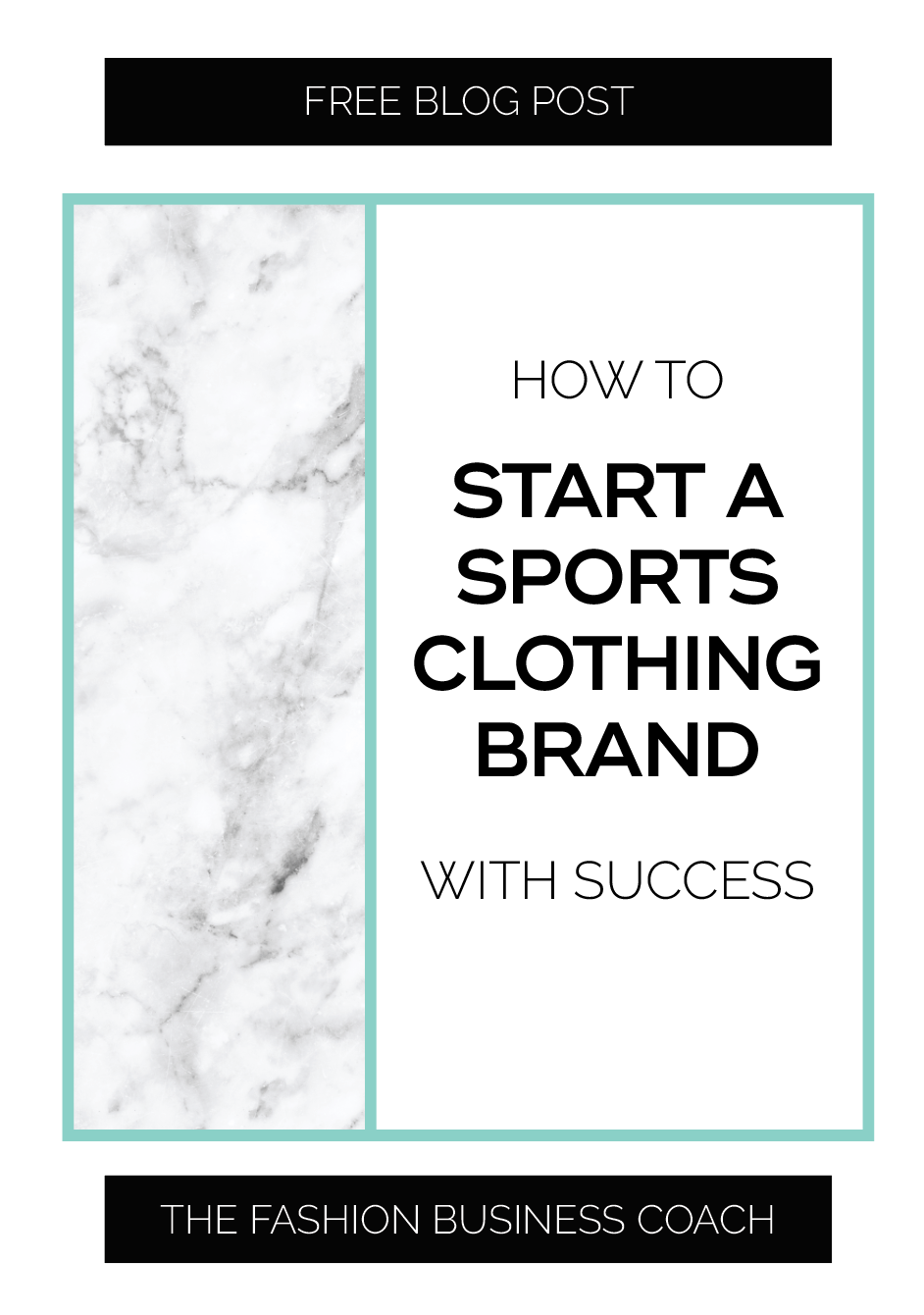
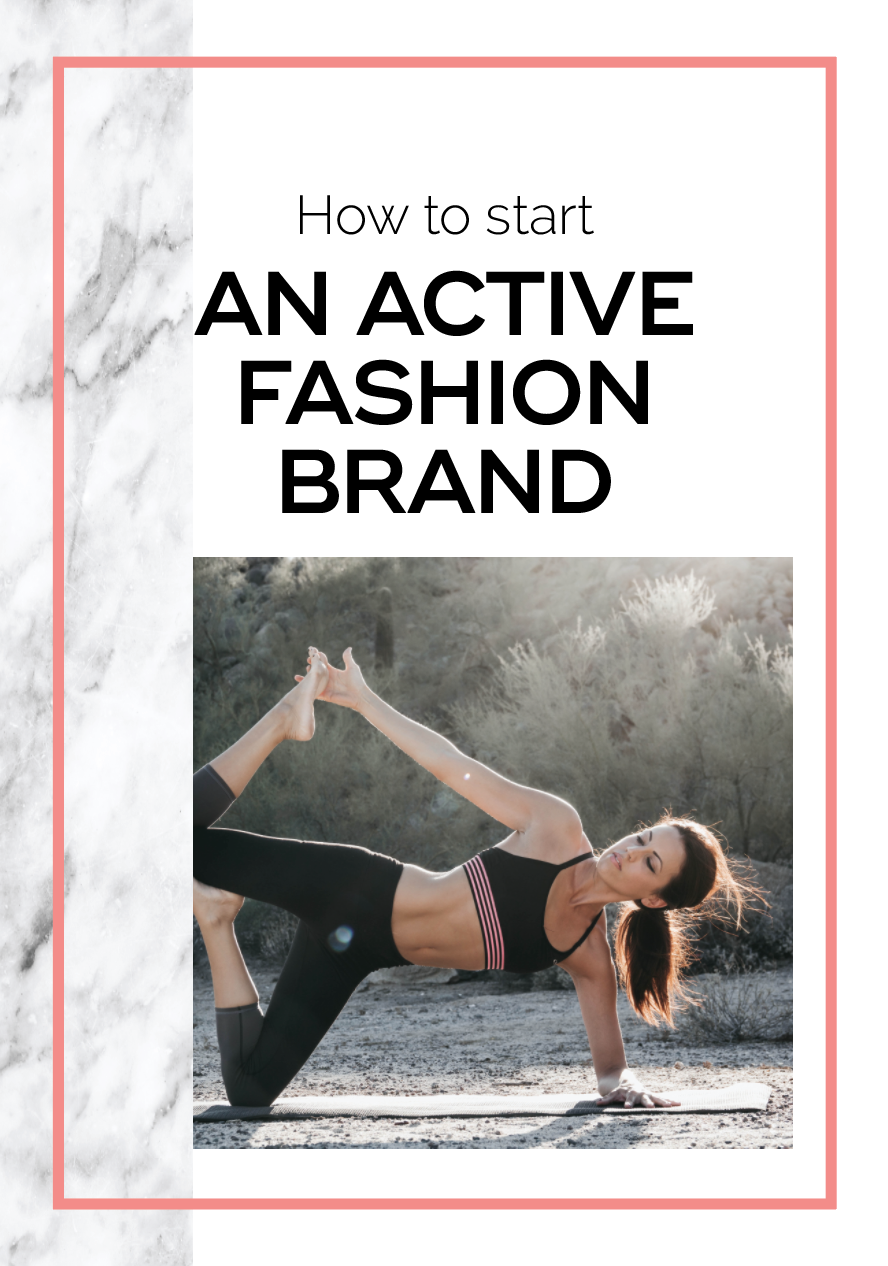
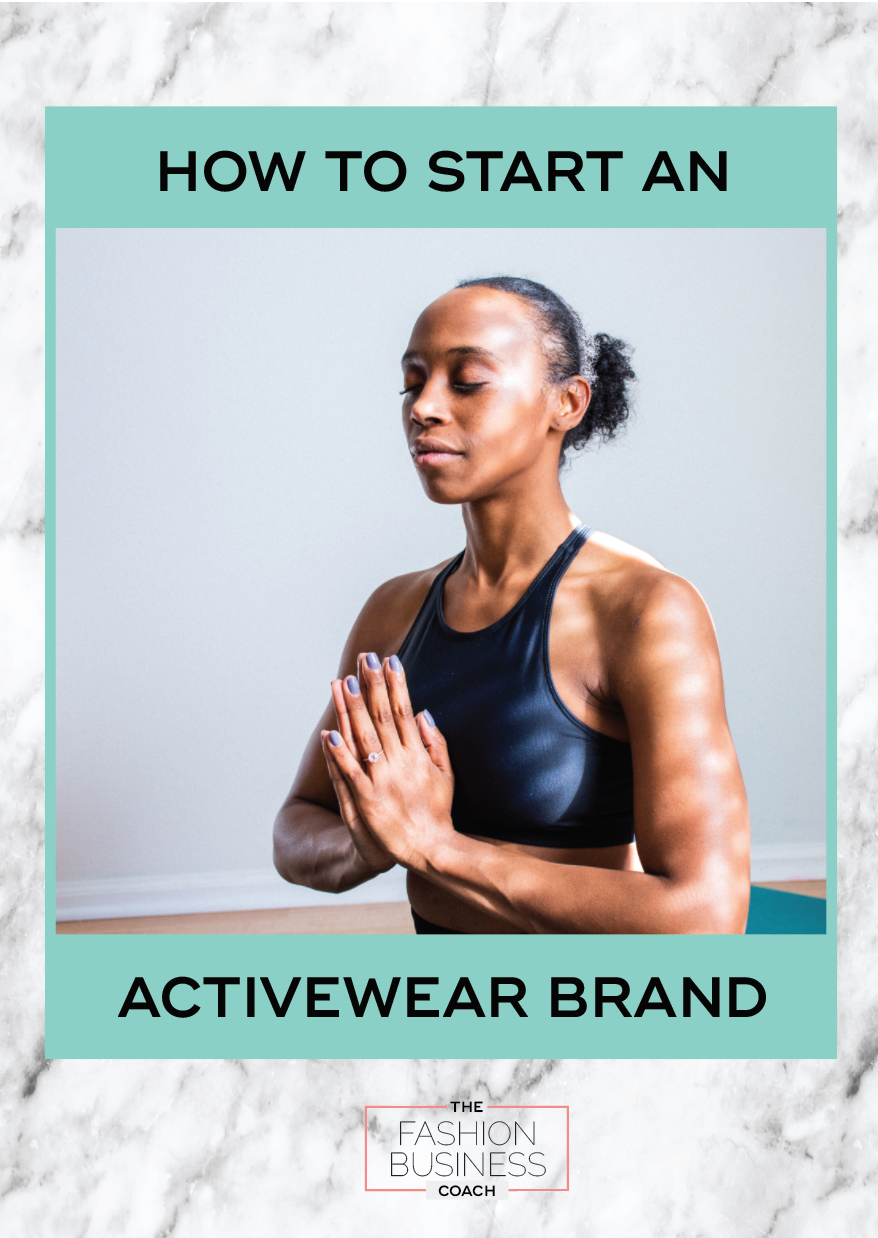
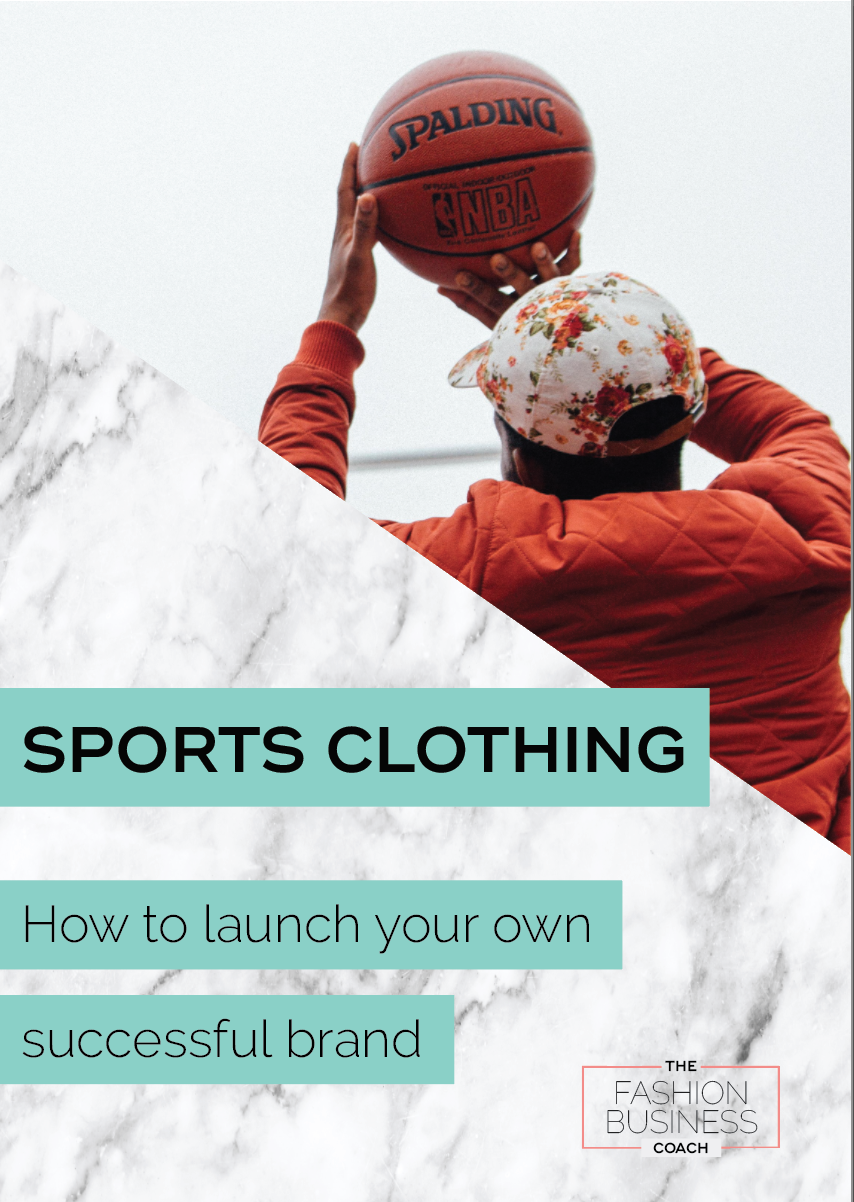

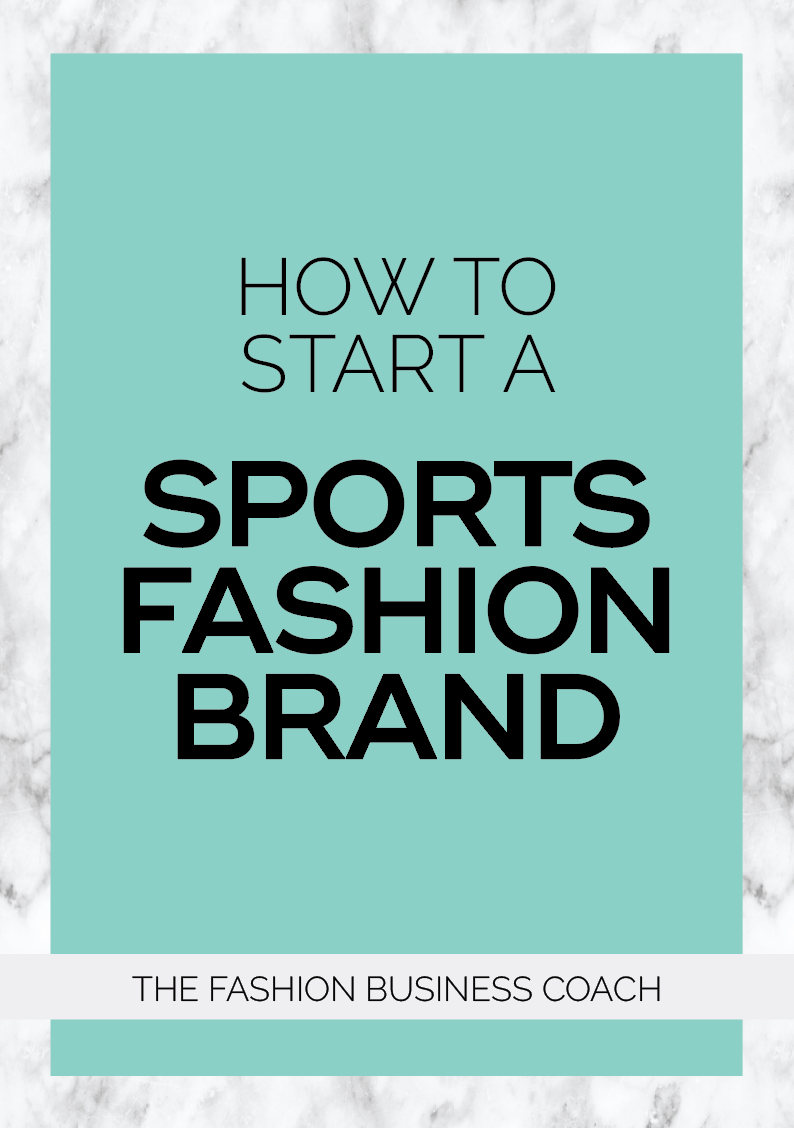


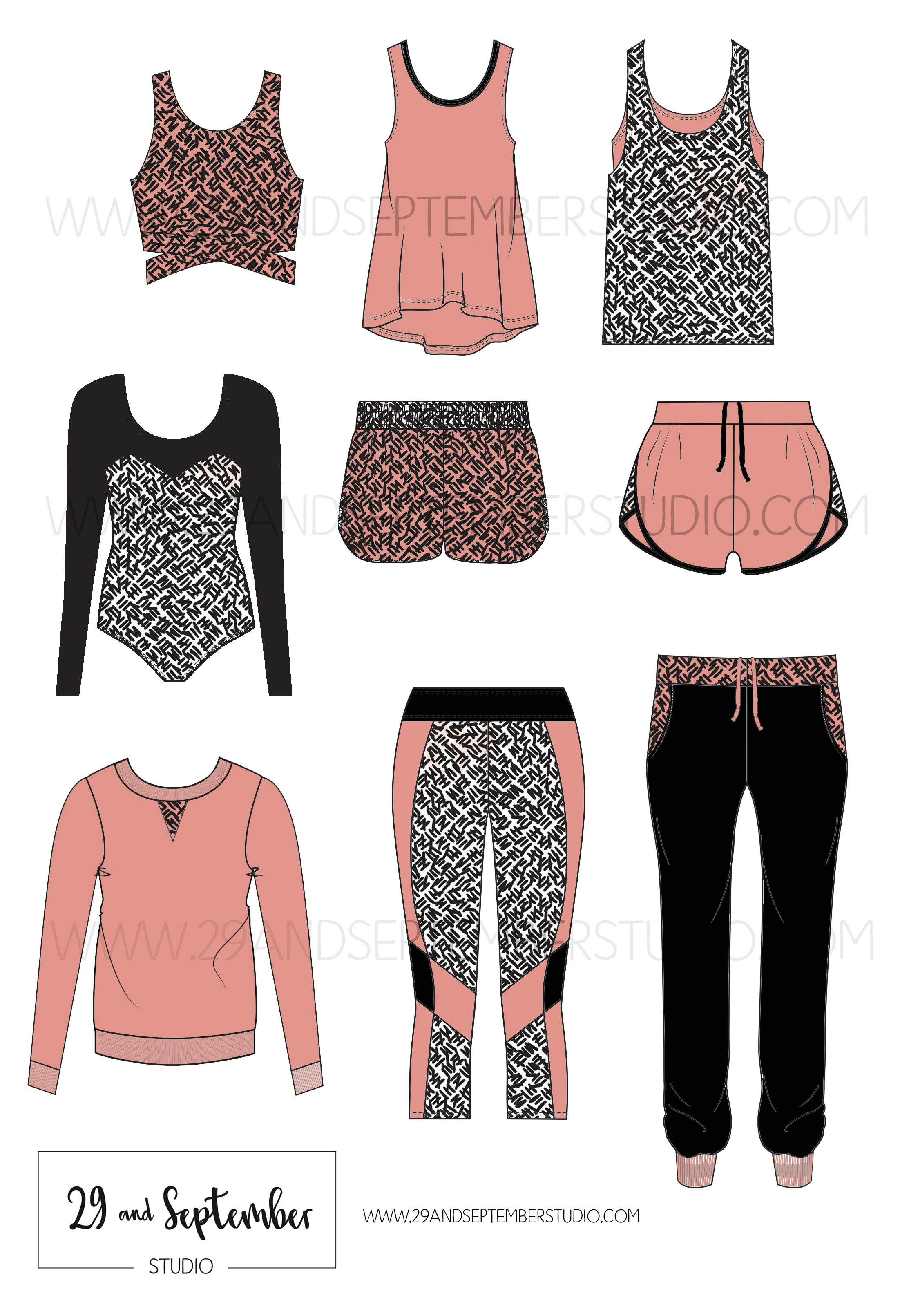








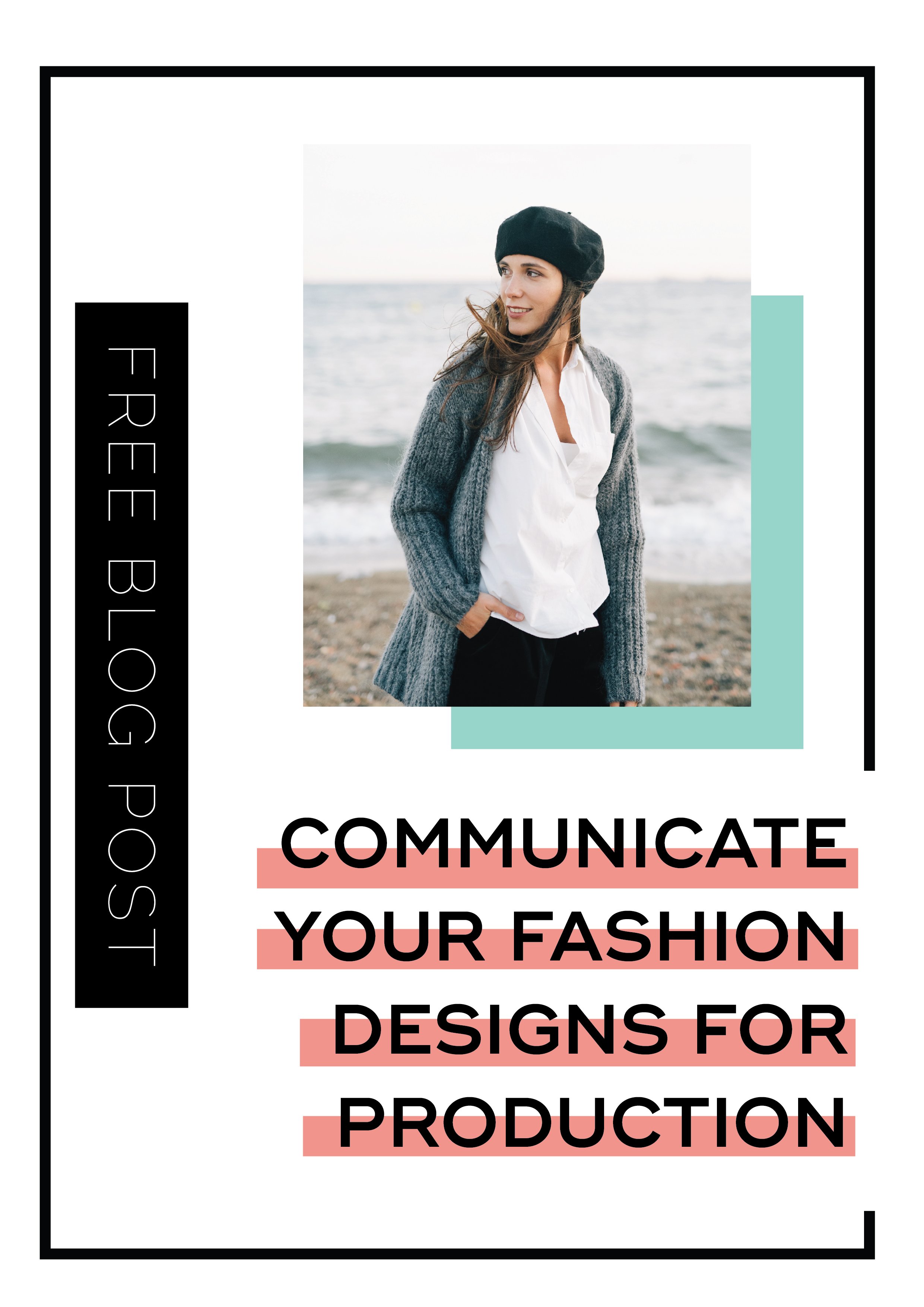
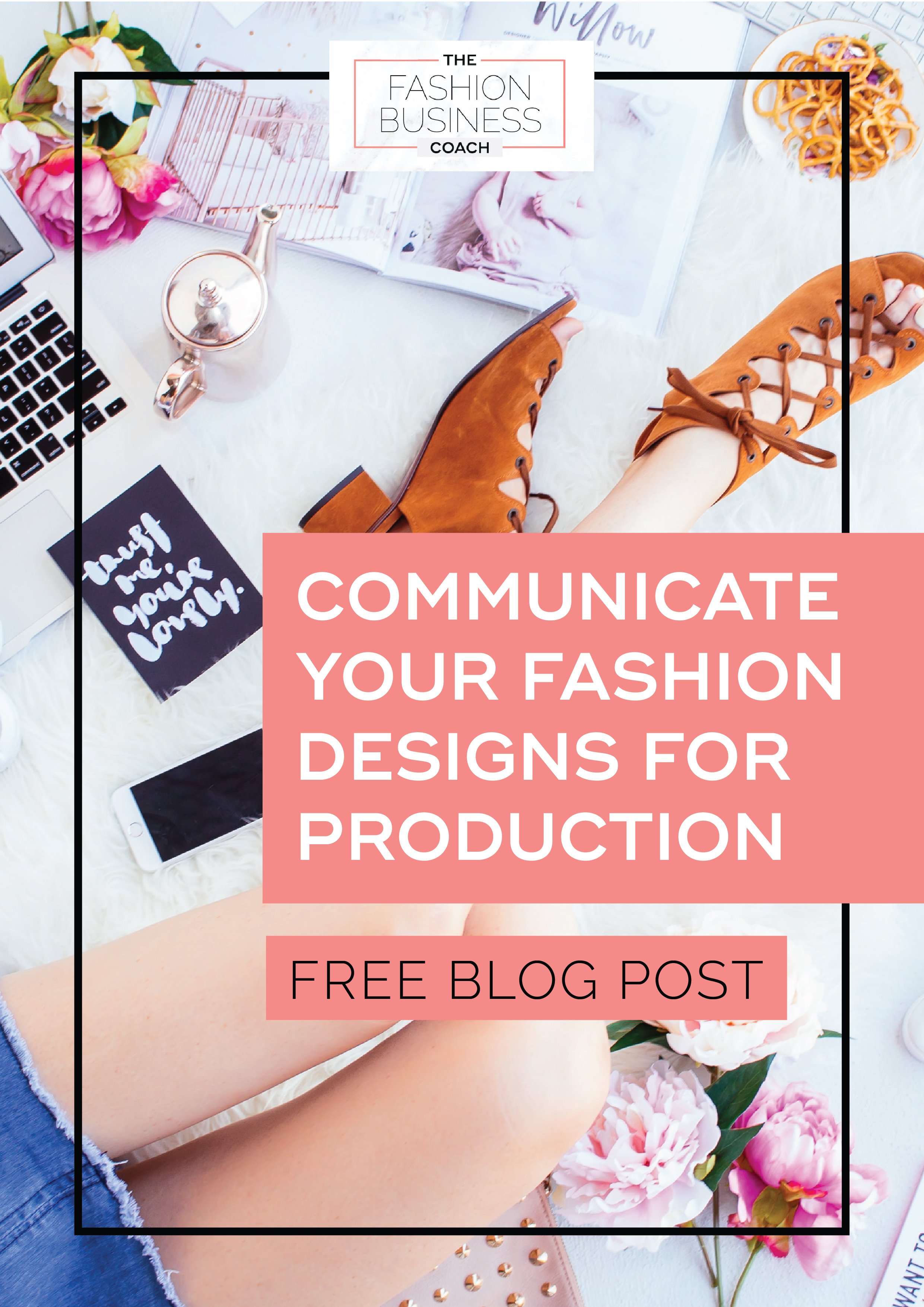
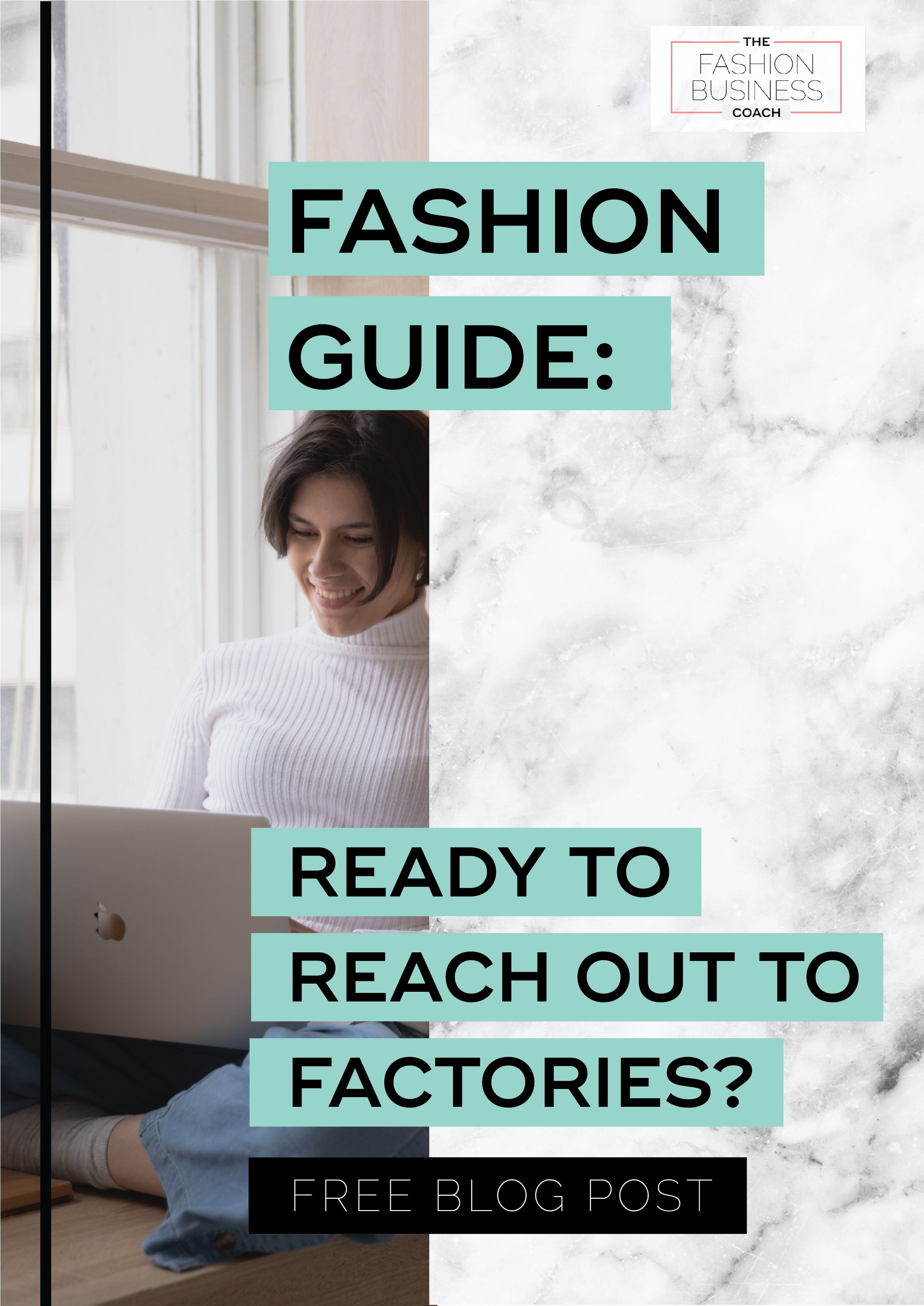


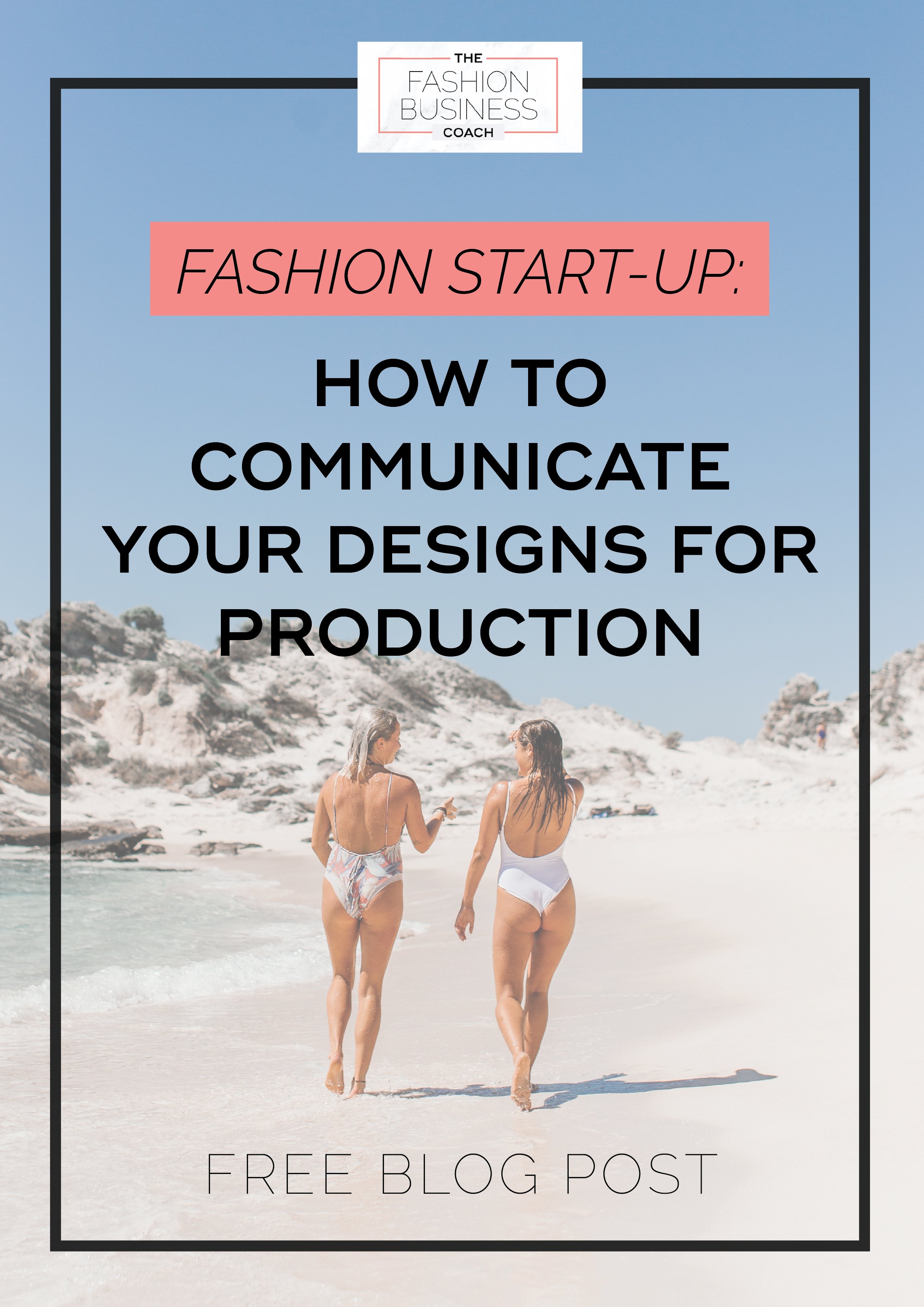


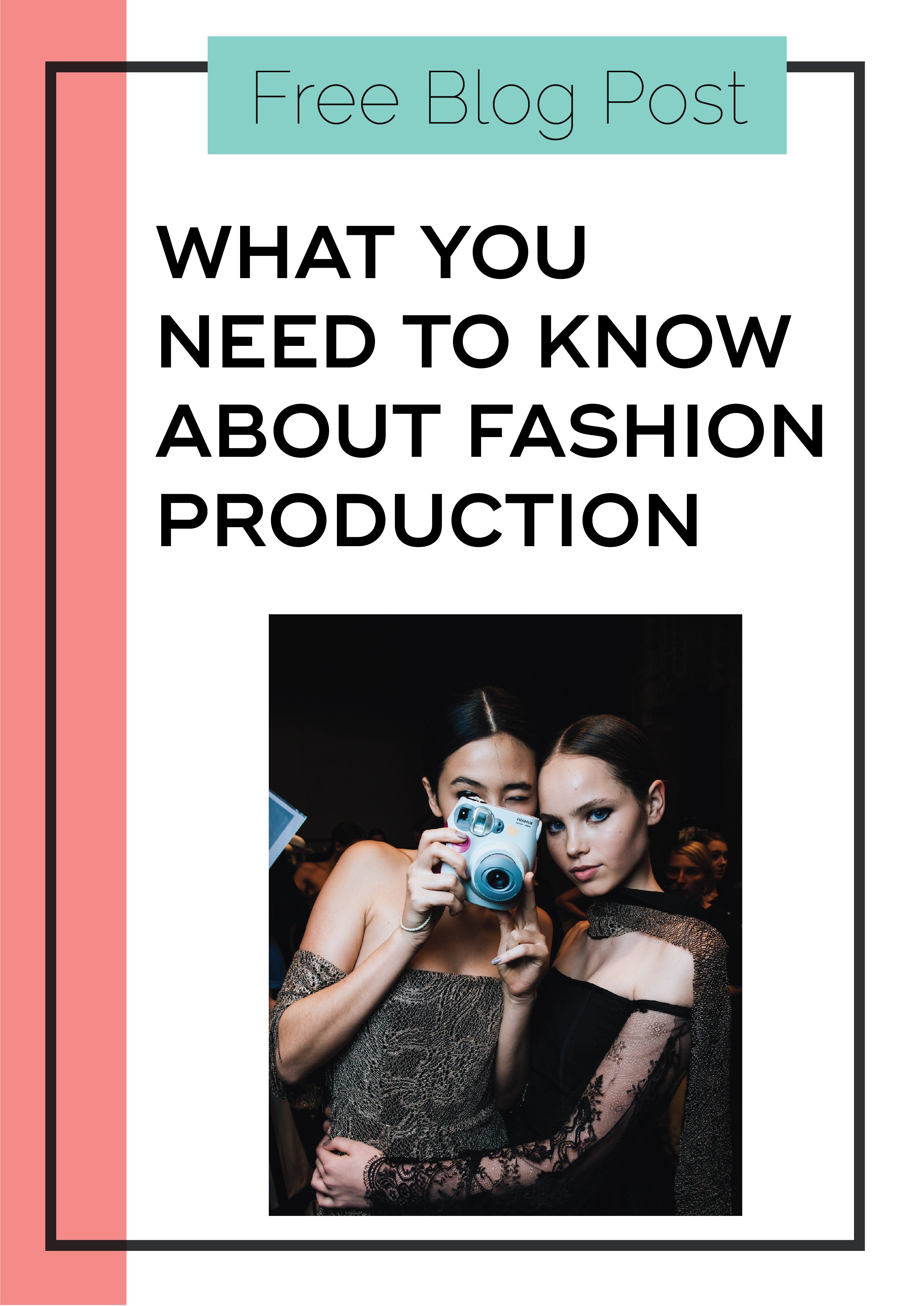












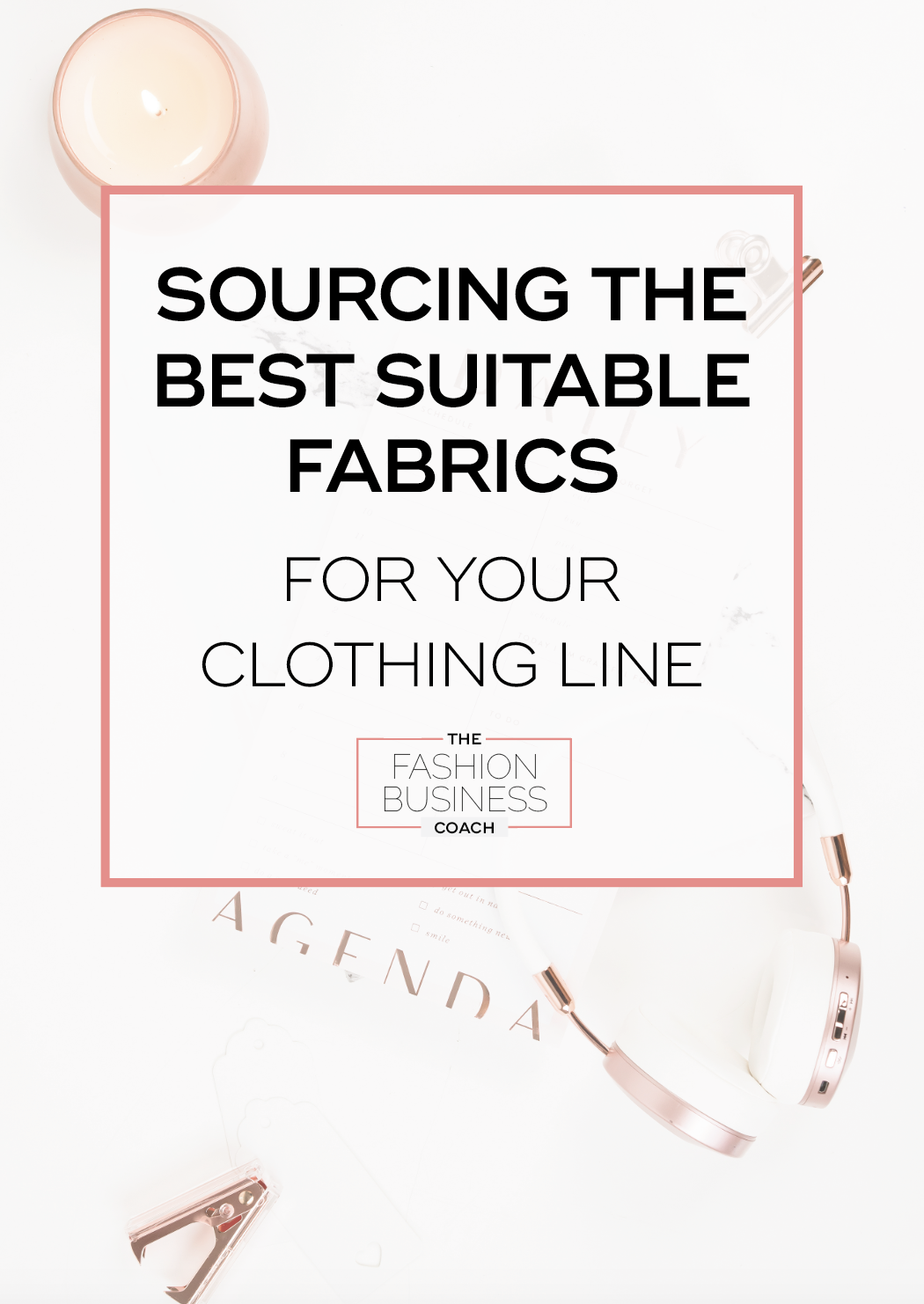
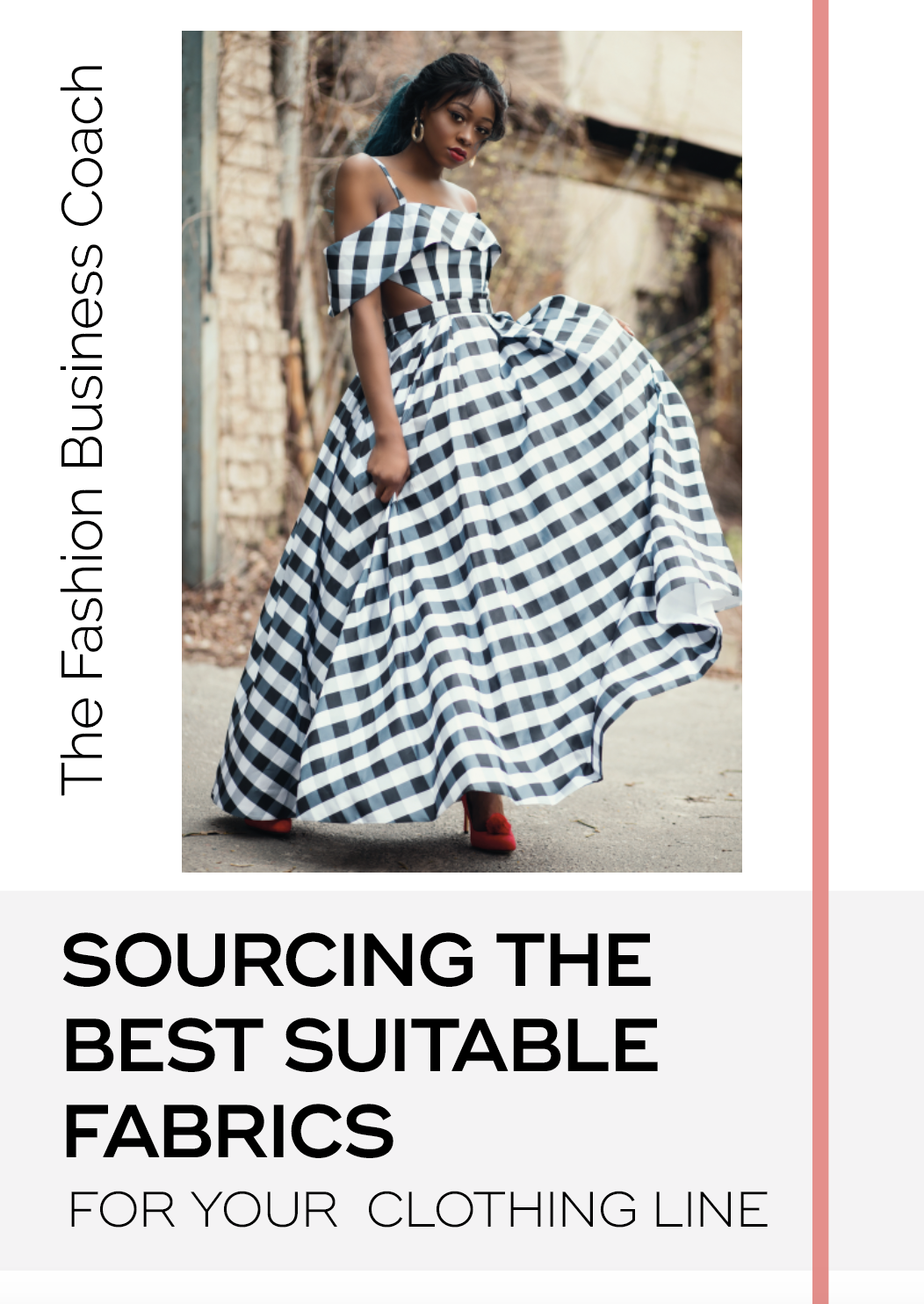
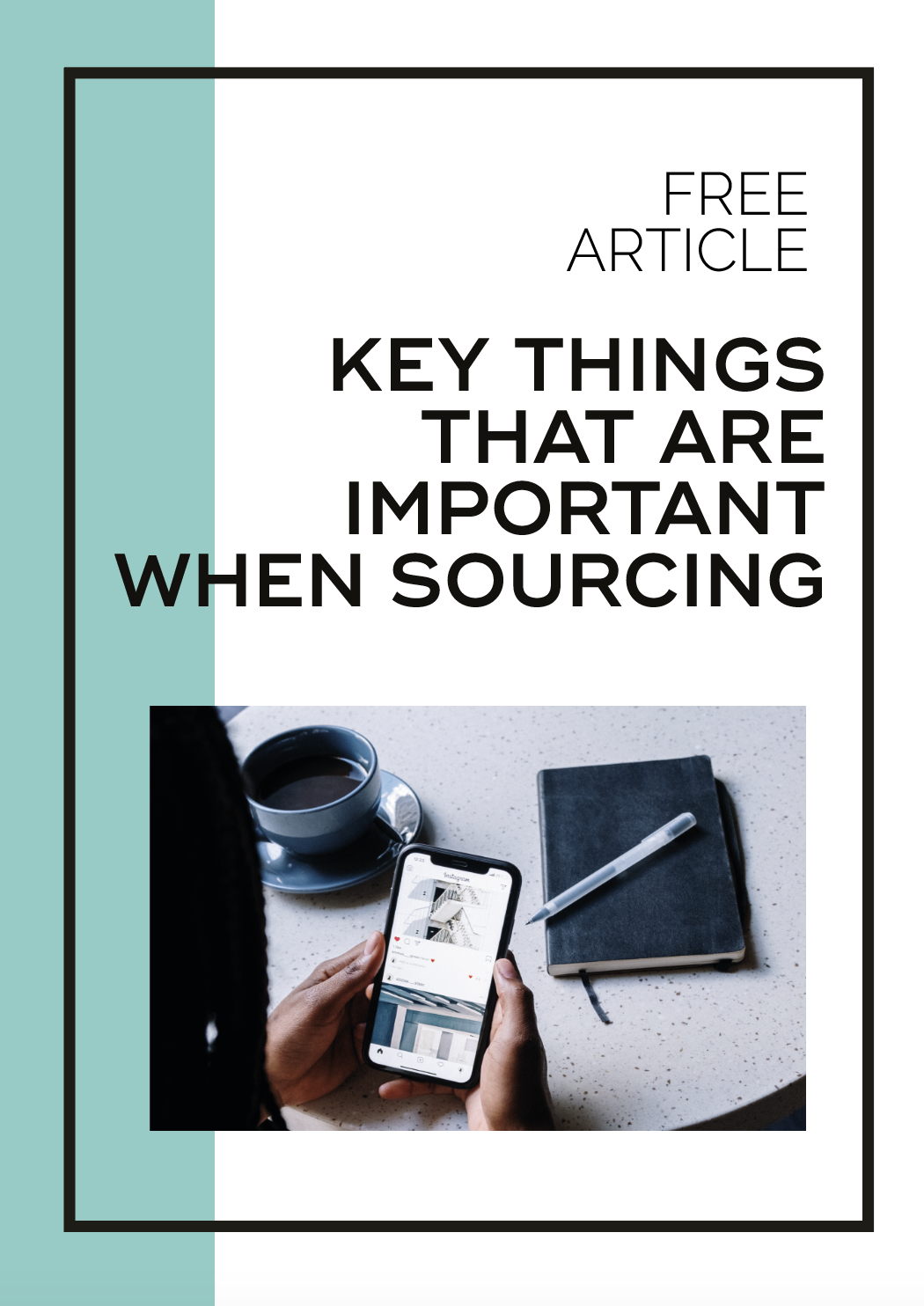
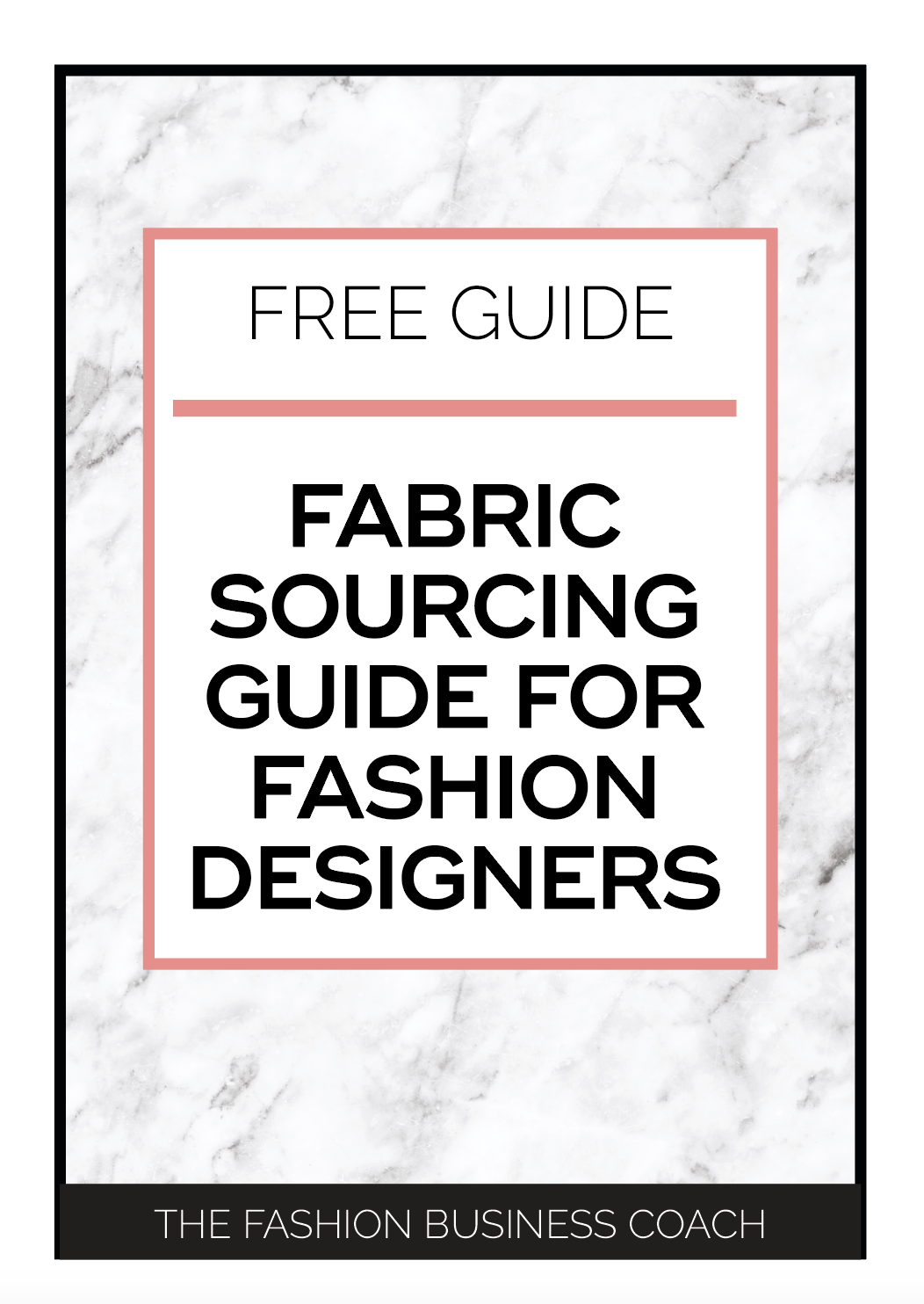
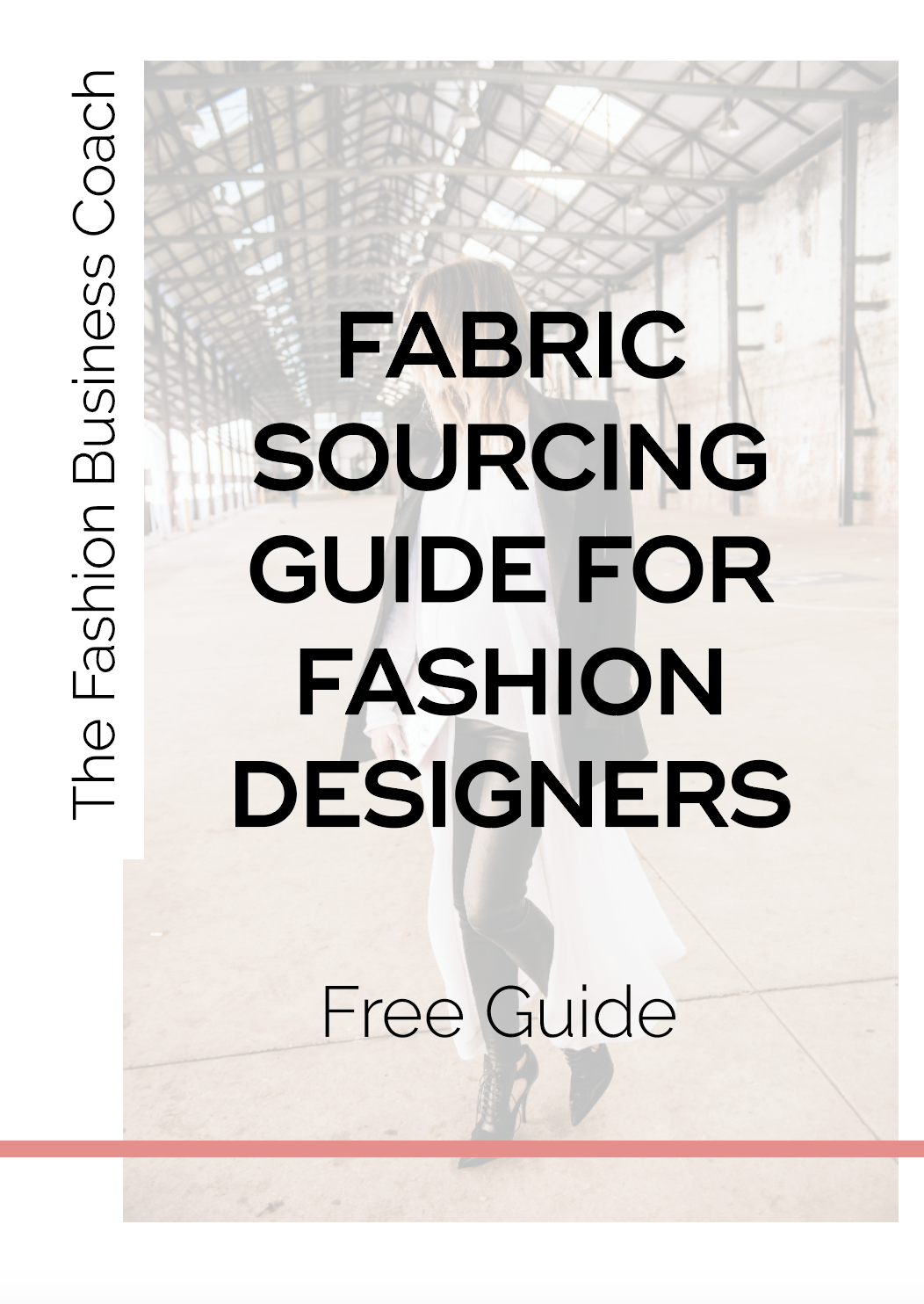
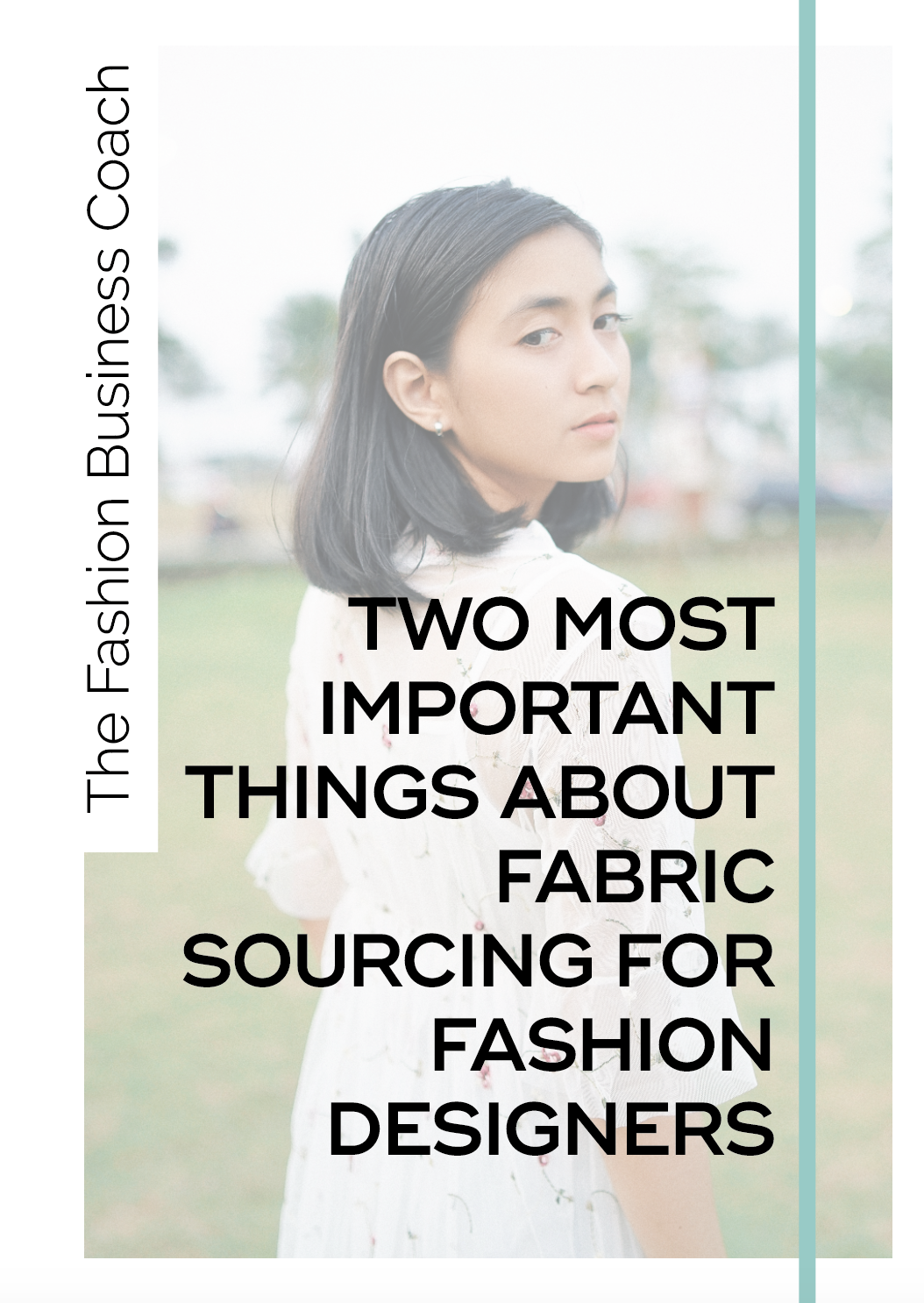
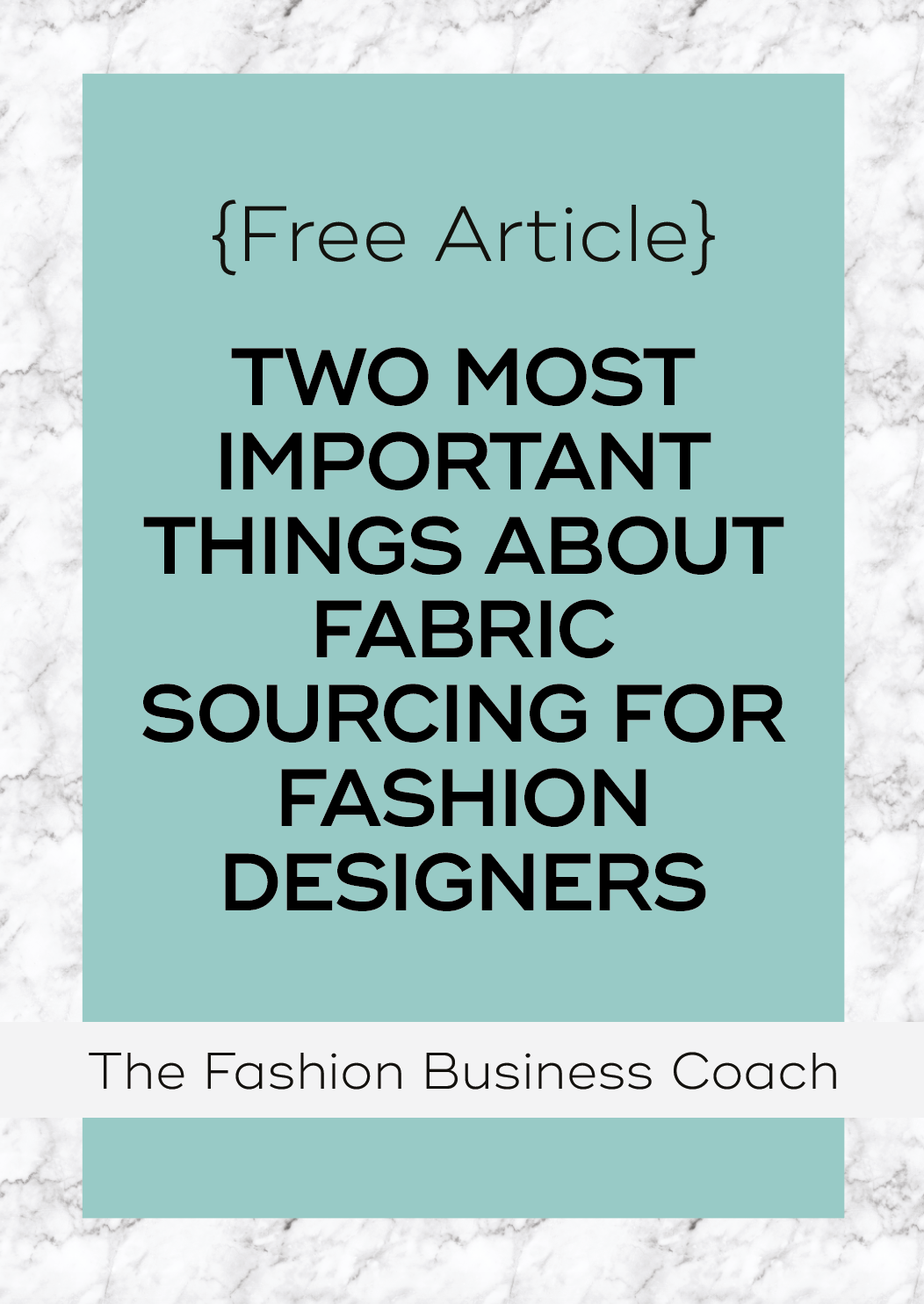
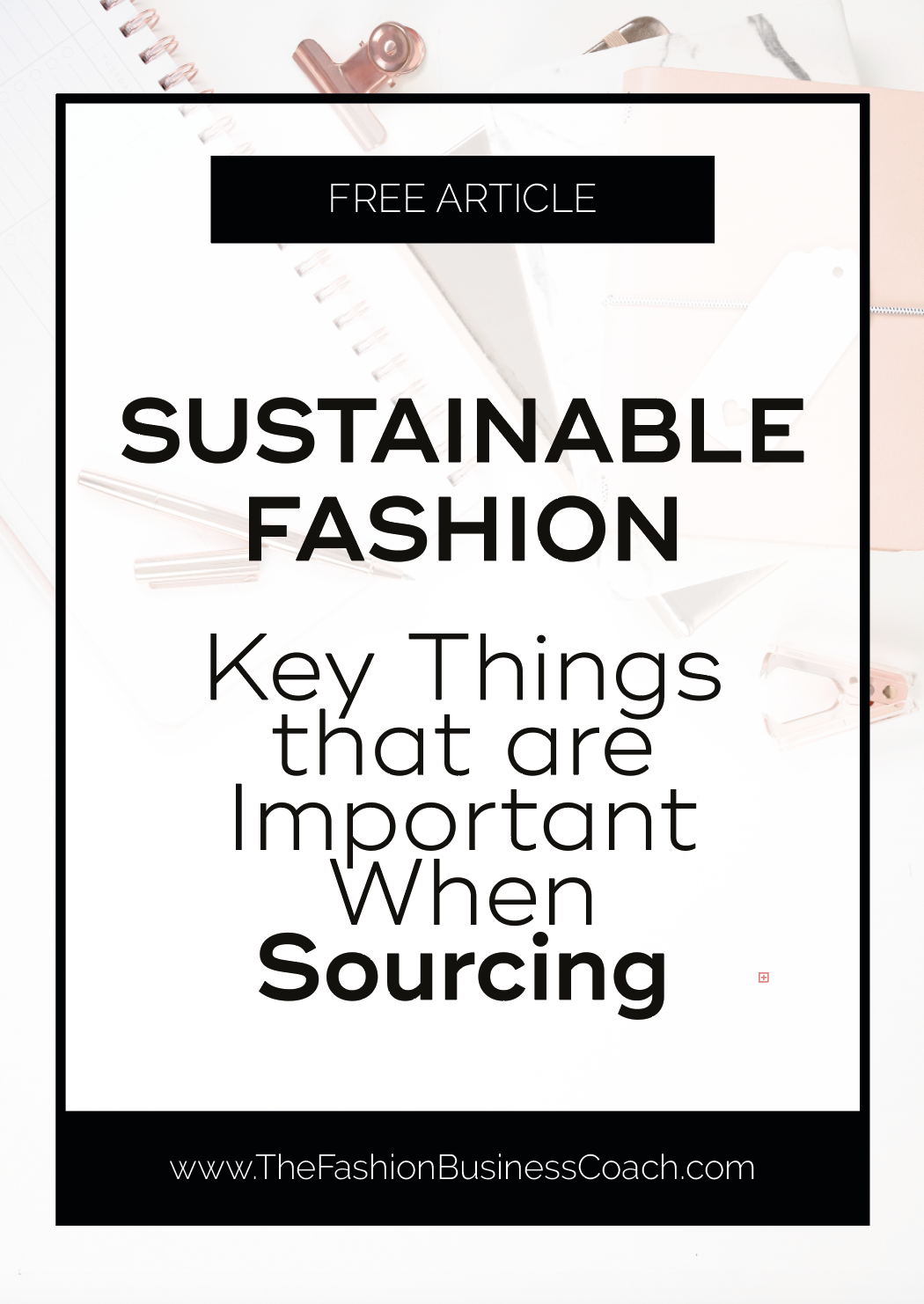





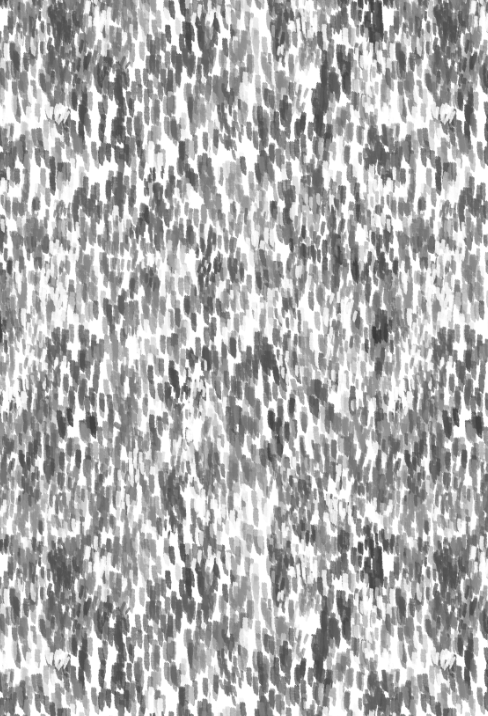





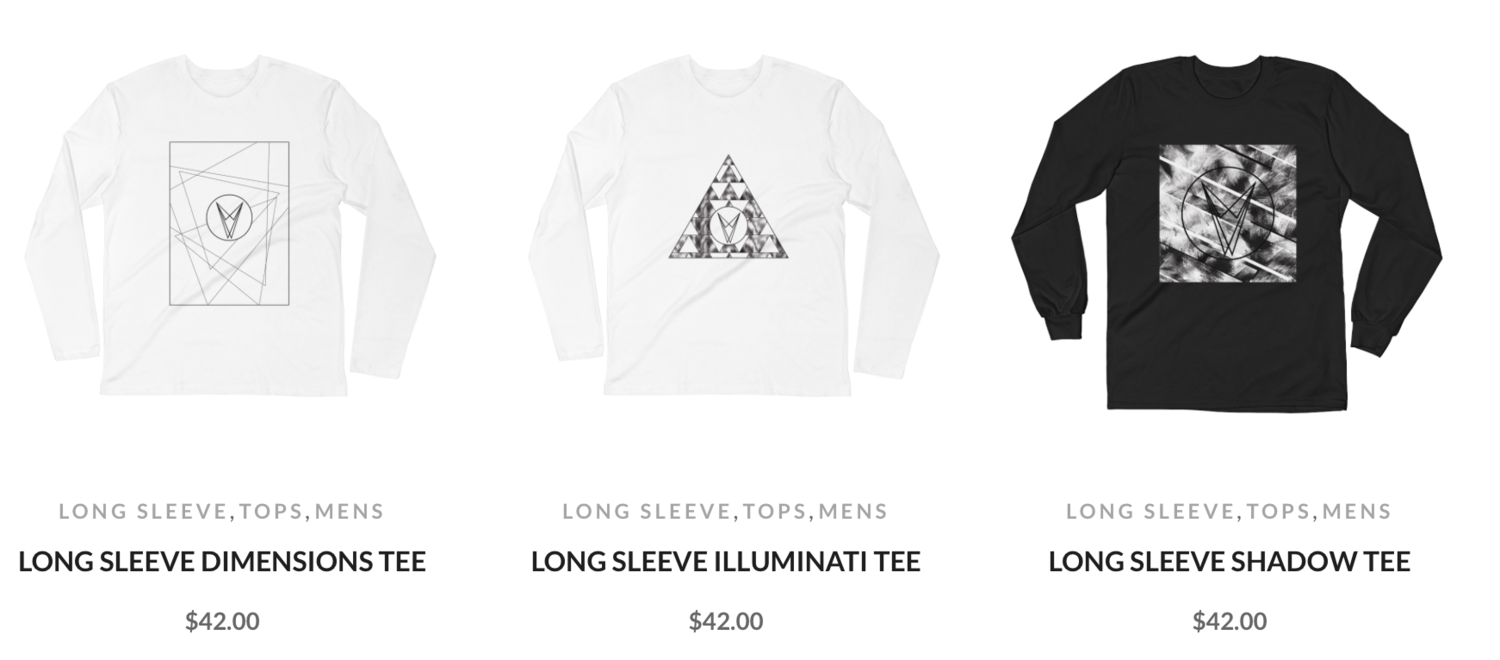






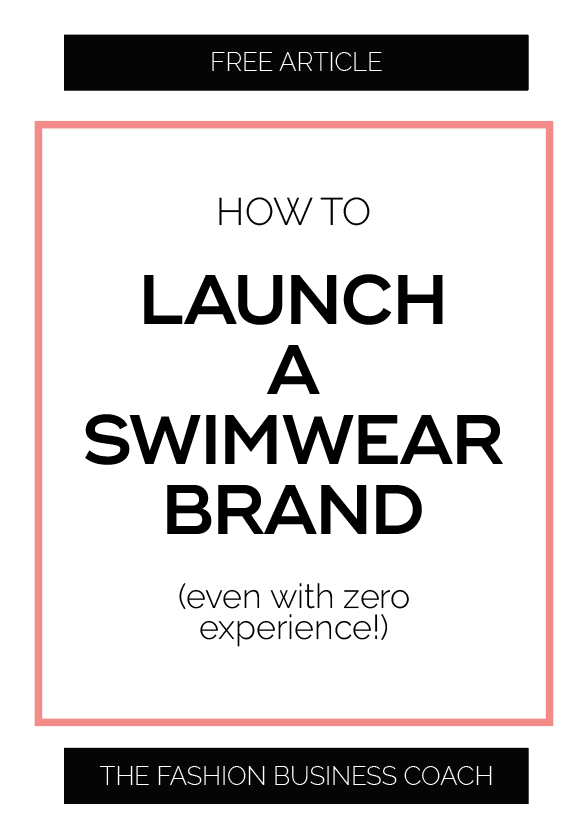
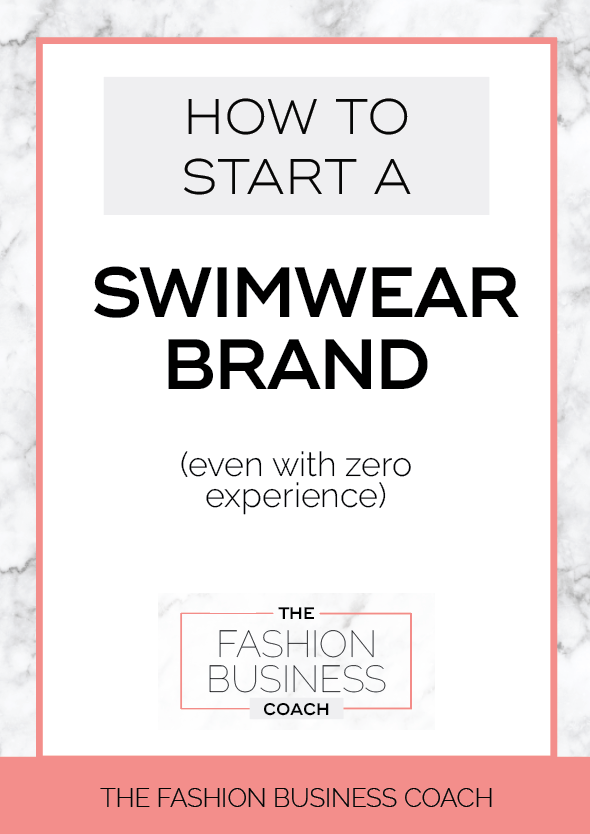
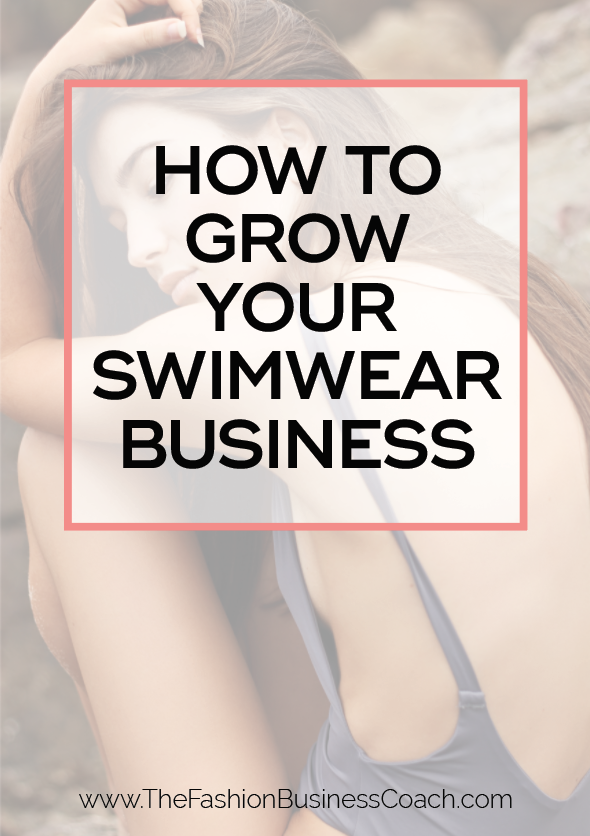
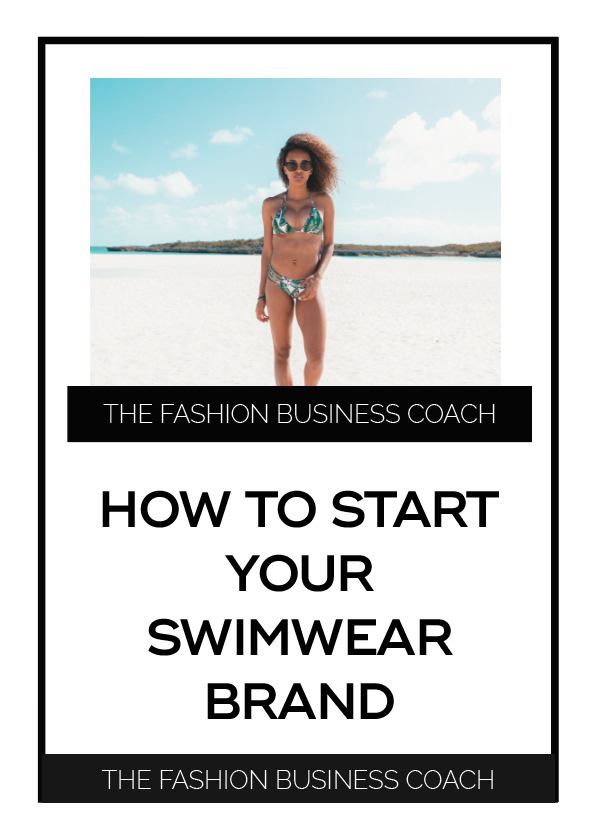
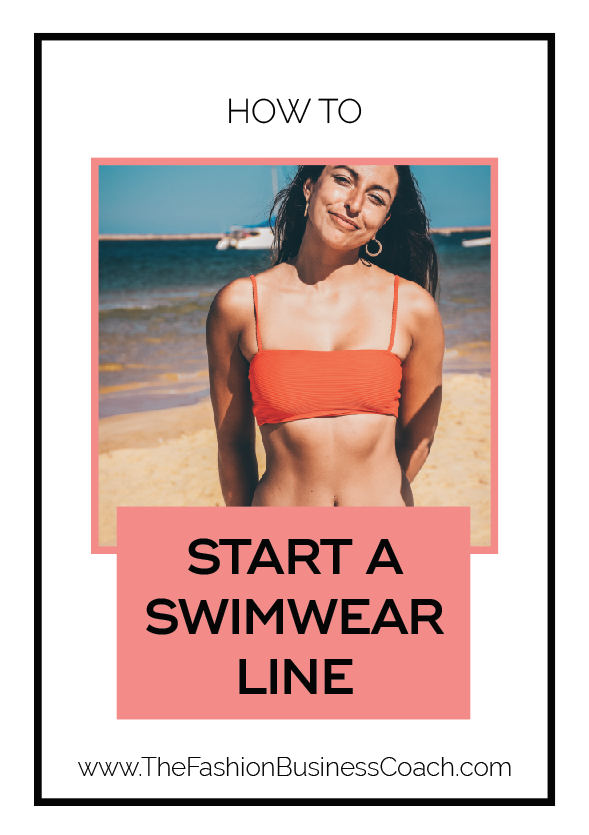
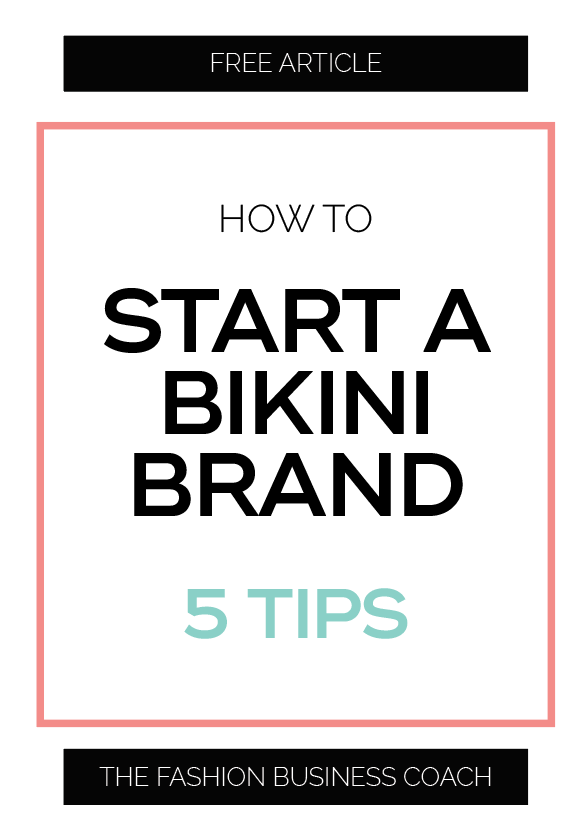
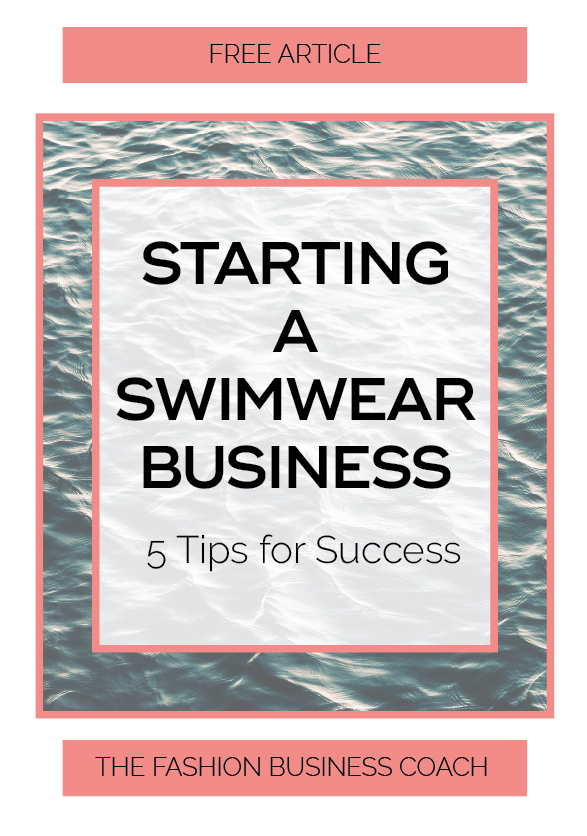


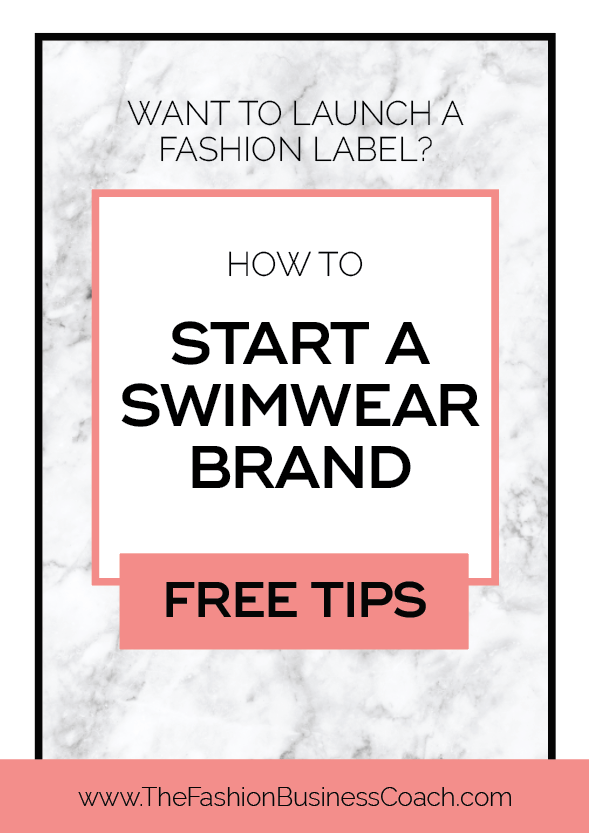




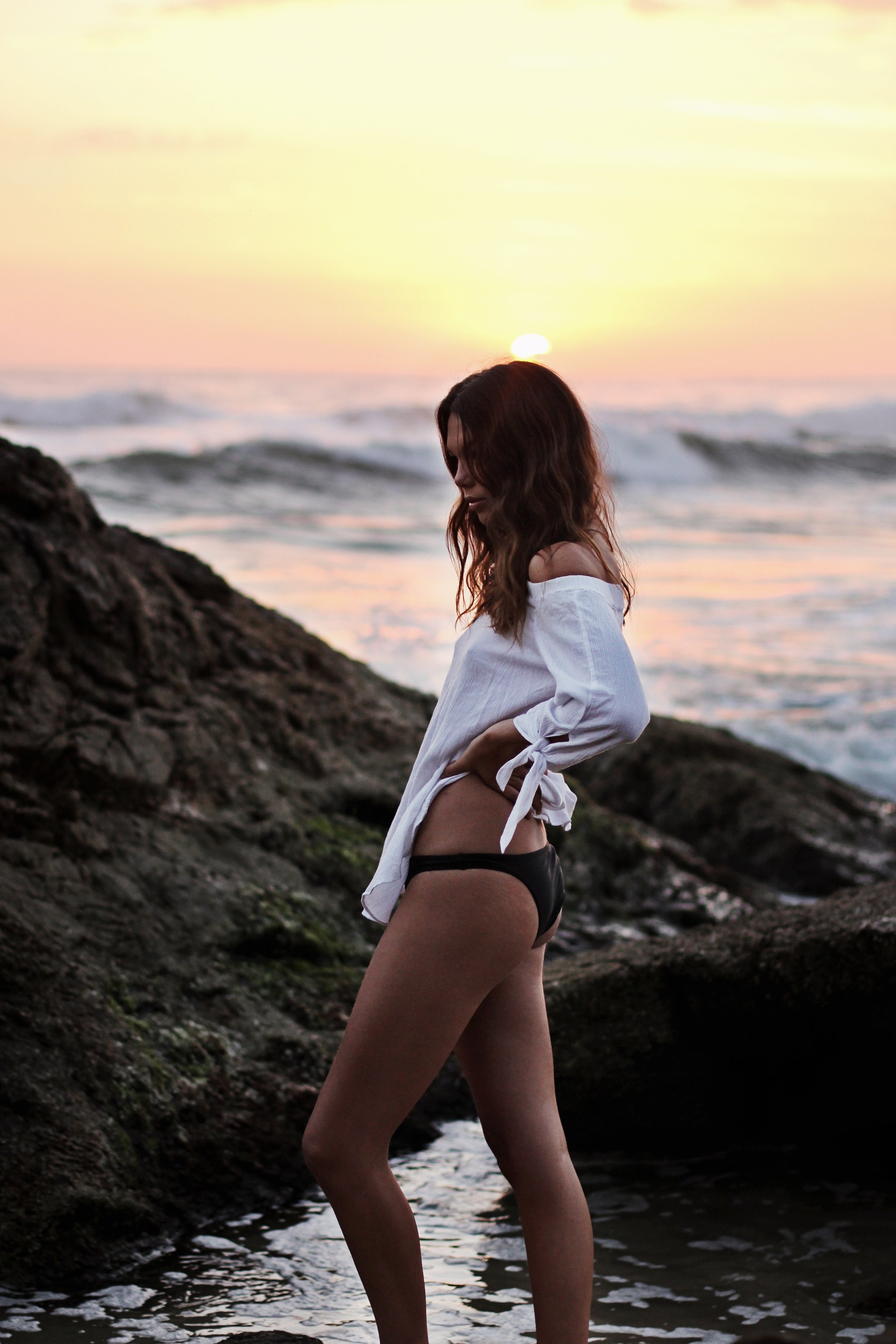



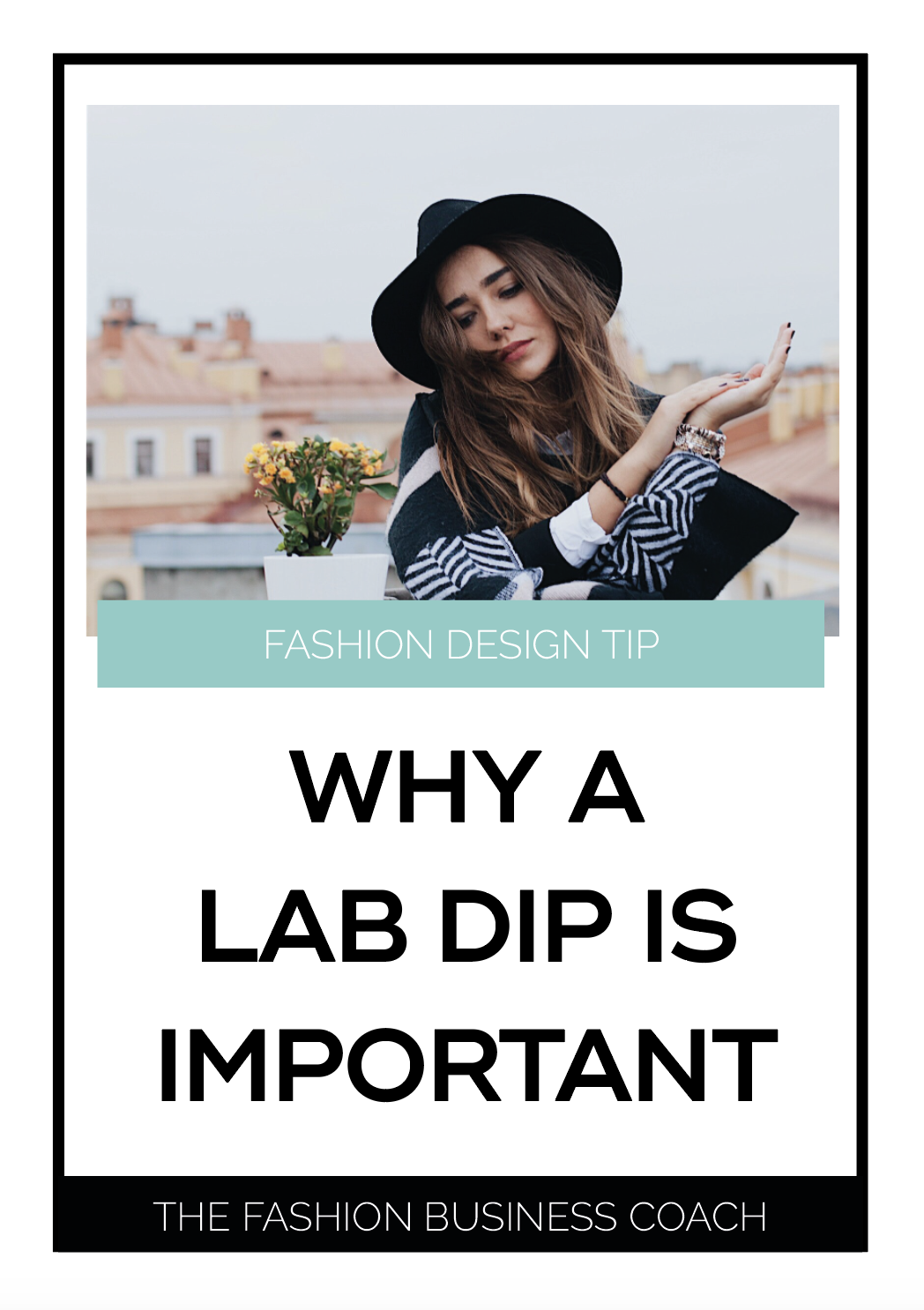
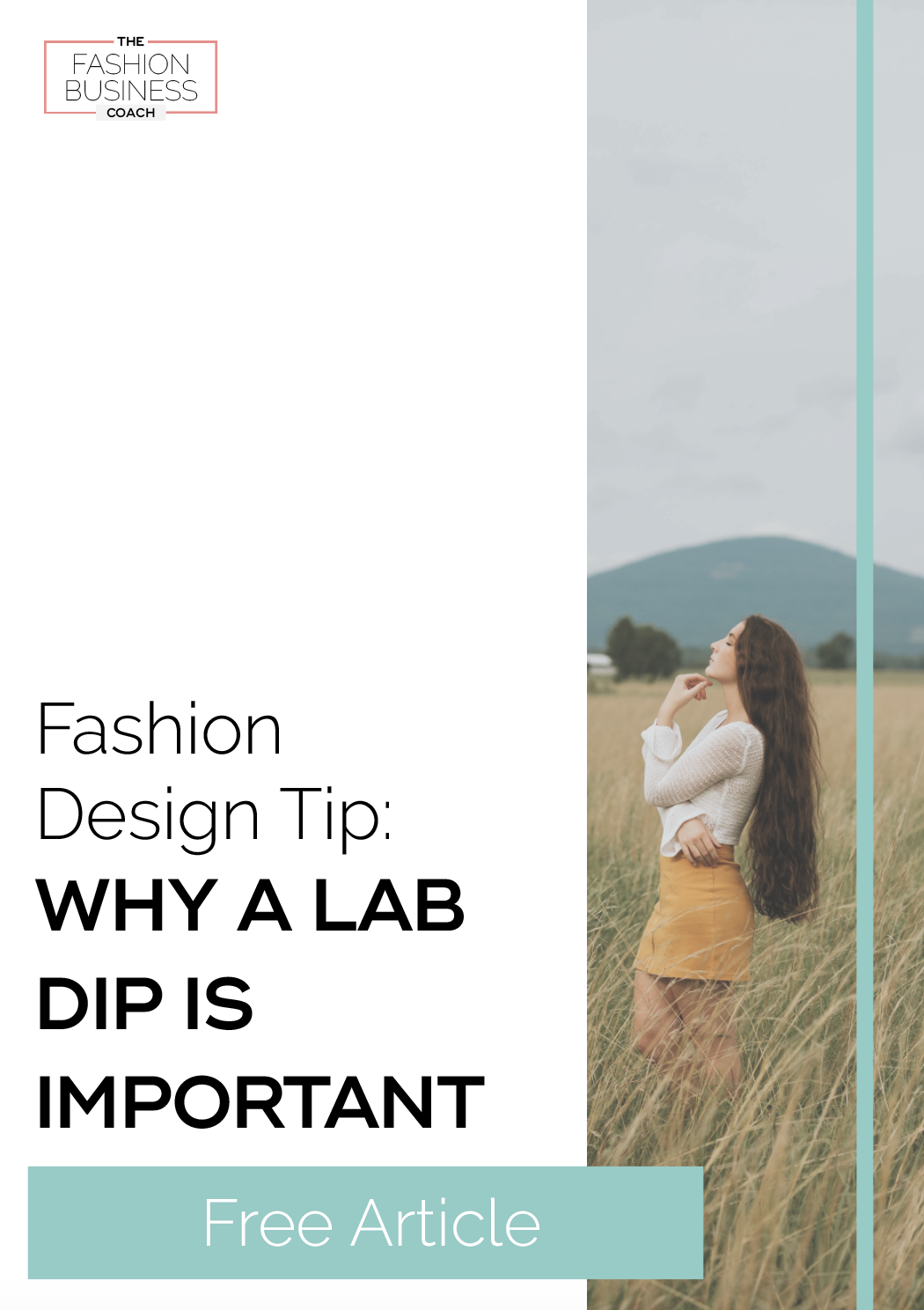
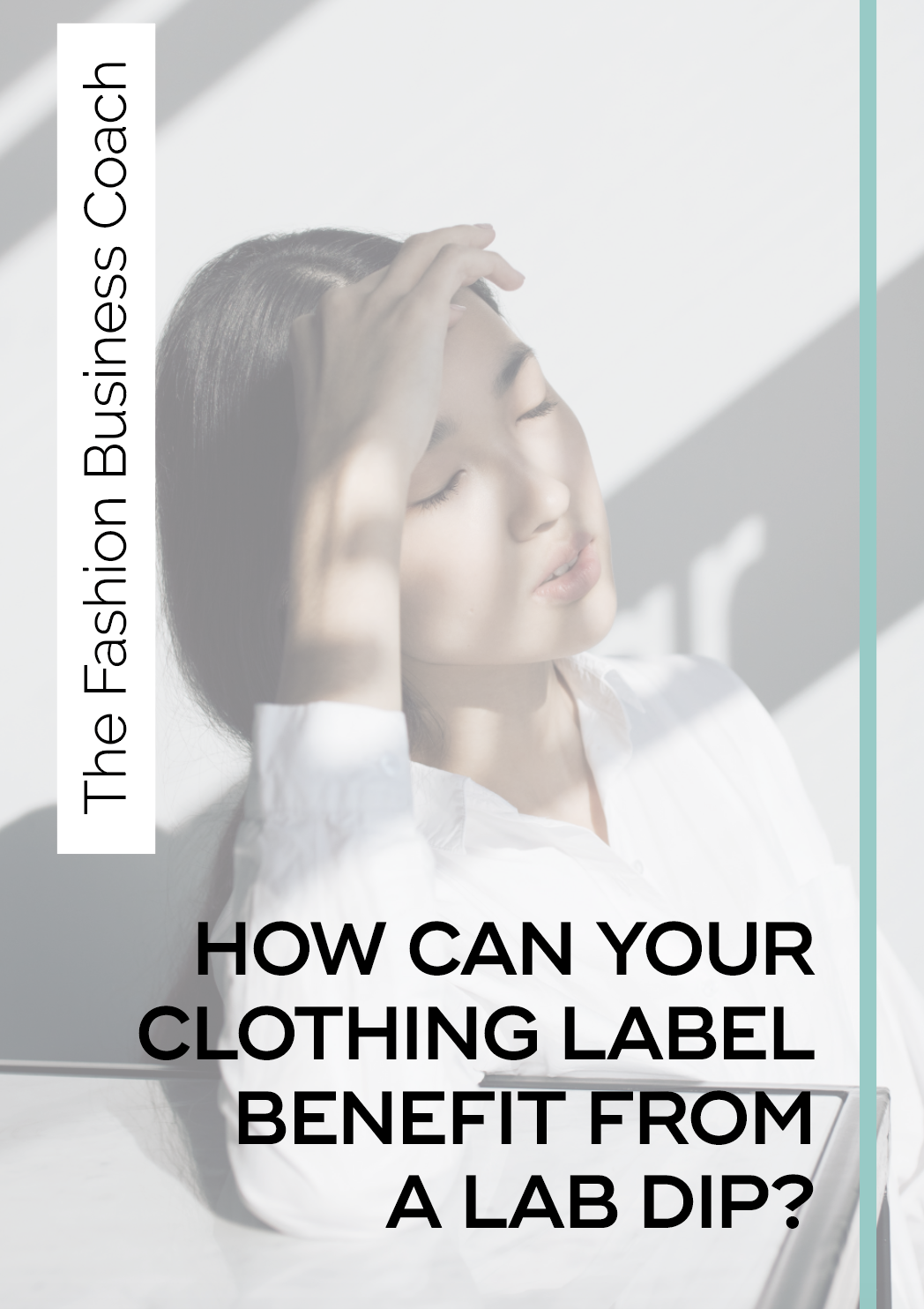
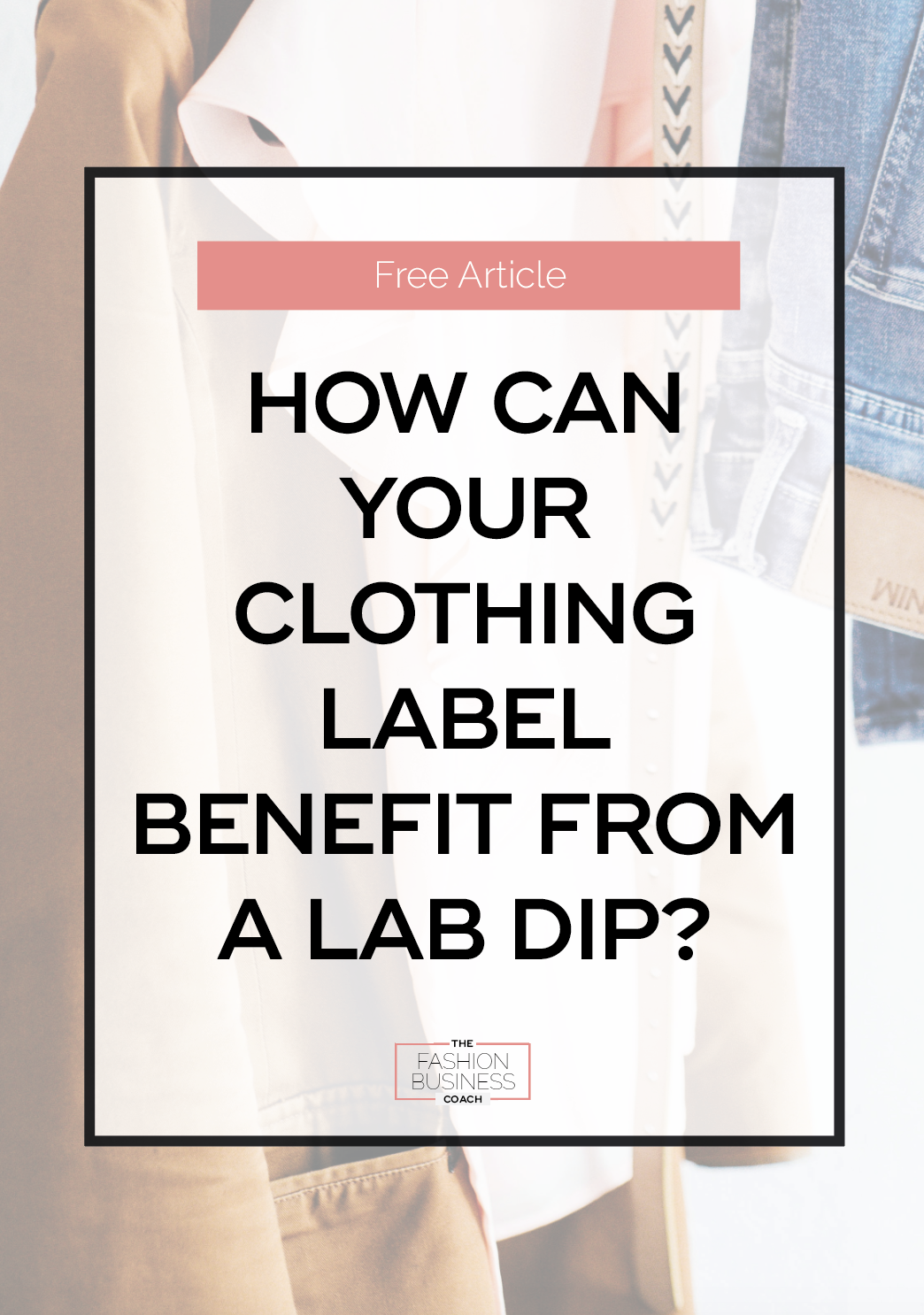
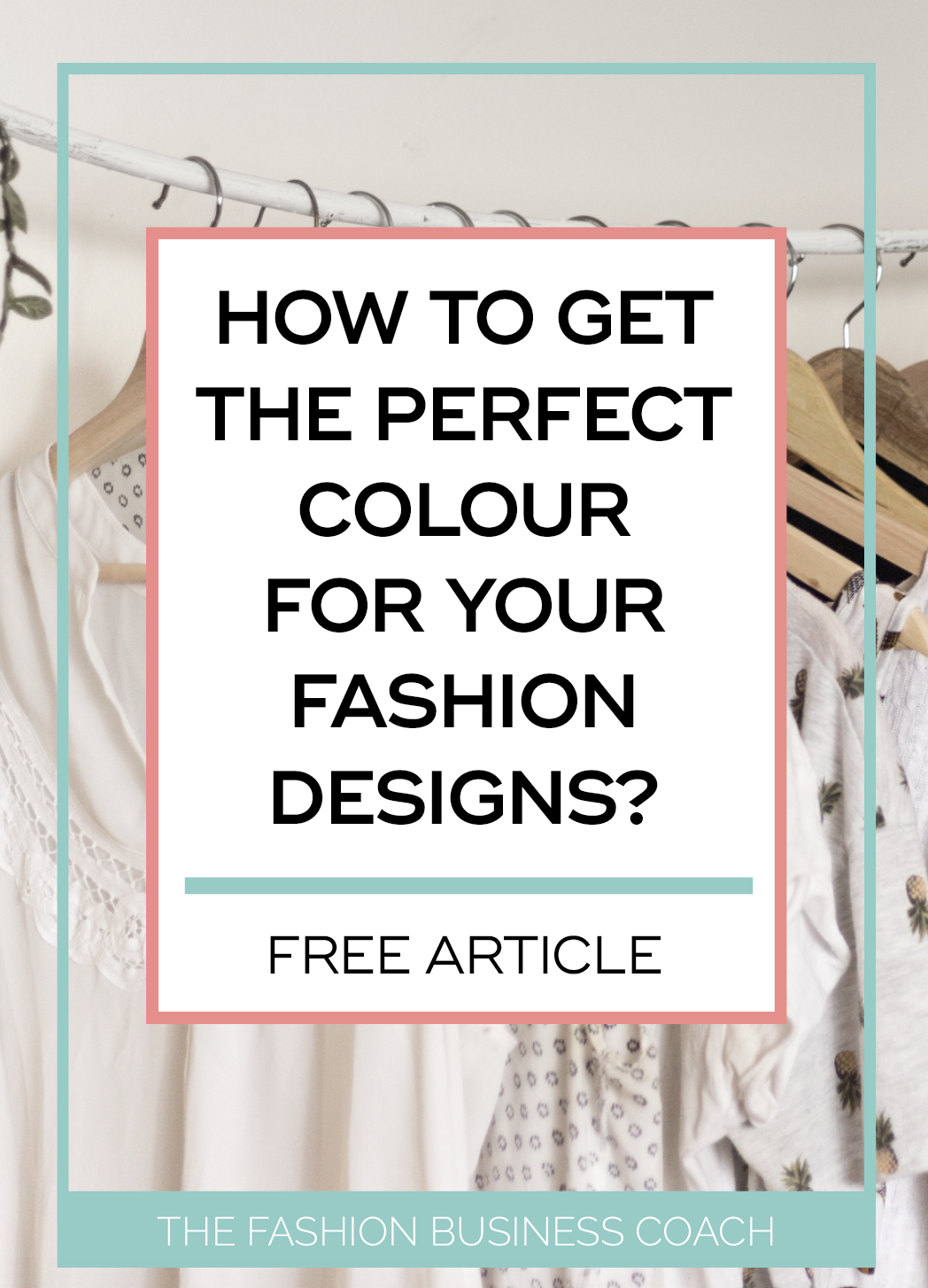
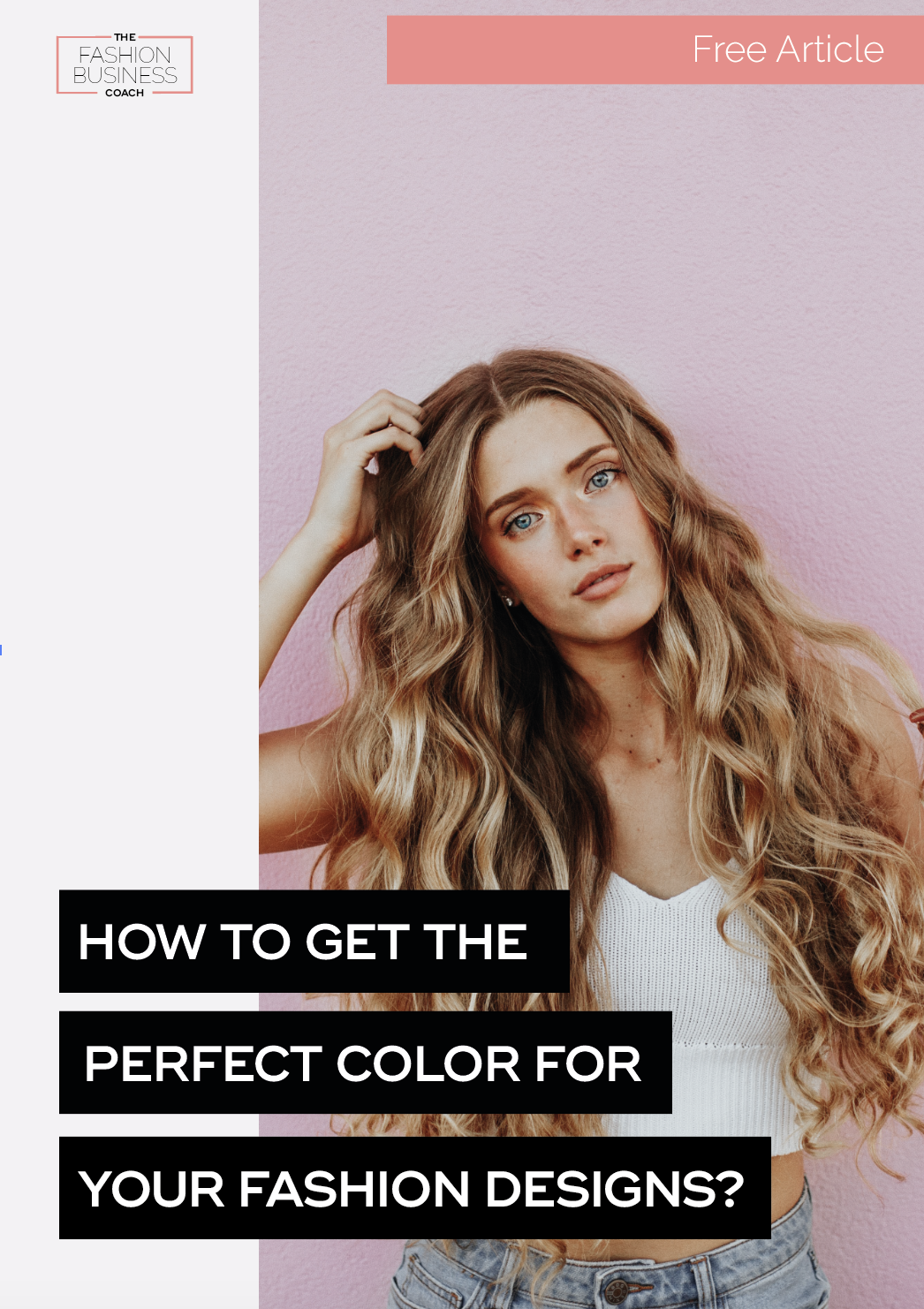
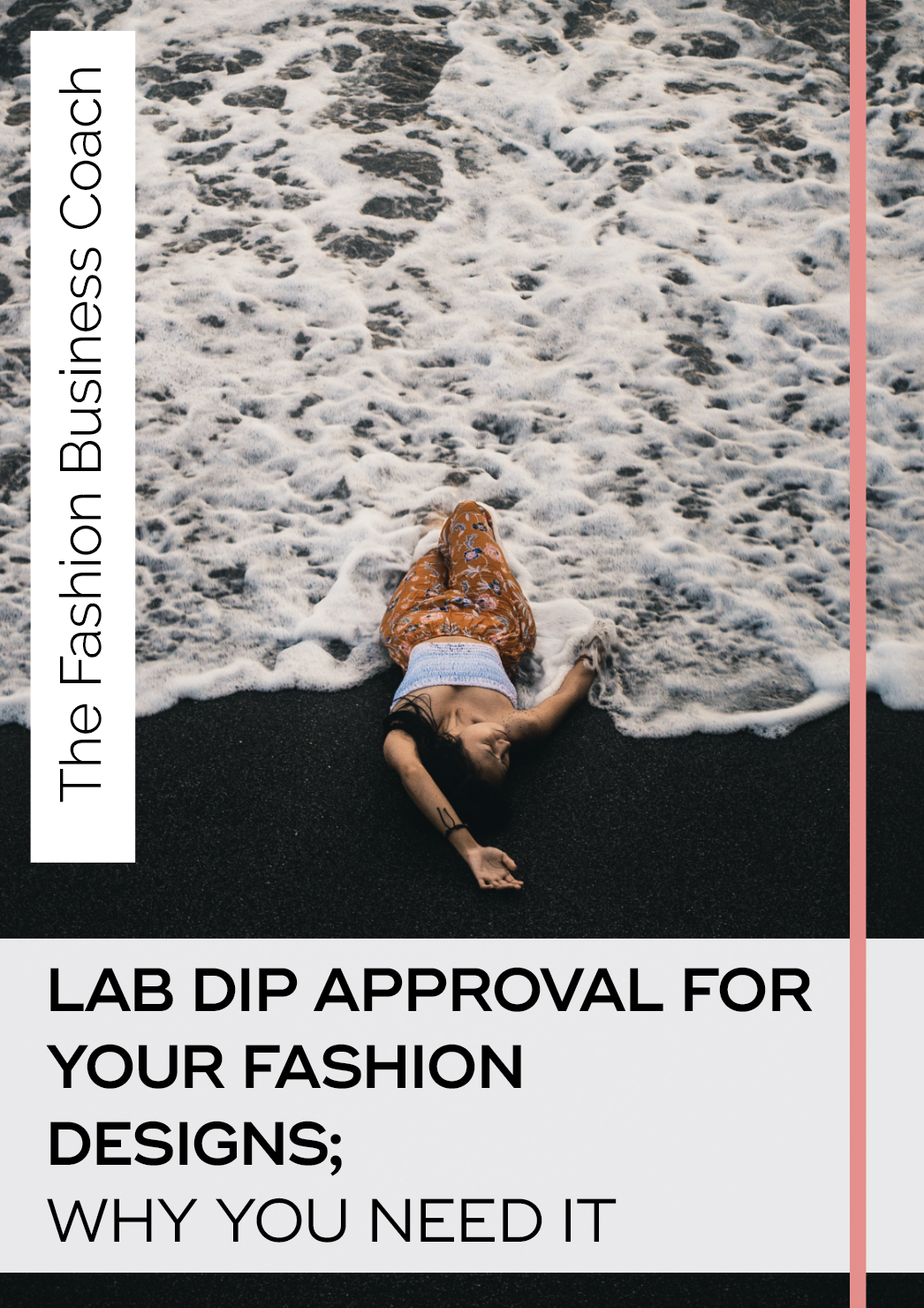
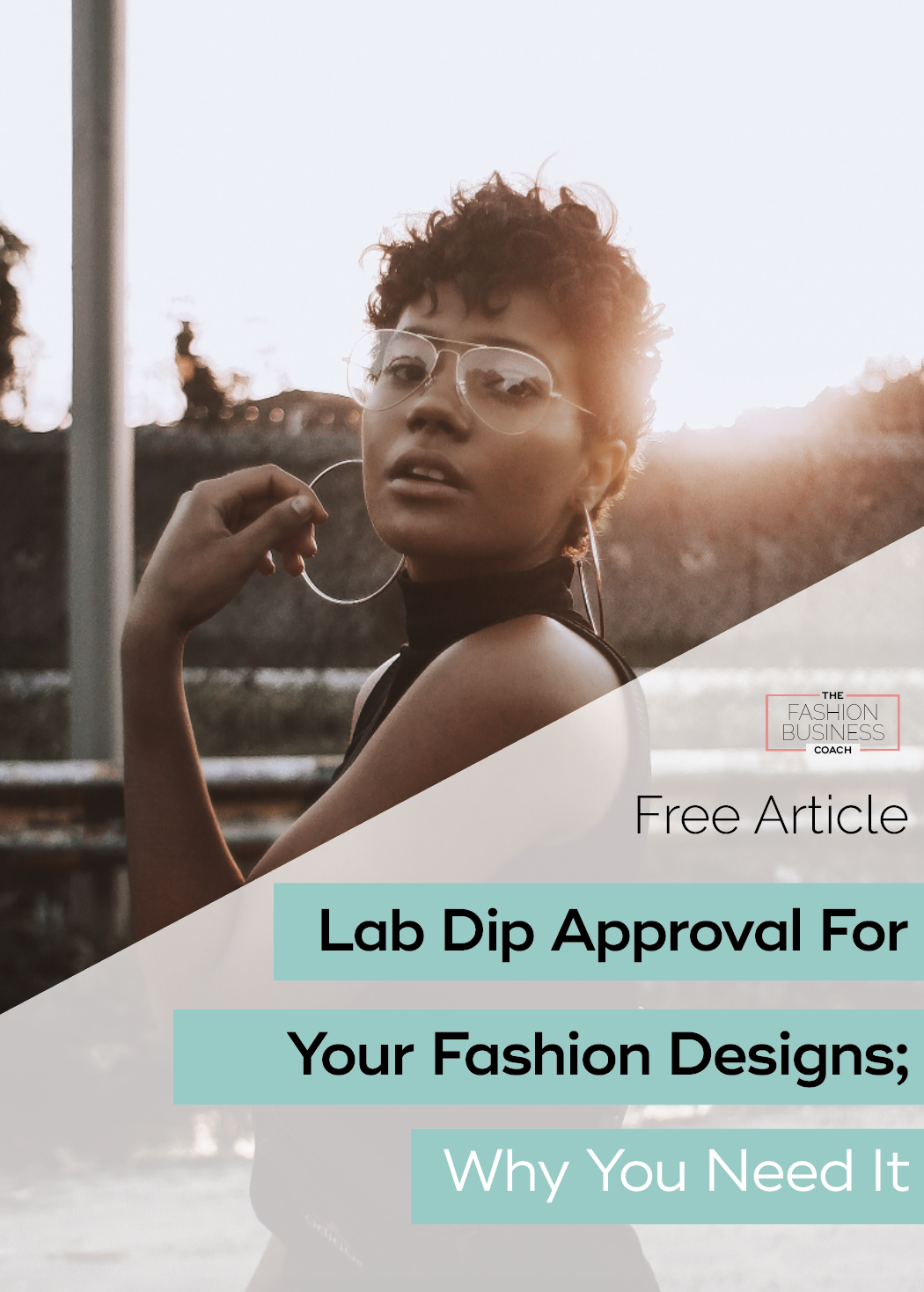
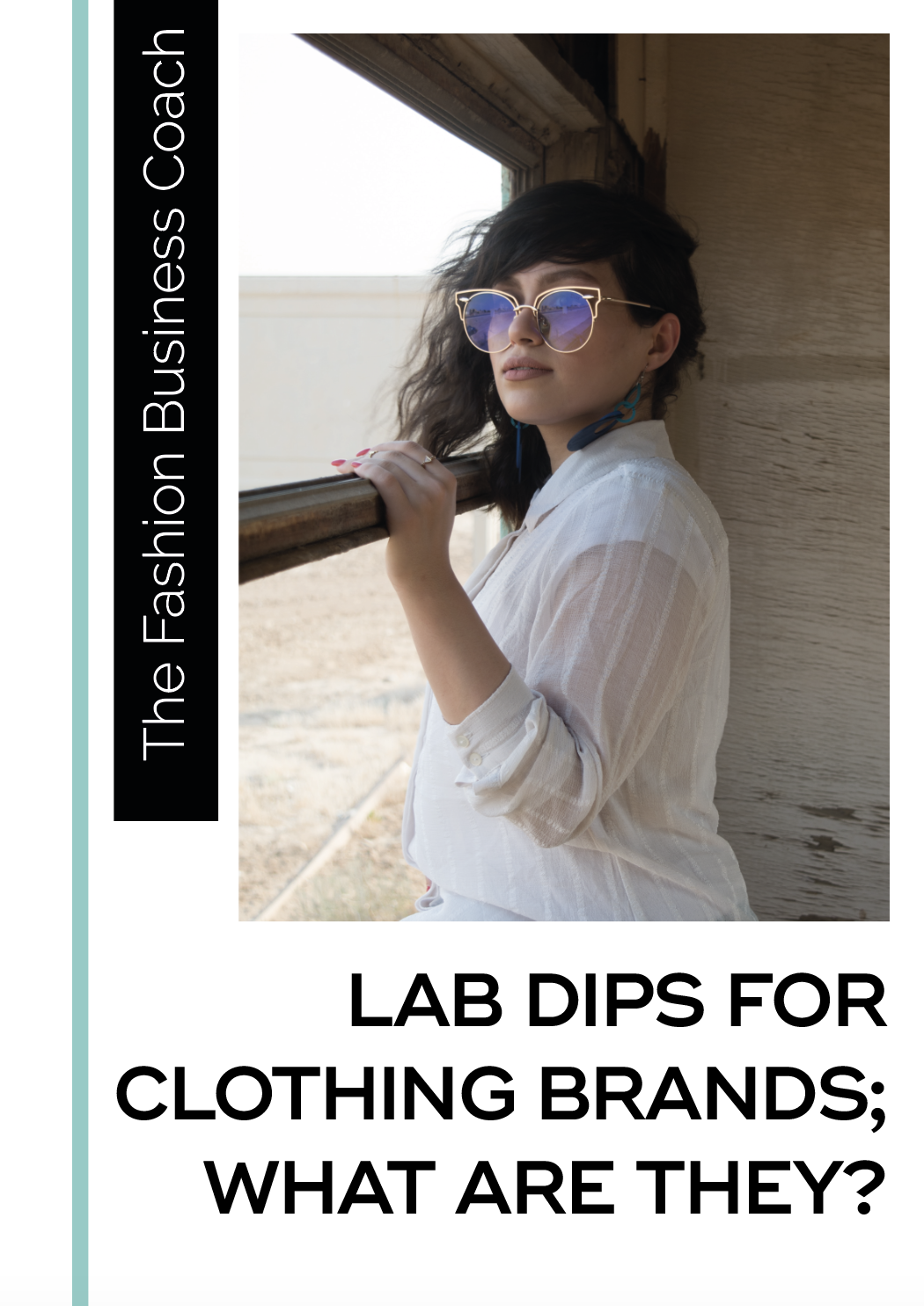
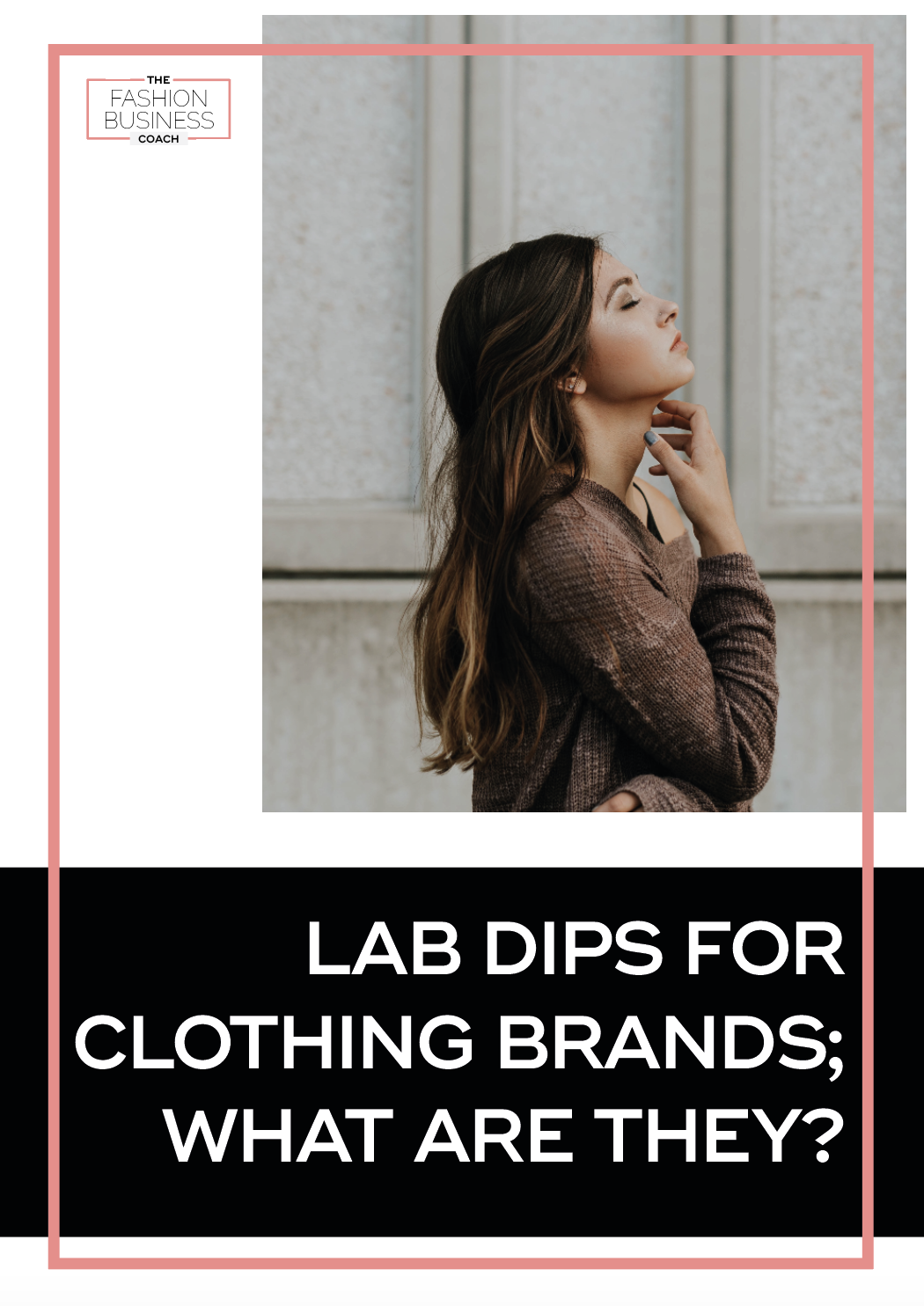







This Womenswear trend is inspired by the Wild West, but levelled up to a high end finish….